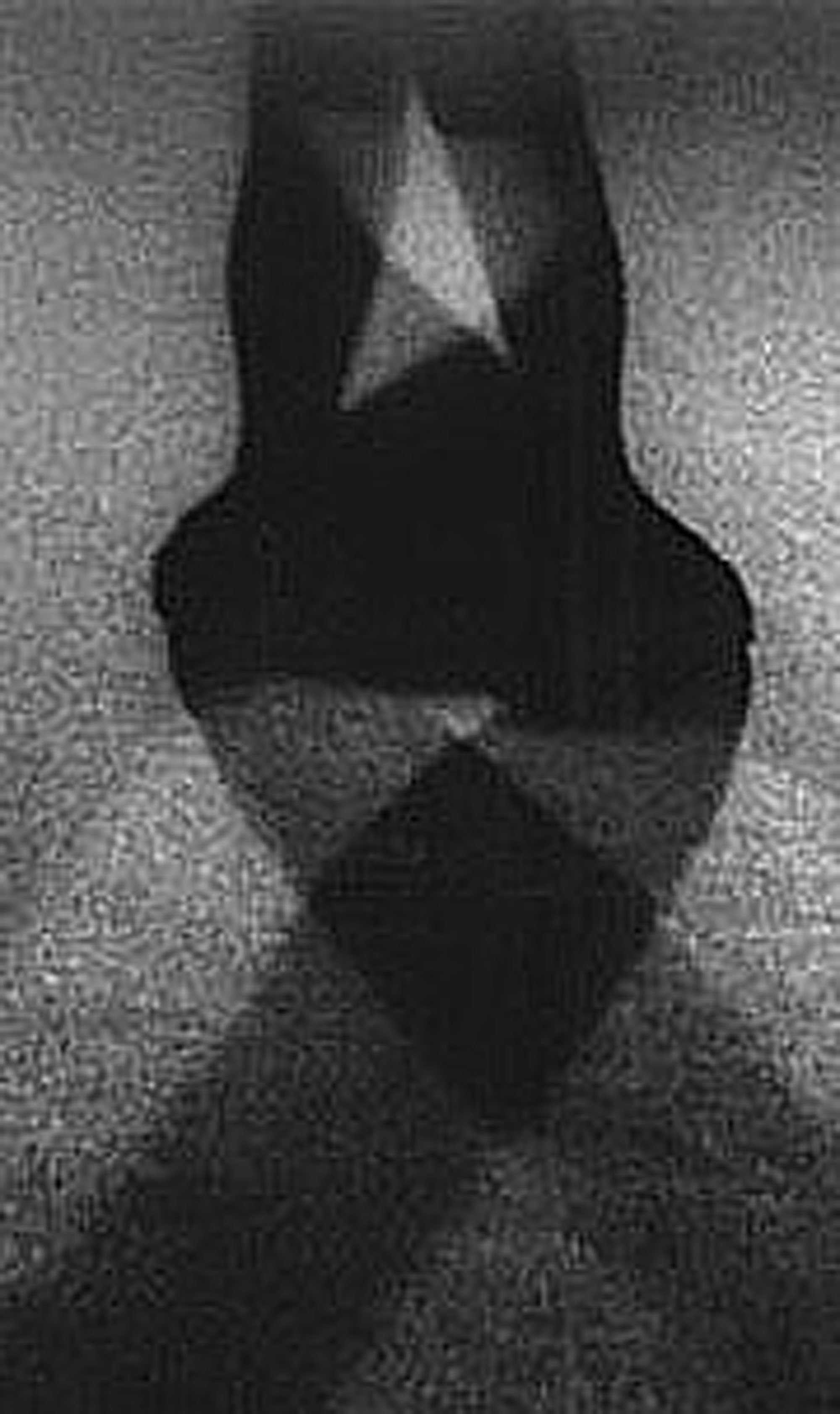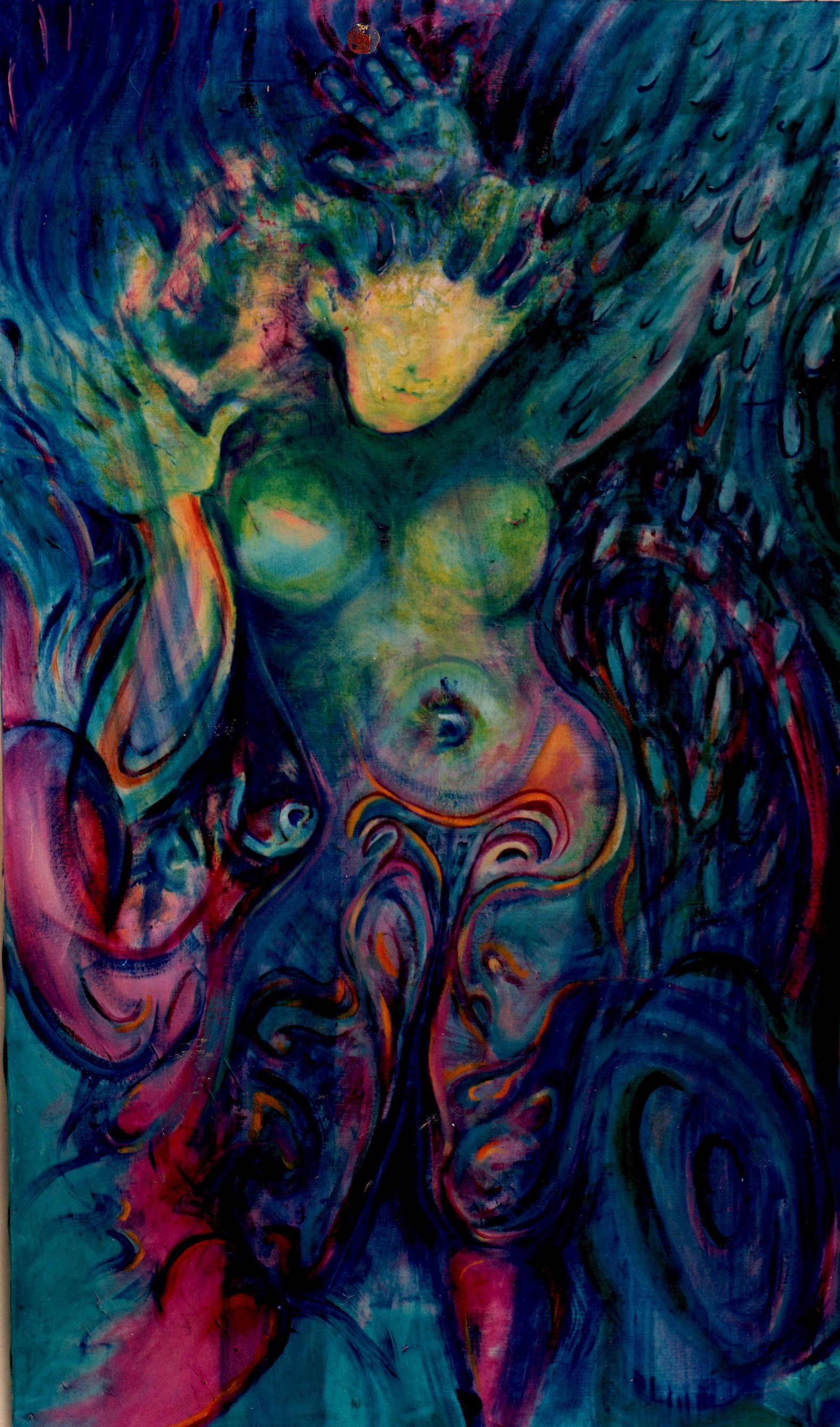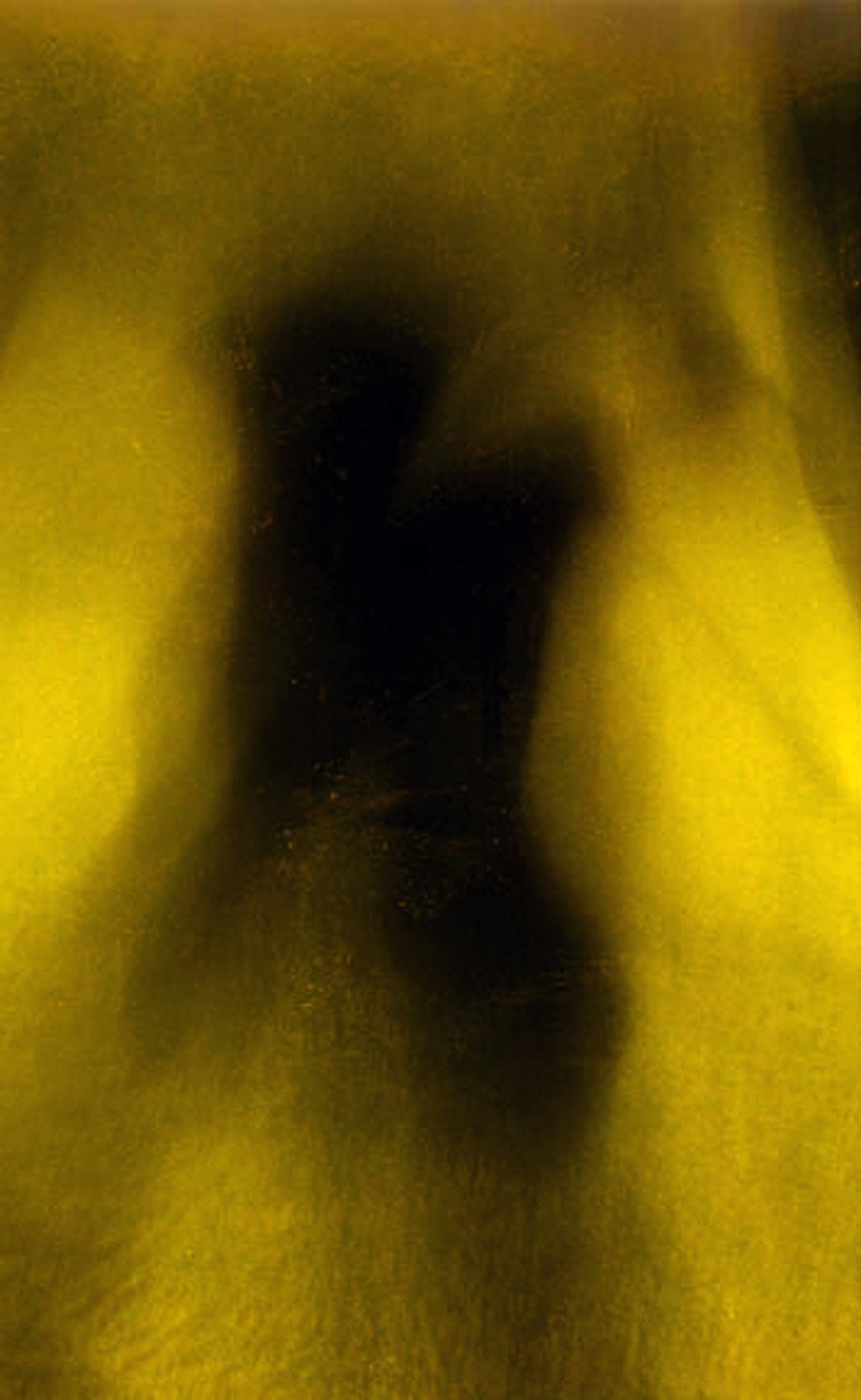Mourning the Dream: Amor Fati. An Illustrated Mythopoetic Inquiry
” I wholeheartedly recommend this book to all. In fact, it reminds me of Christian Gaillard's work The Soul of Art. Susanna Ruebsaat’s book is an exceptional blend of art, image, and meaning."
—David H. Rosen, author of Transforming Depression: Healing the Soul through Creativity
What was the dream?
Where and when did I lose it?
Is its mourning complete?
Will it ever be complete?
Did I really lose the dream?
To whom or what did I believe I lost it?
Is it possible to find it again?
These questions offer the structure and nature of myth. They are the myth. Every myth holds loss. Loss is often the beginning of a myth, the events that form the very substance and structure of myth: The fairy tale that takes us deep into the forest of life where we are lost amongst those trees whose roots reach to the core of our being.
Everyone has a tale. What is rare is the courage to follow this tale to the dark place it leads us to. Shadowlands. Descent. Abduction from ‘reality’. Depth Psychology is interested in Psyche's story after the descent.
The inner figure of the blind victim, the one that has the power to withstand the dark pull of the archetypal dynamic of illness/wholeness, was particularly active for a long period of time after I initially lost my eyesight.
She kept looking for what I could not see, checking each eye over and over again separately, crying out in despair to the other eye to see if it could not grasp what this one could not. As a metaphor pointing to something not seen—shadow material not identified with—the soul of my blindness kept reaching out past her claustrophobic confinement to the blackness pressing in on her. She was relentless in her efforts to stay connected to the “not-me” that might help her learn how to see in another less literal way. I reflect now on how seeing and my sense of identity became symbiotic in that, what I could see I felt was still a part of me; I could still be whole. I still had a relationship with these parts of my experience. And what I could not see was lost to me forever vanished as if my very sense of myself was suddenly unavailable, absent. Dead.
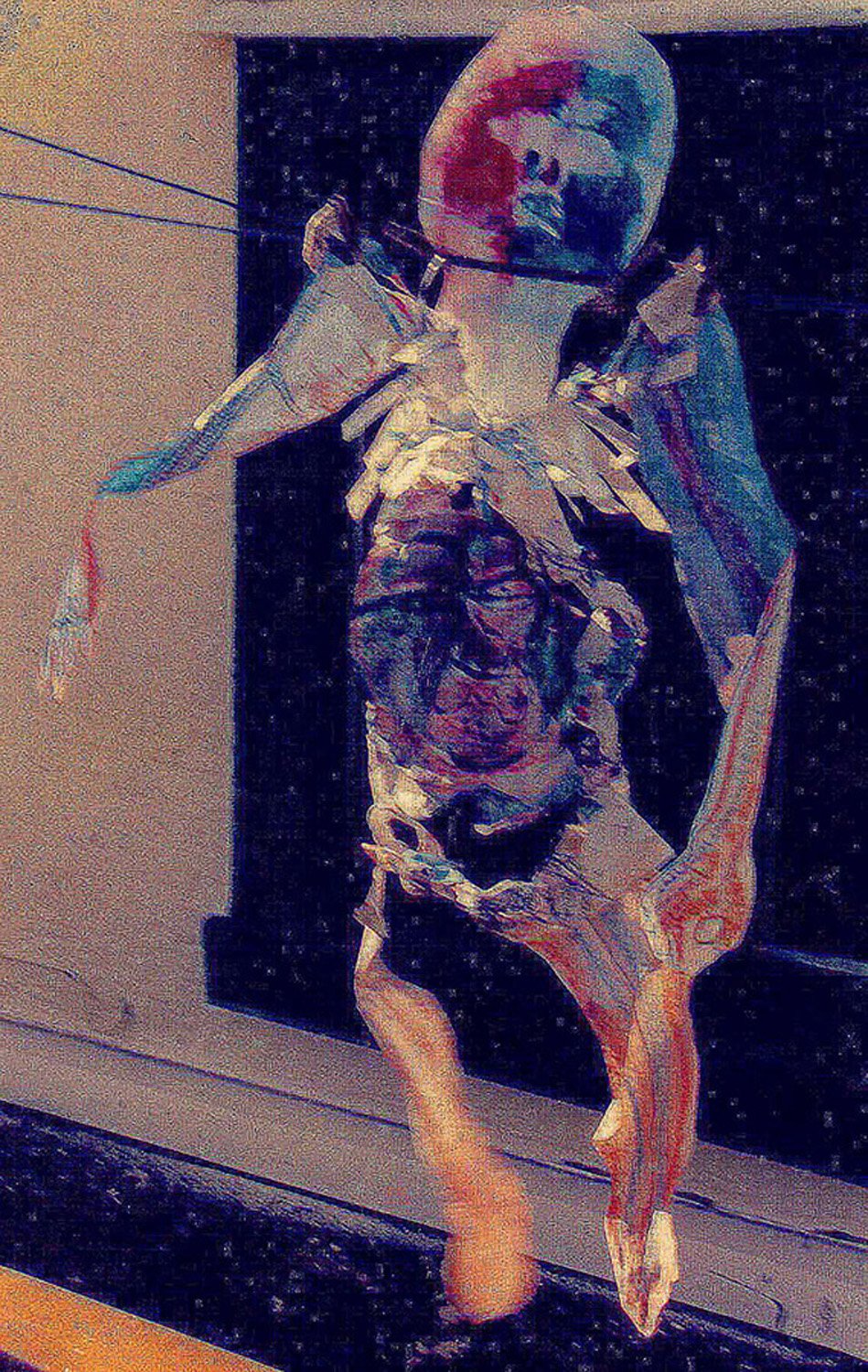
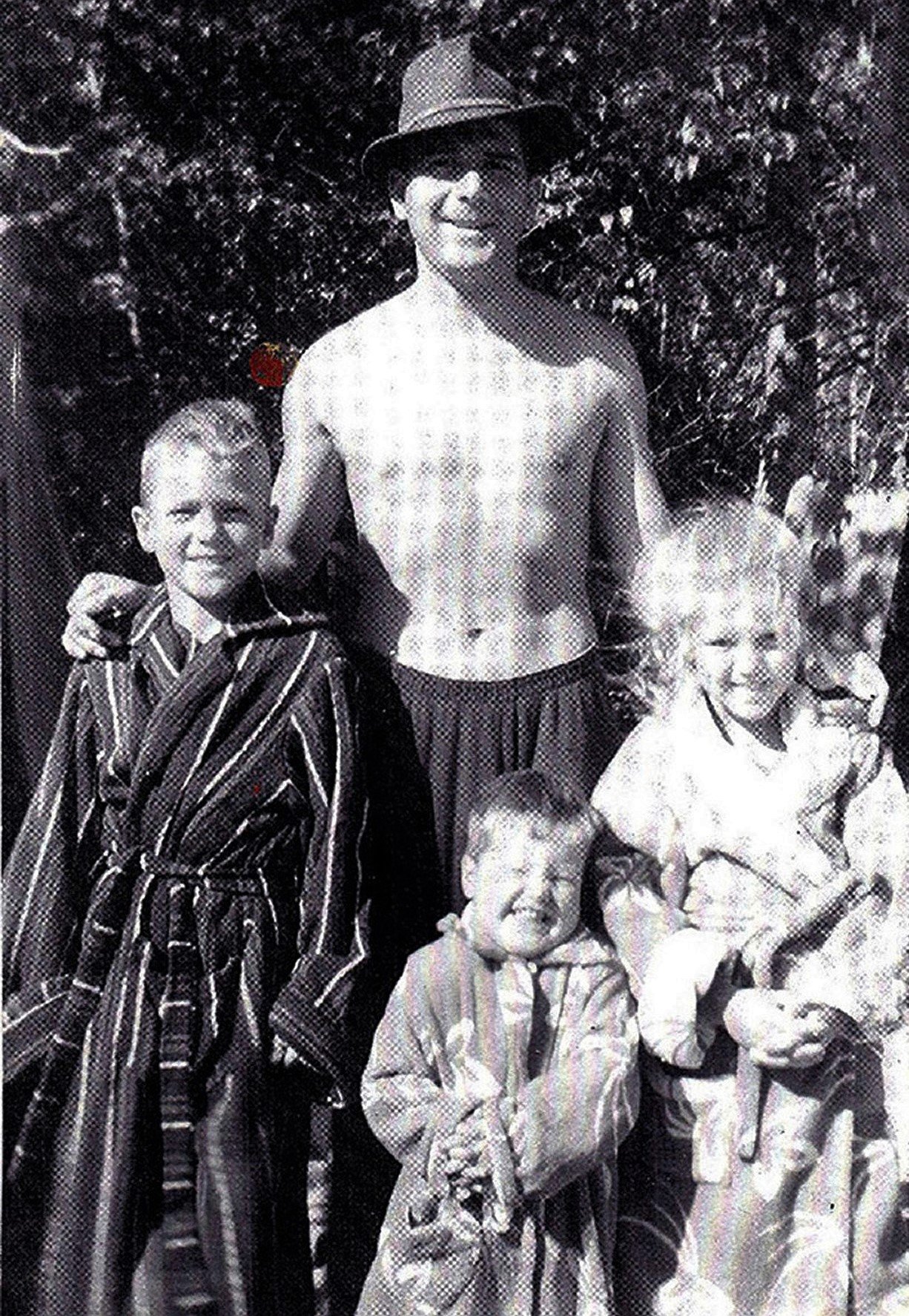
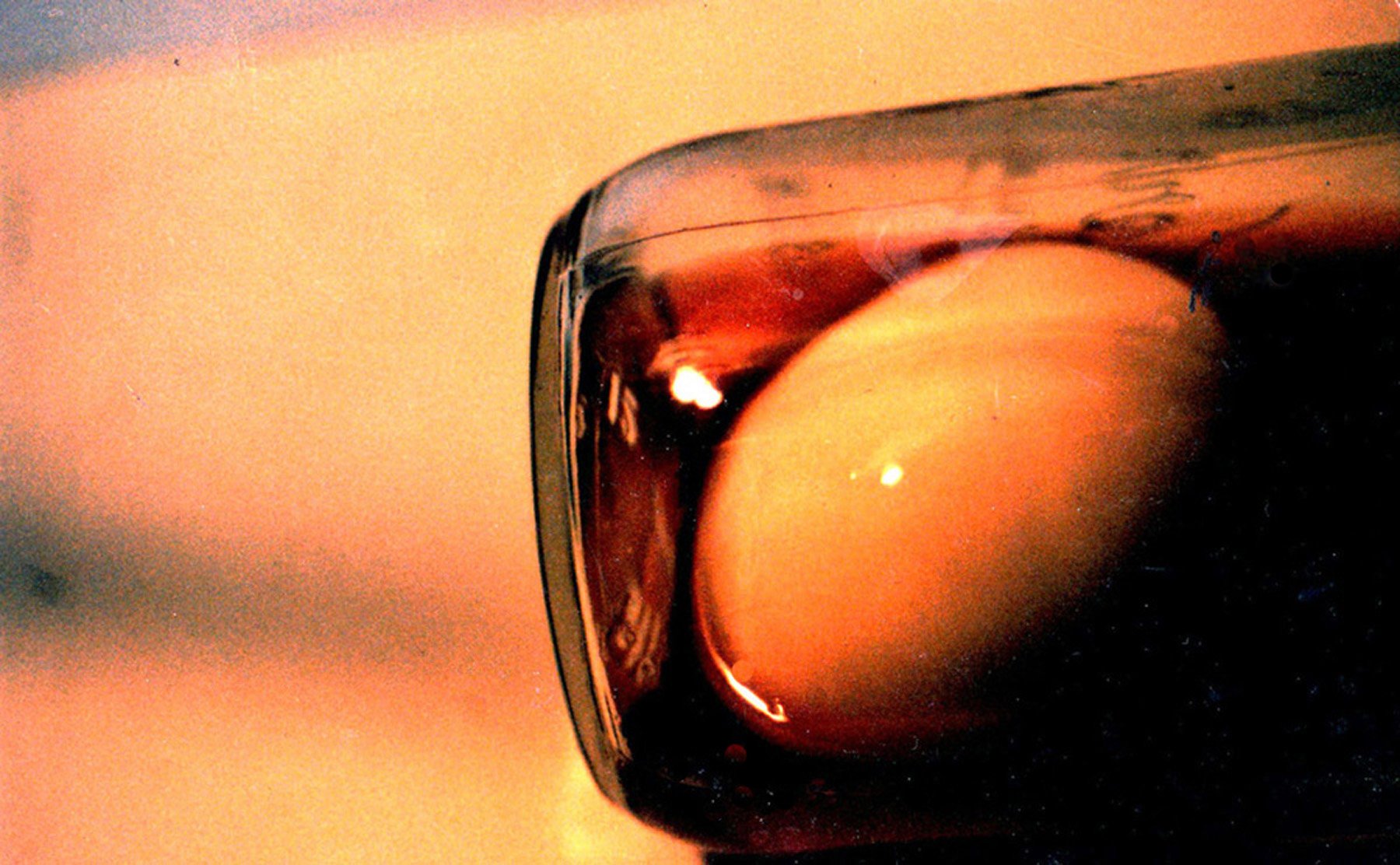
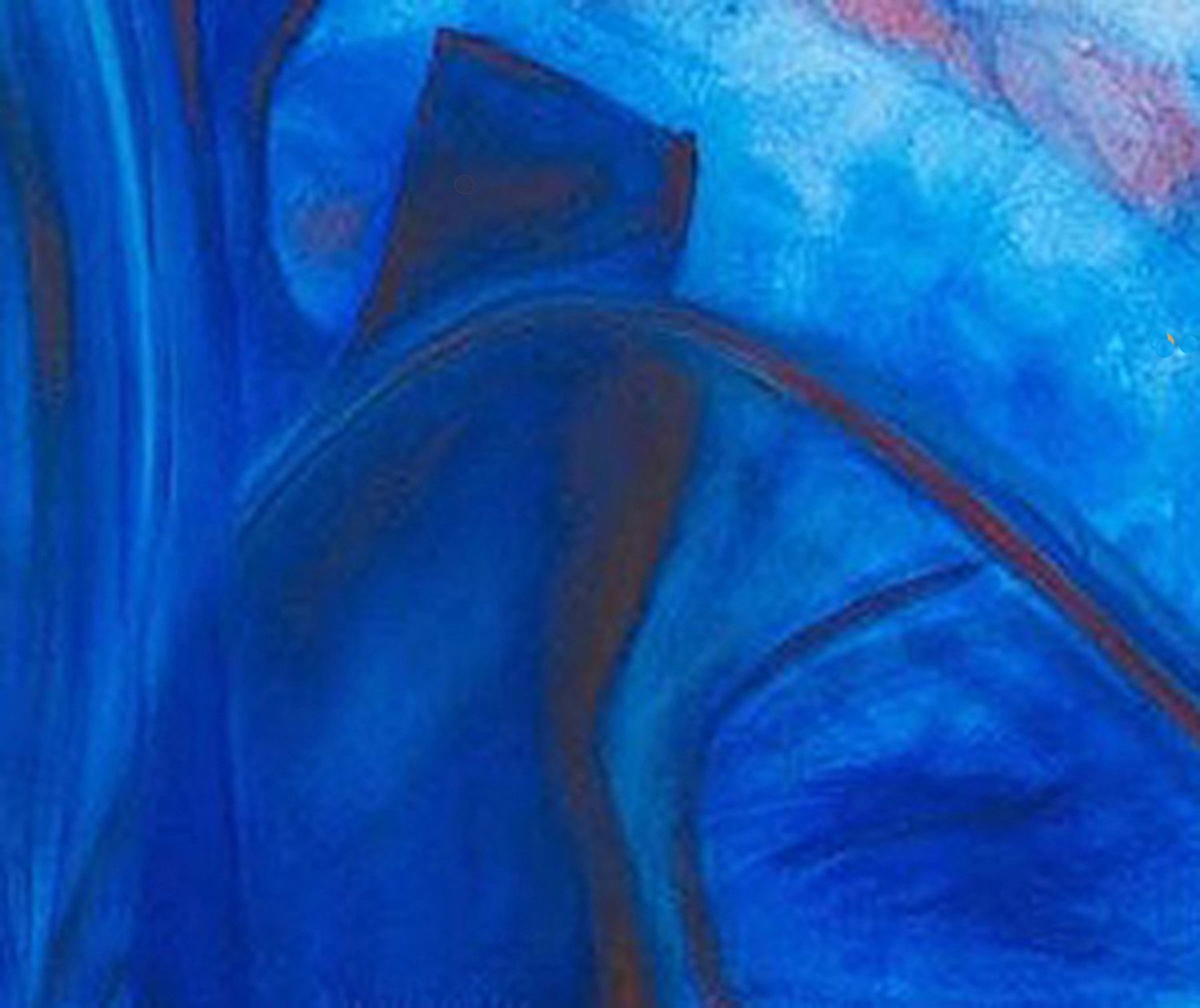
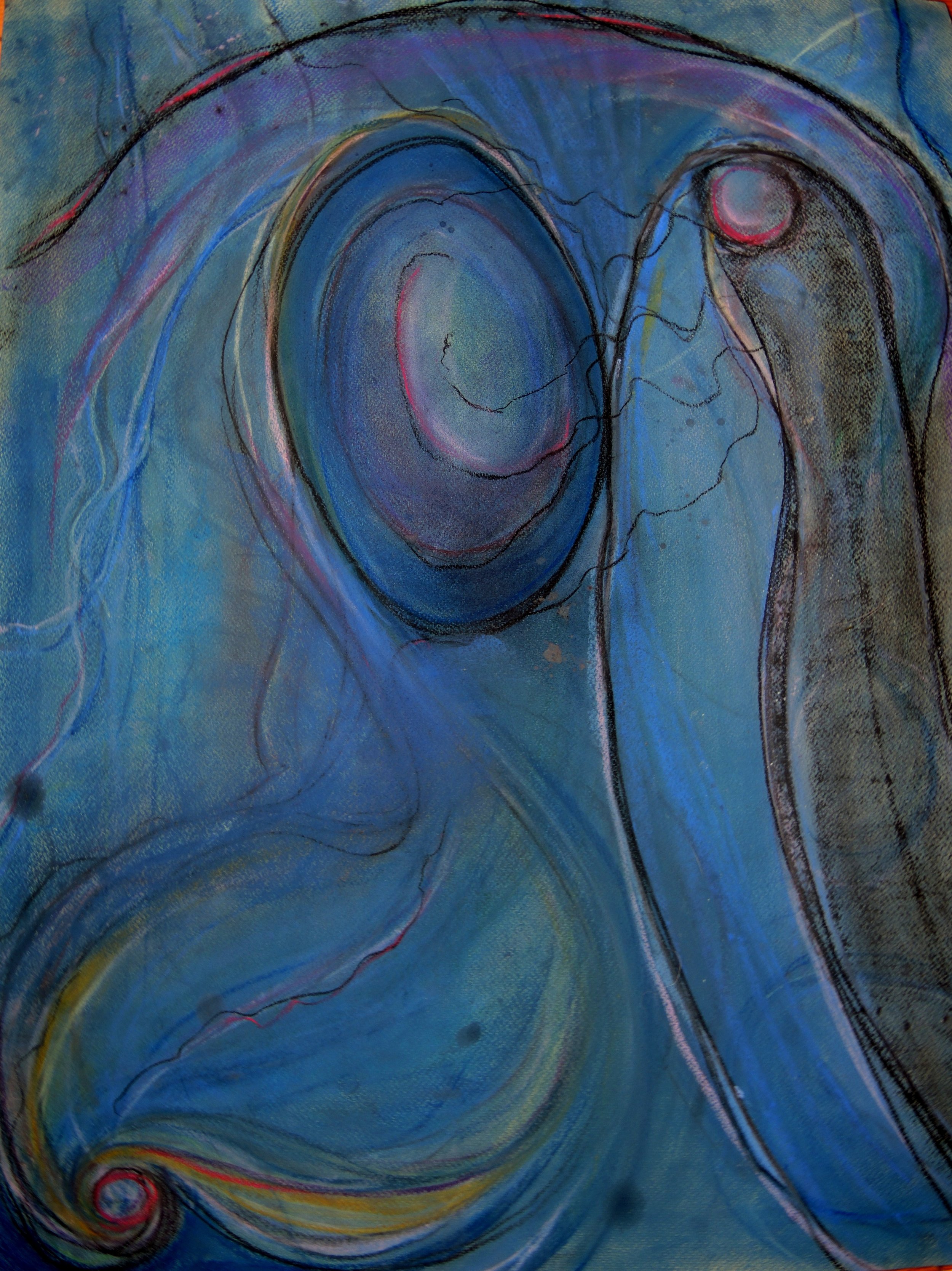
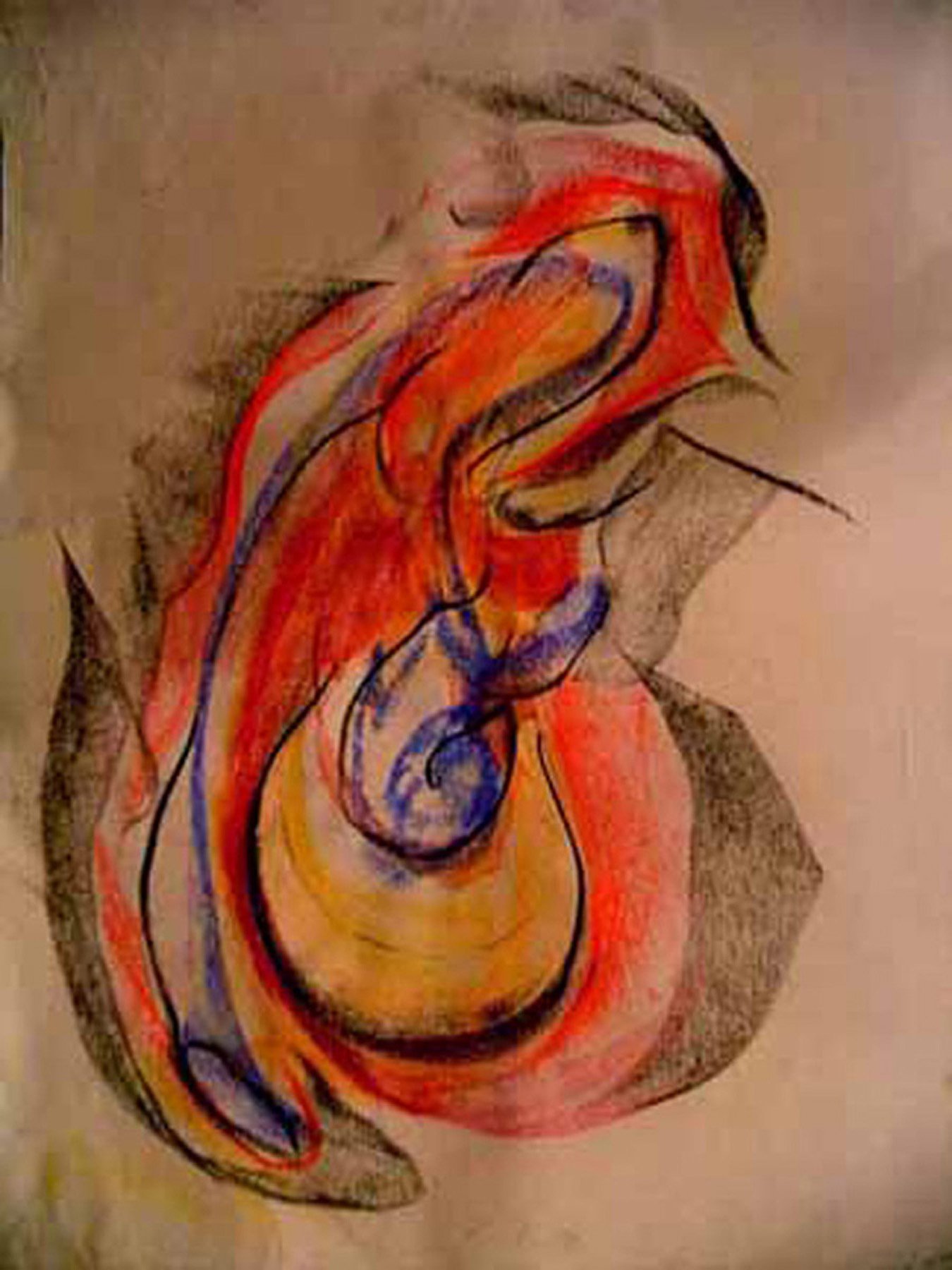
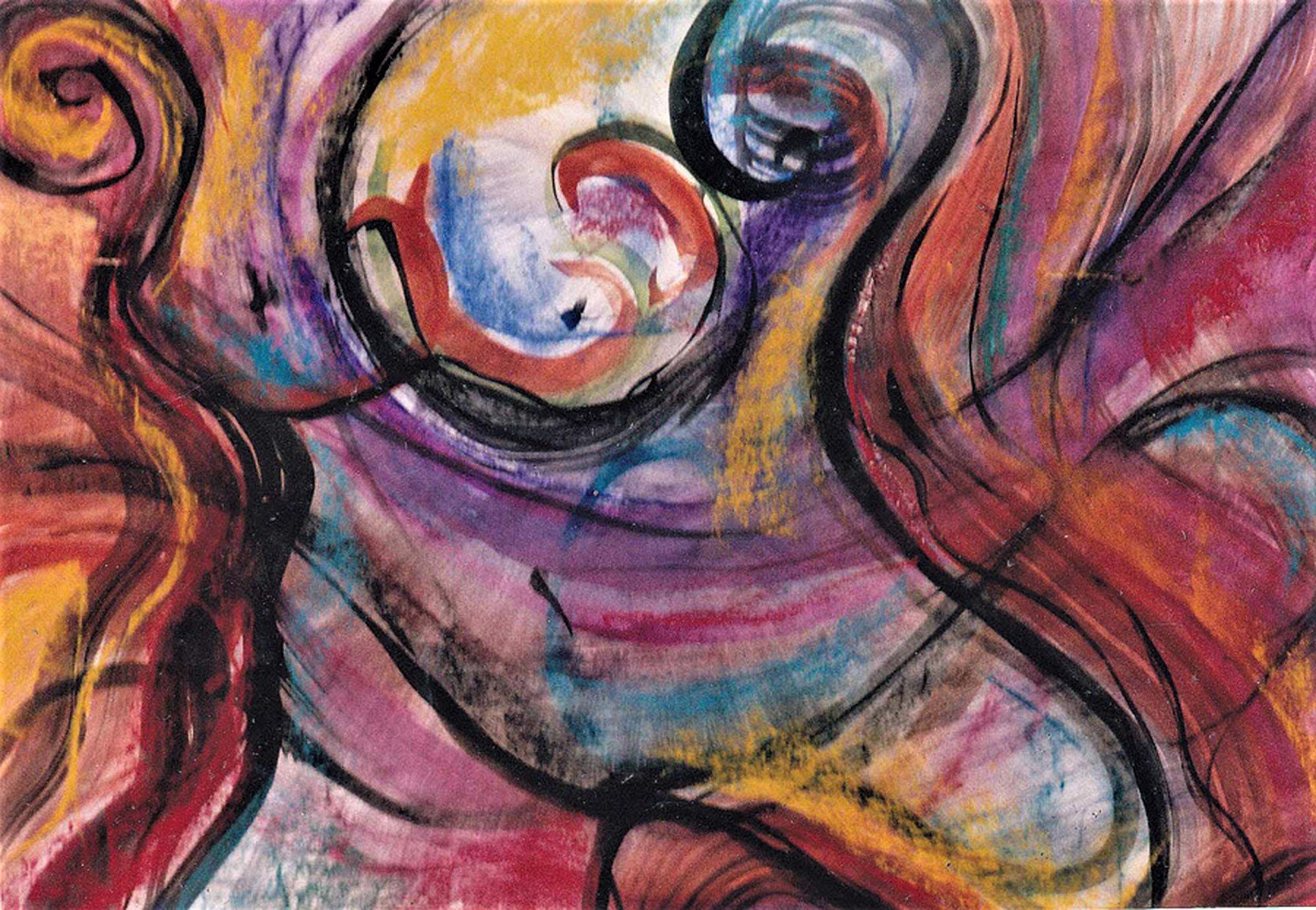
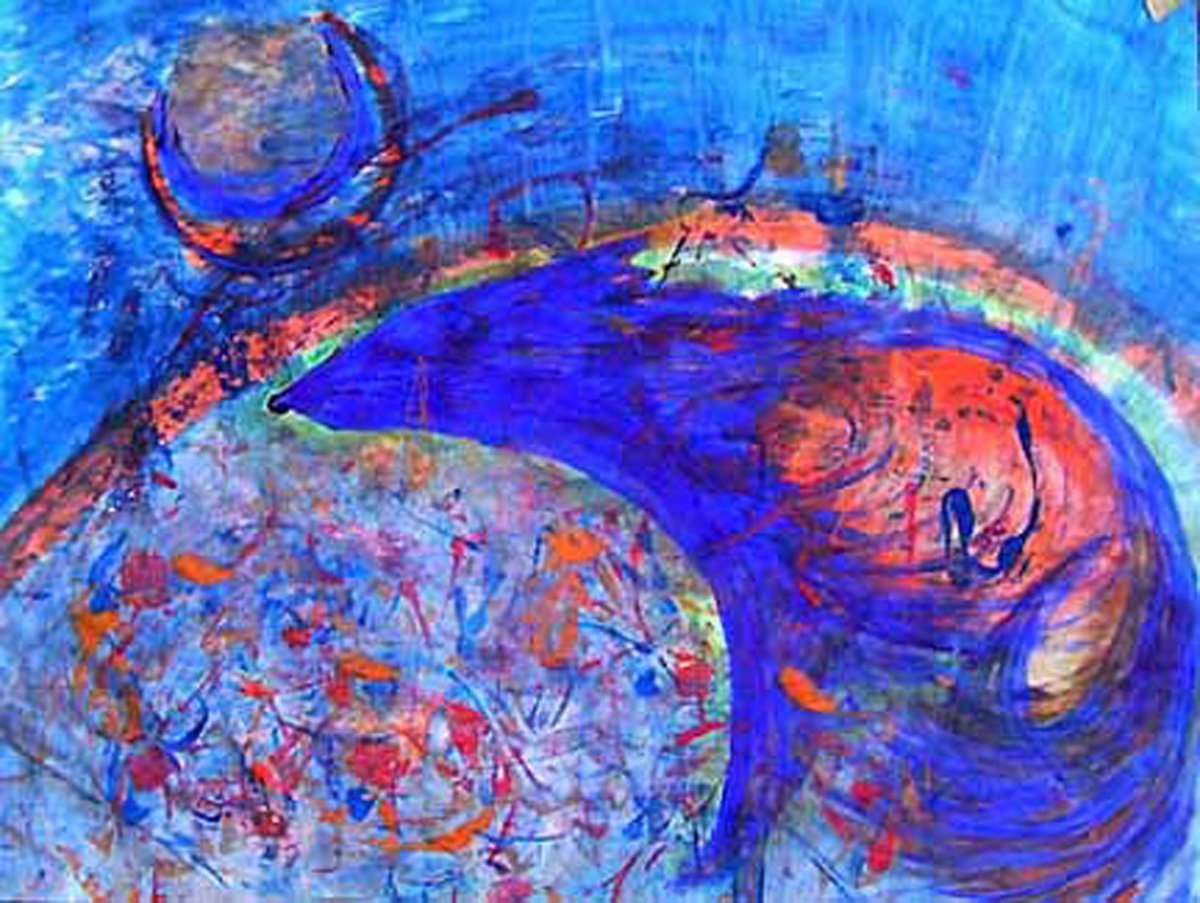

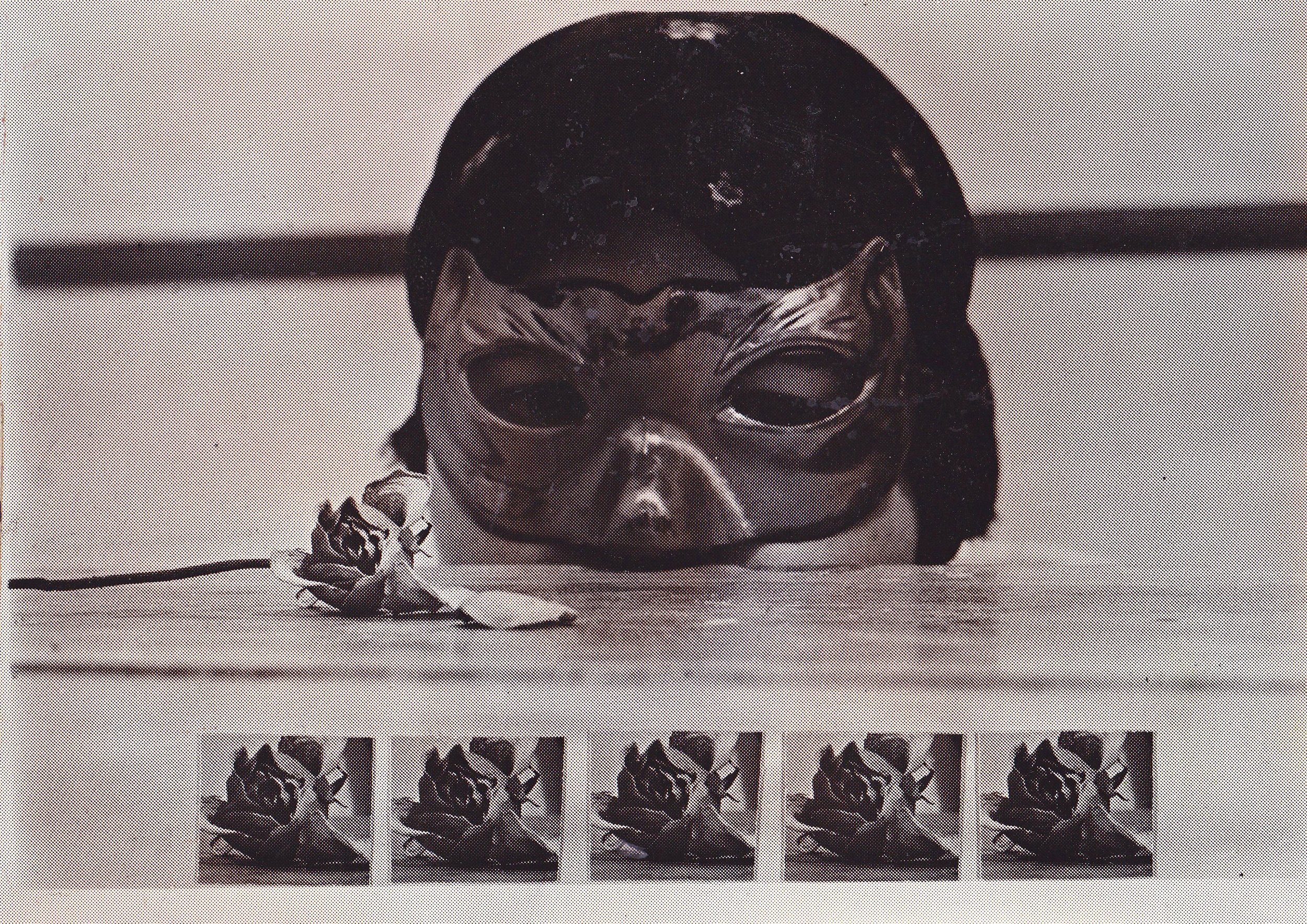
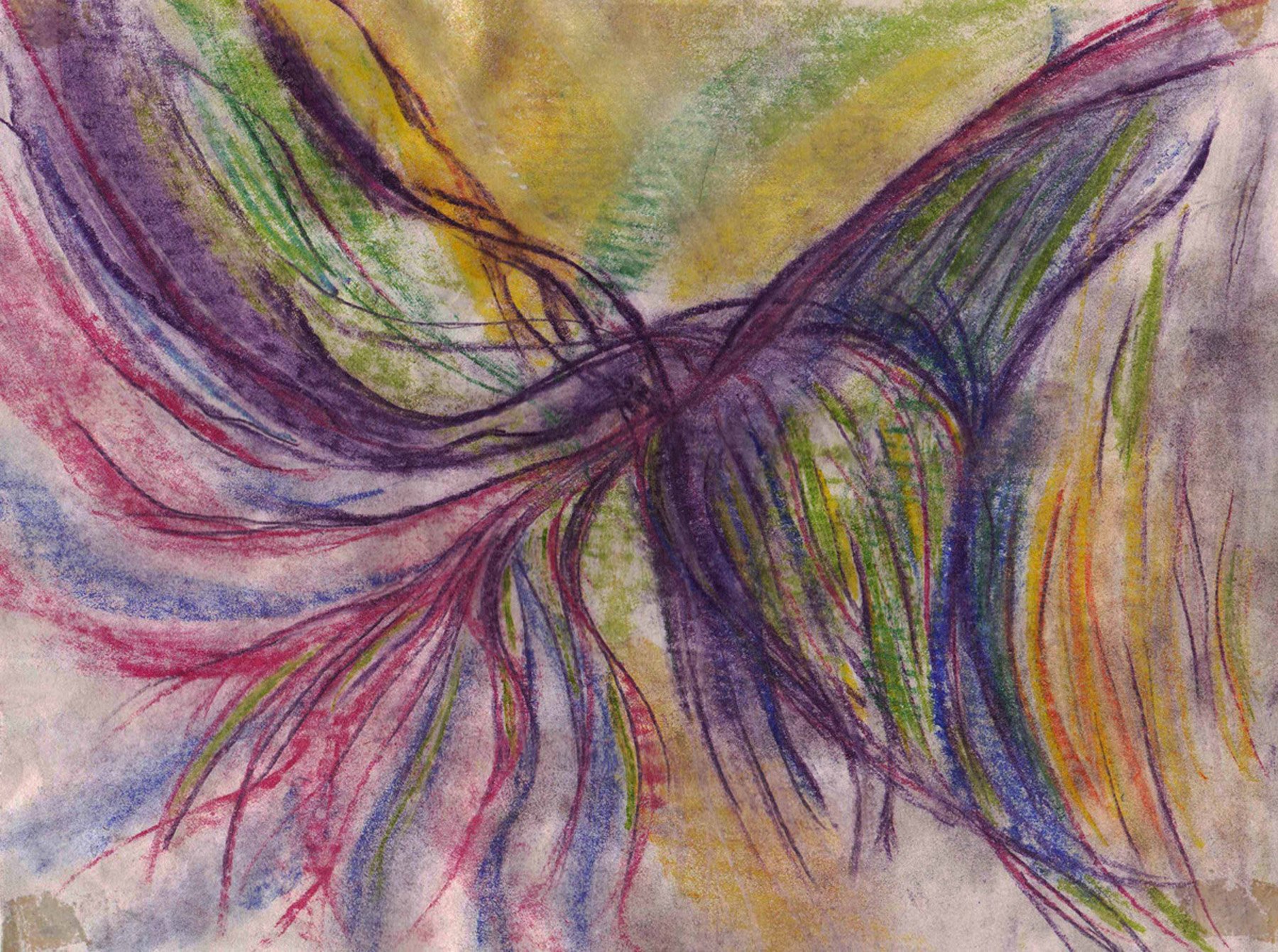
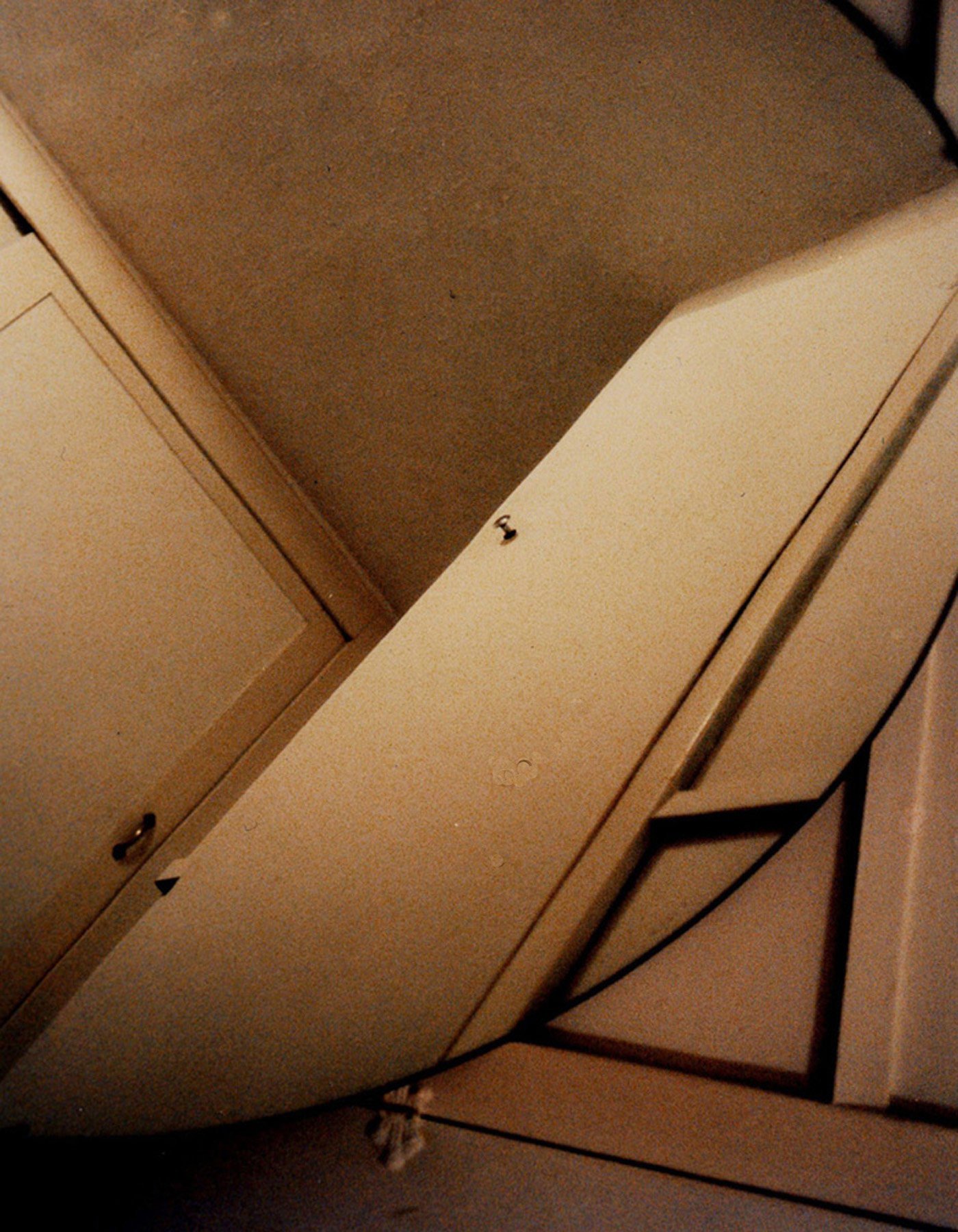
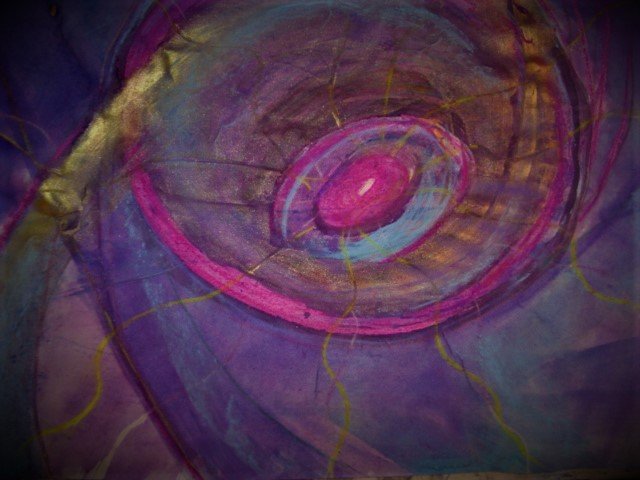
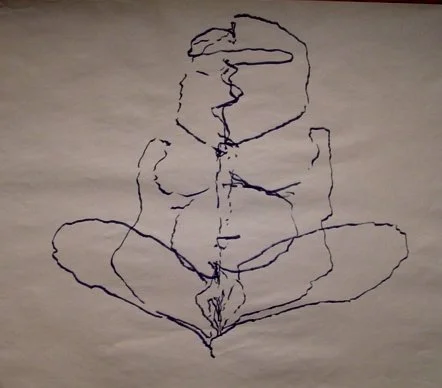

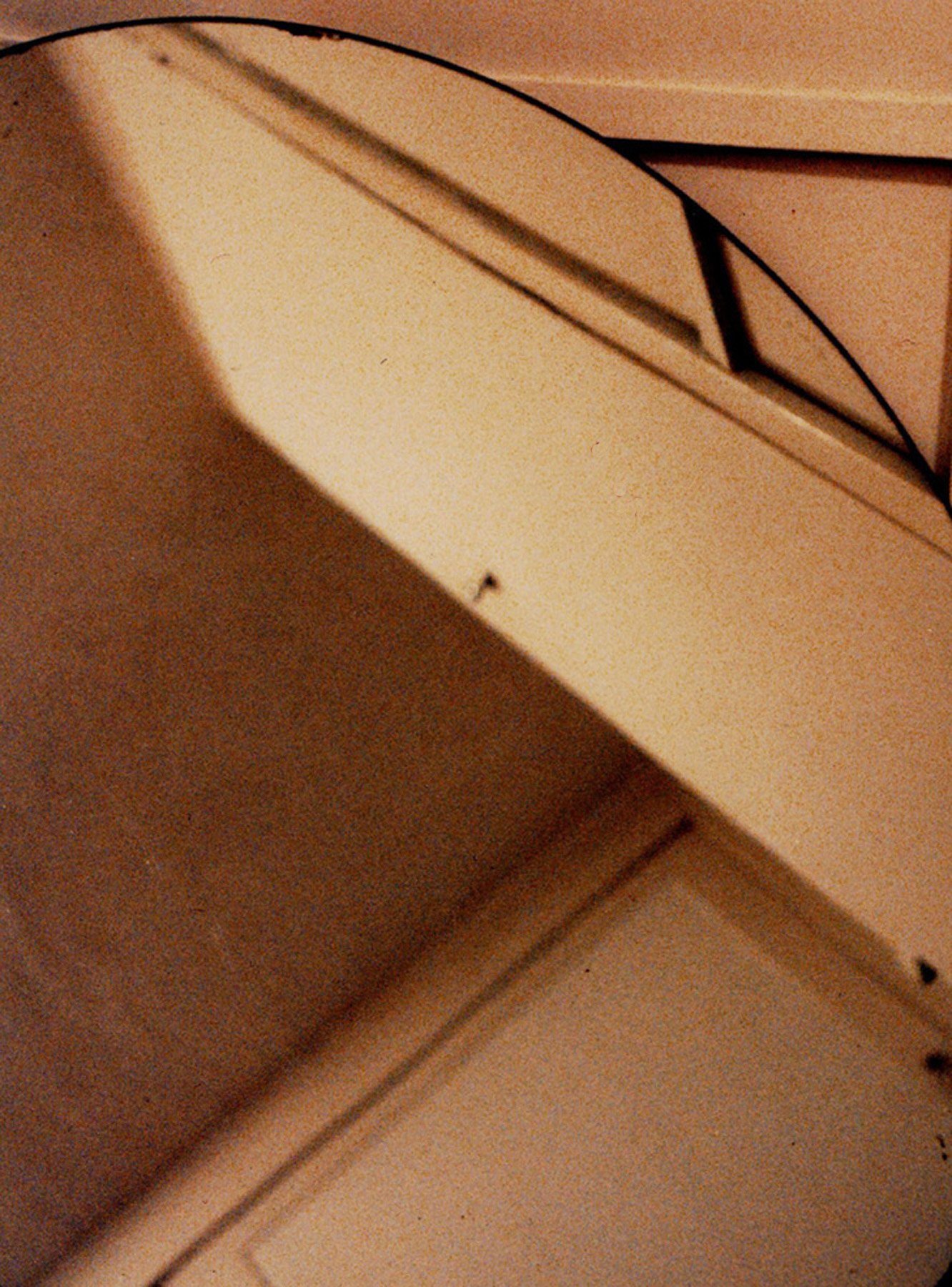
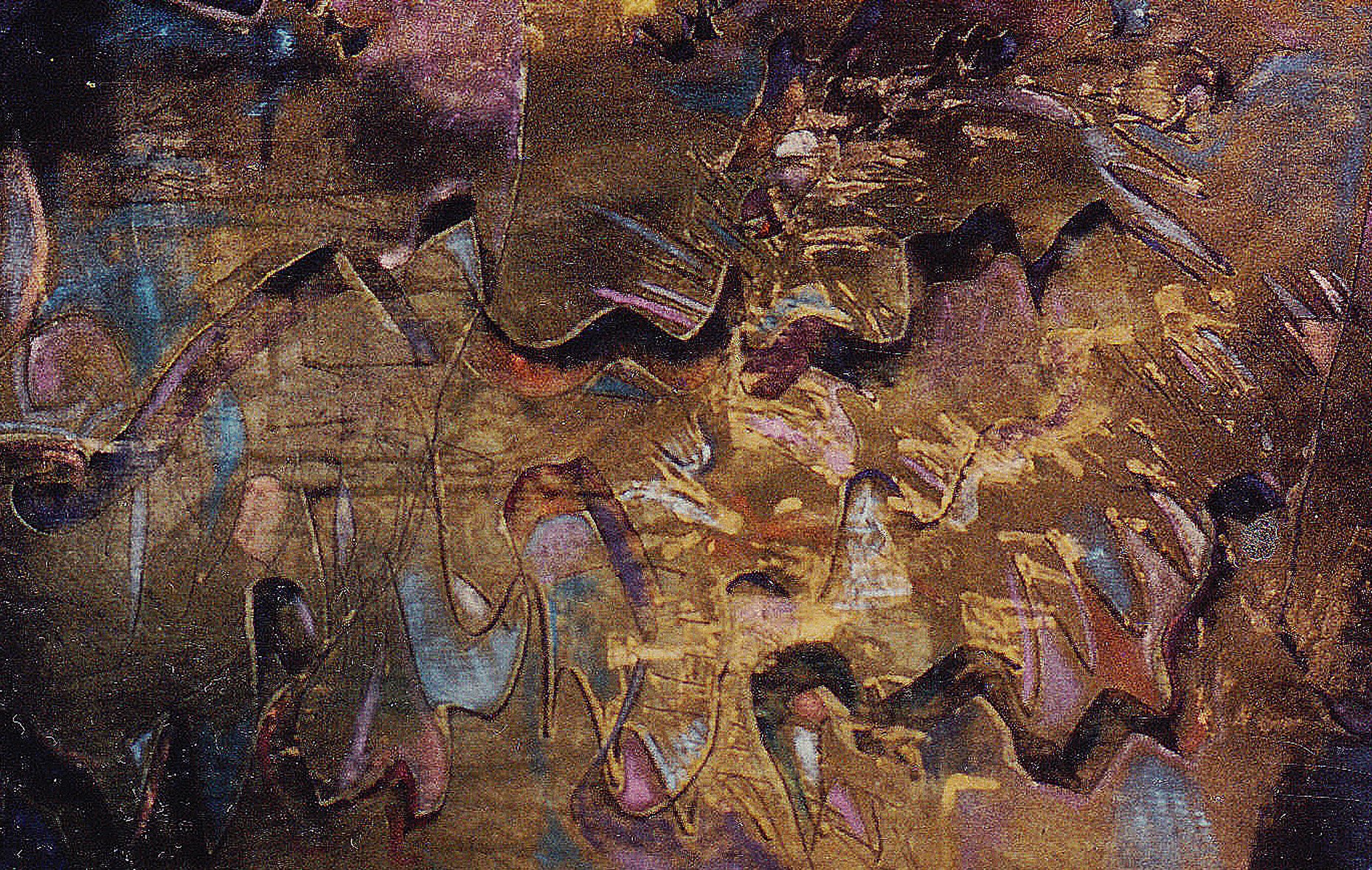

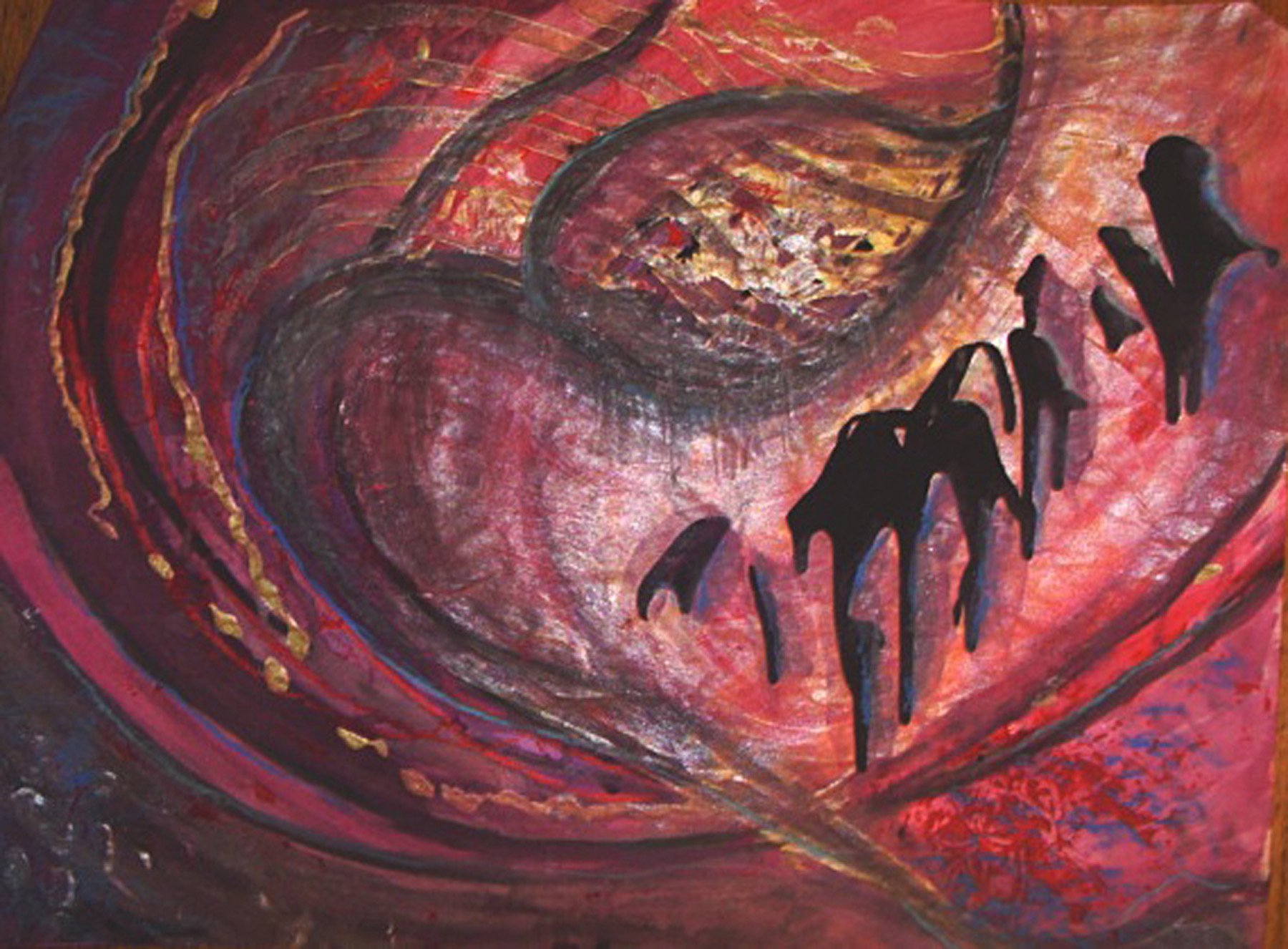

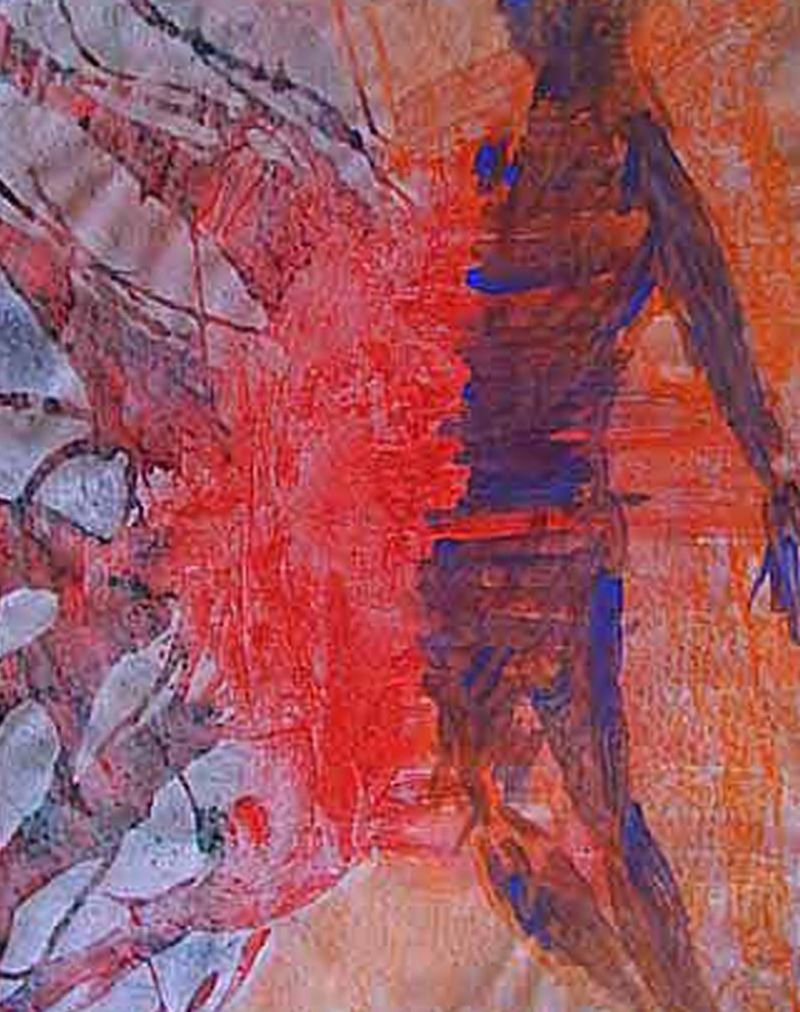
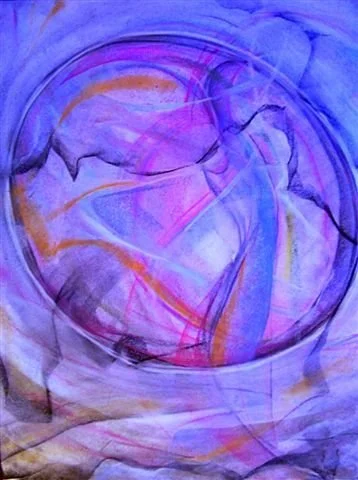
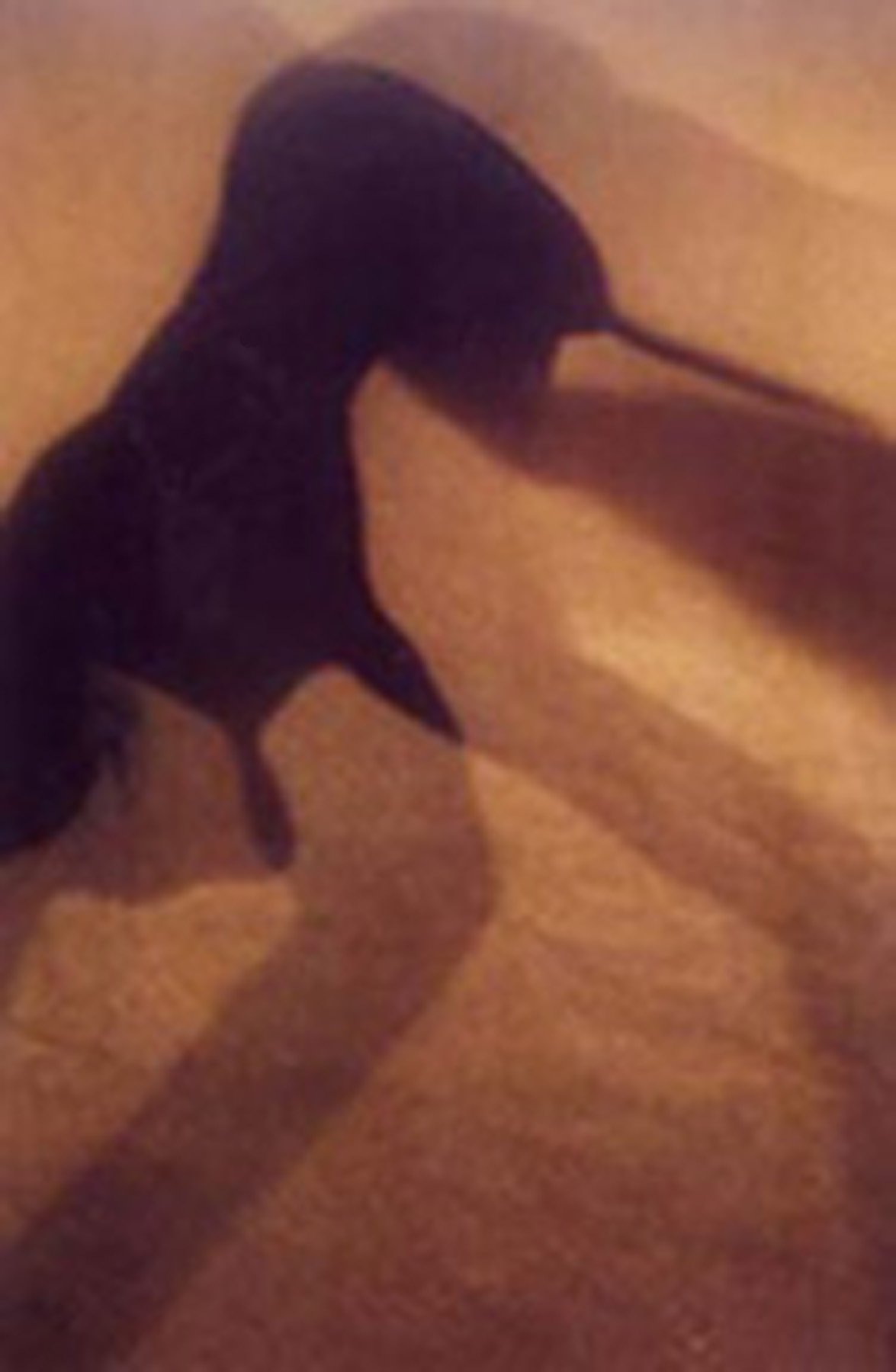
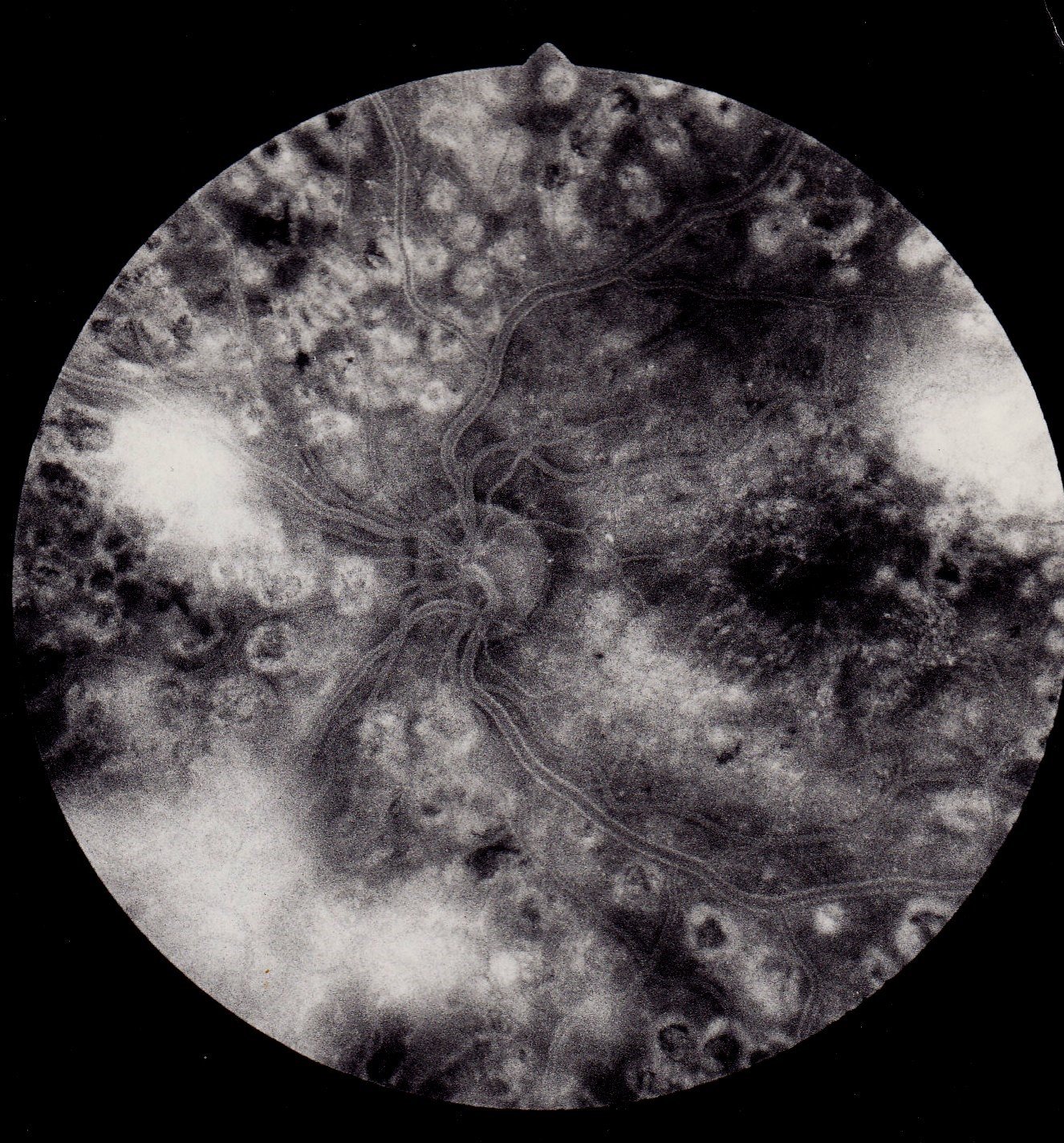
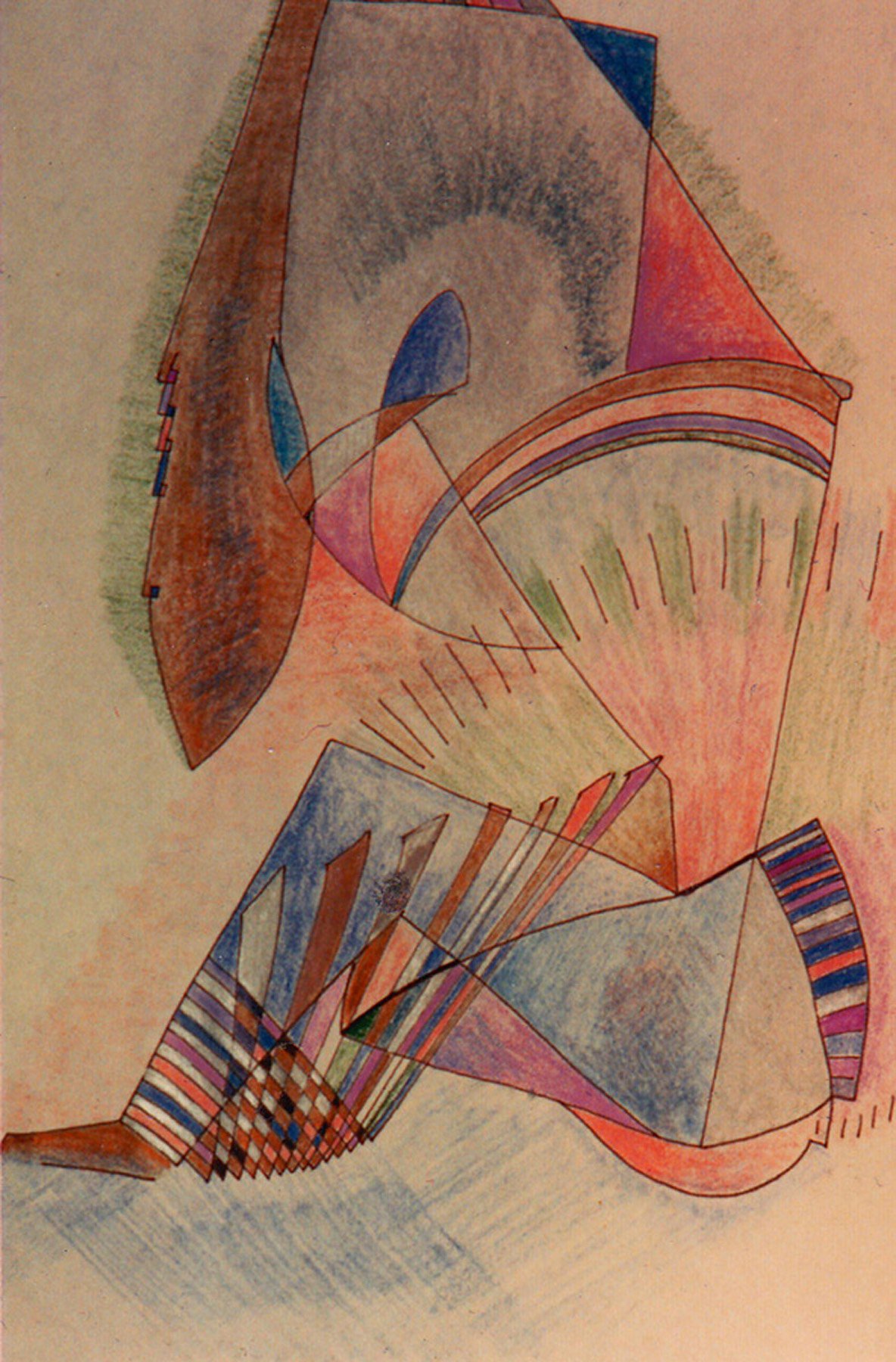
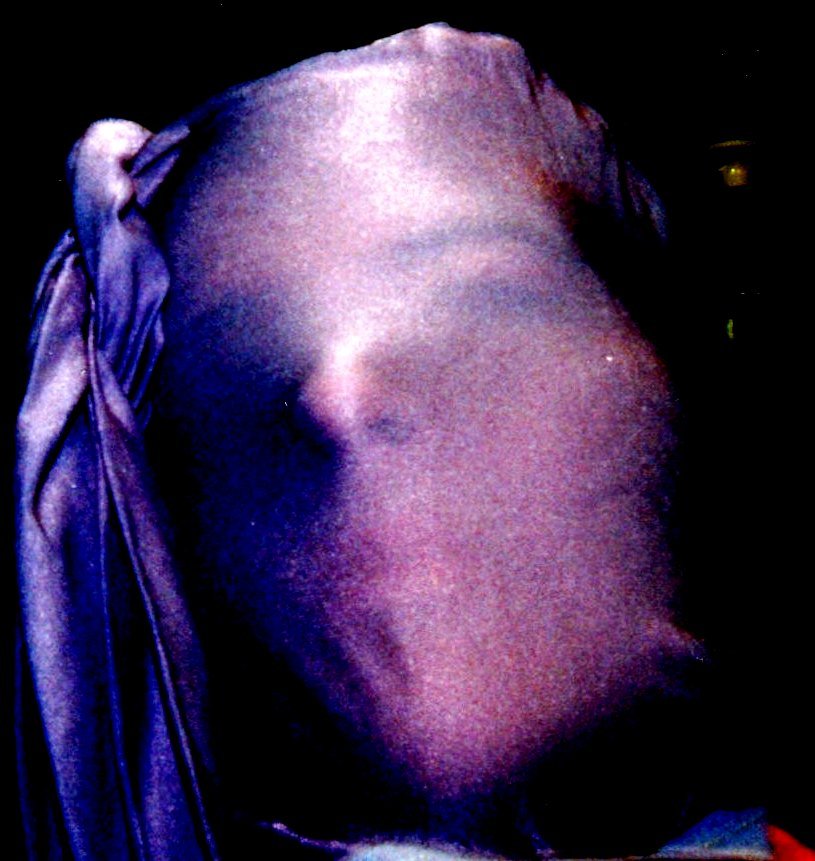
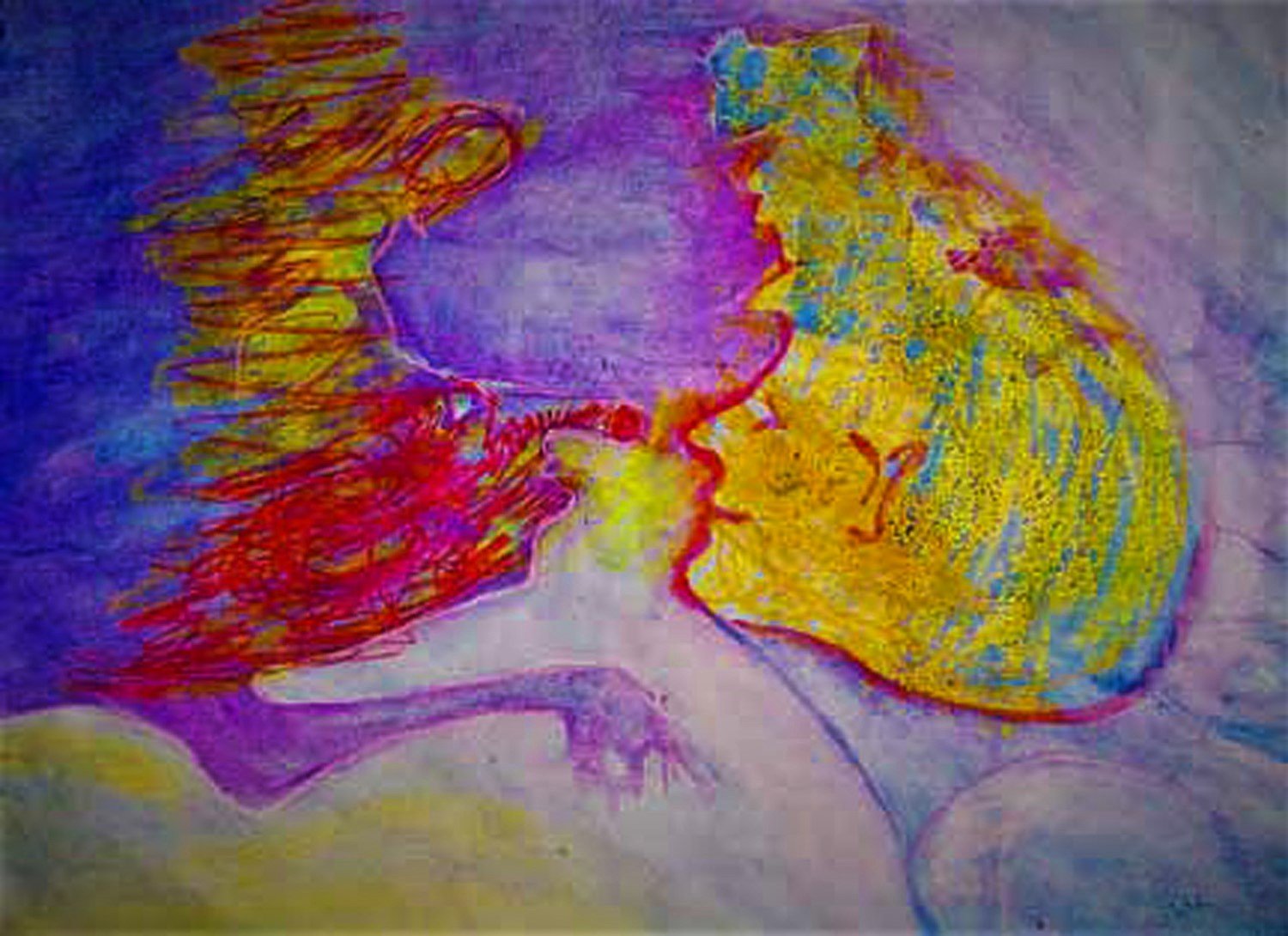
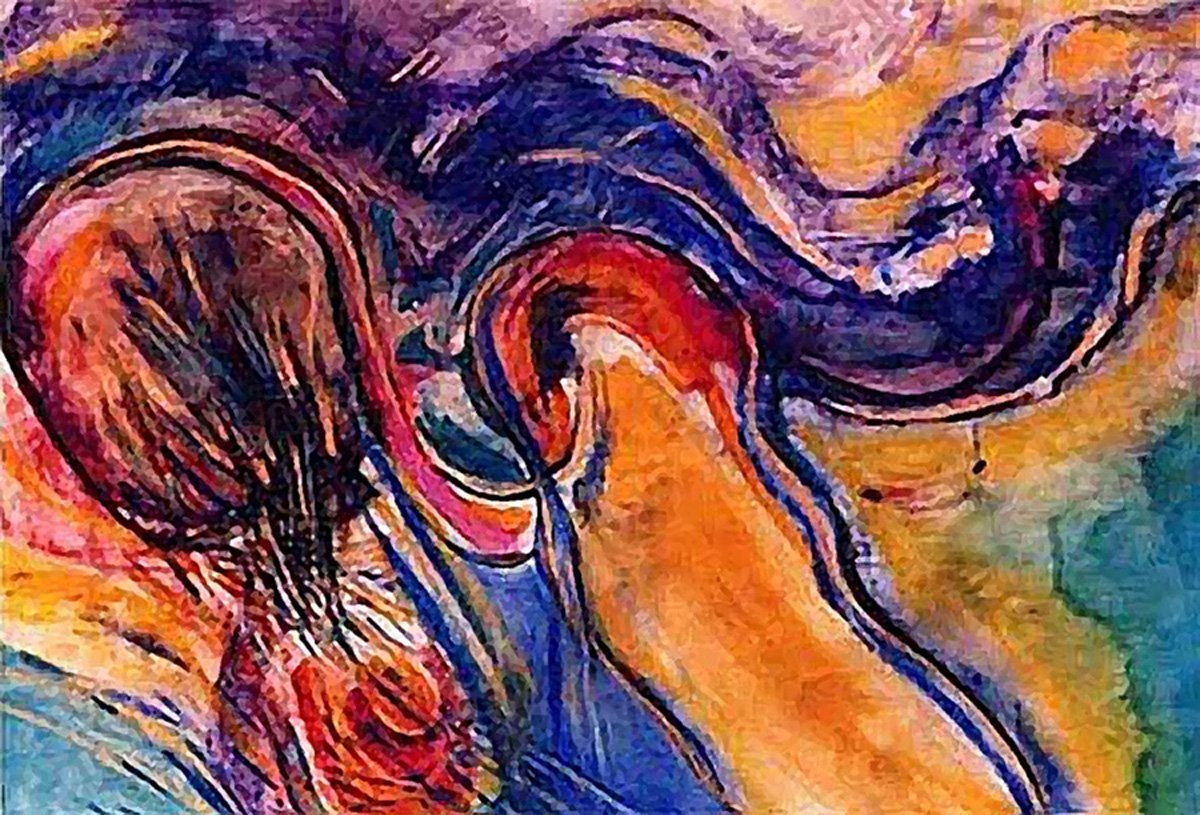
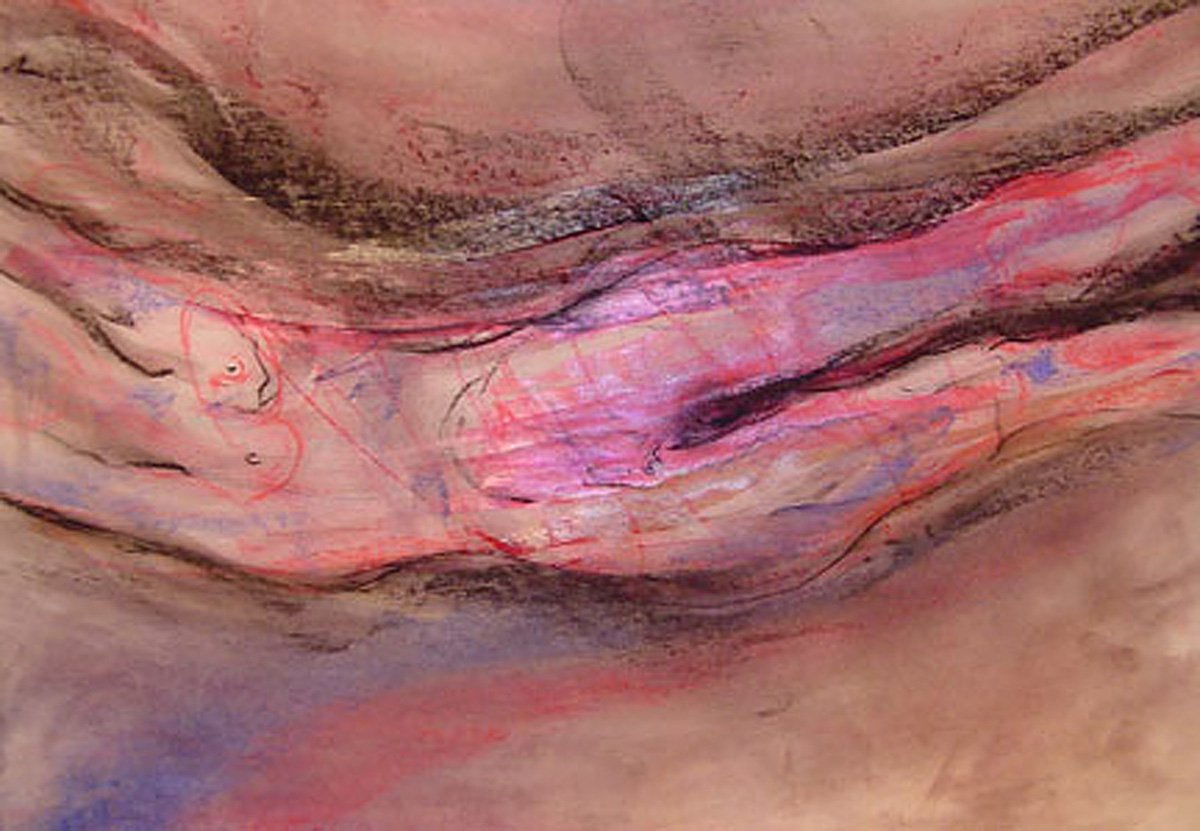
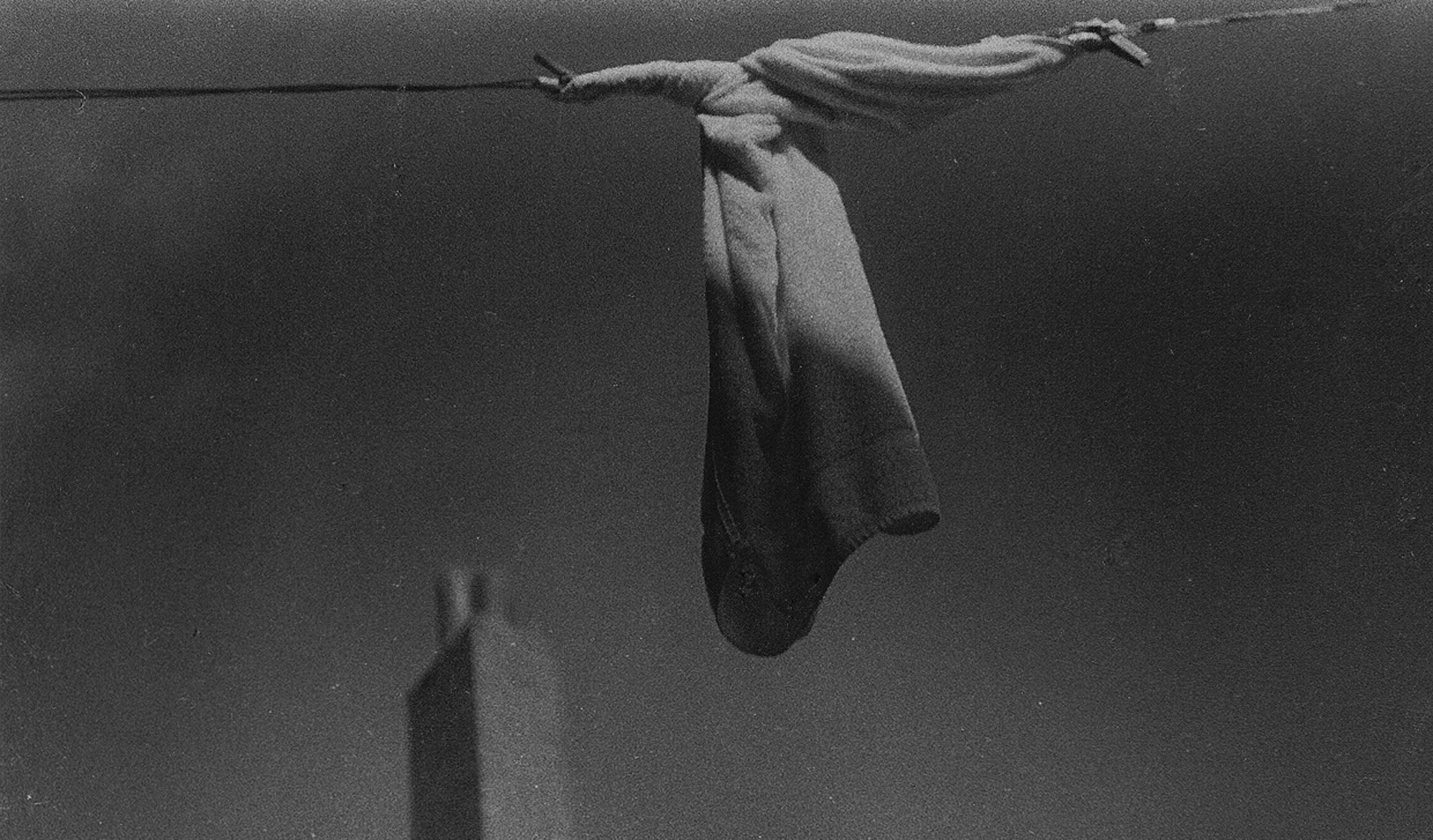

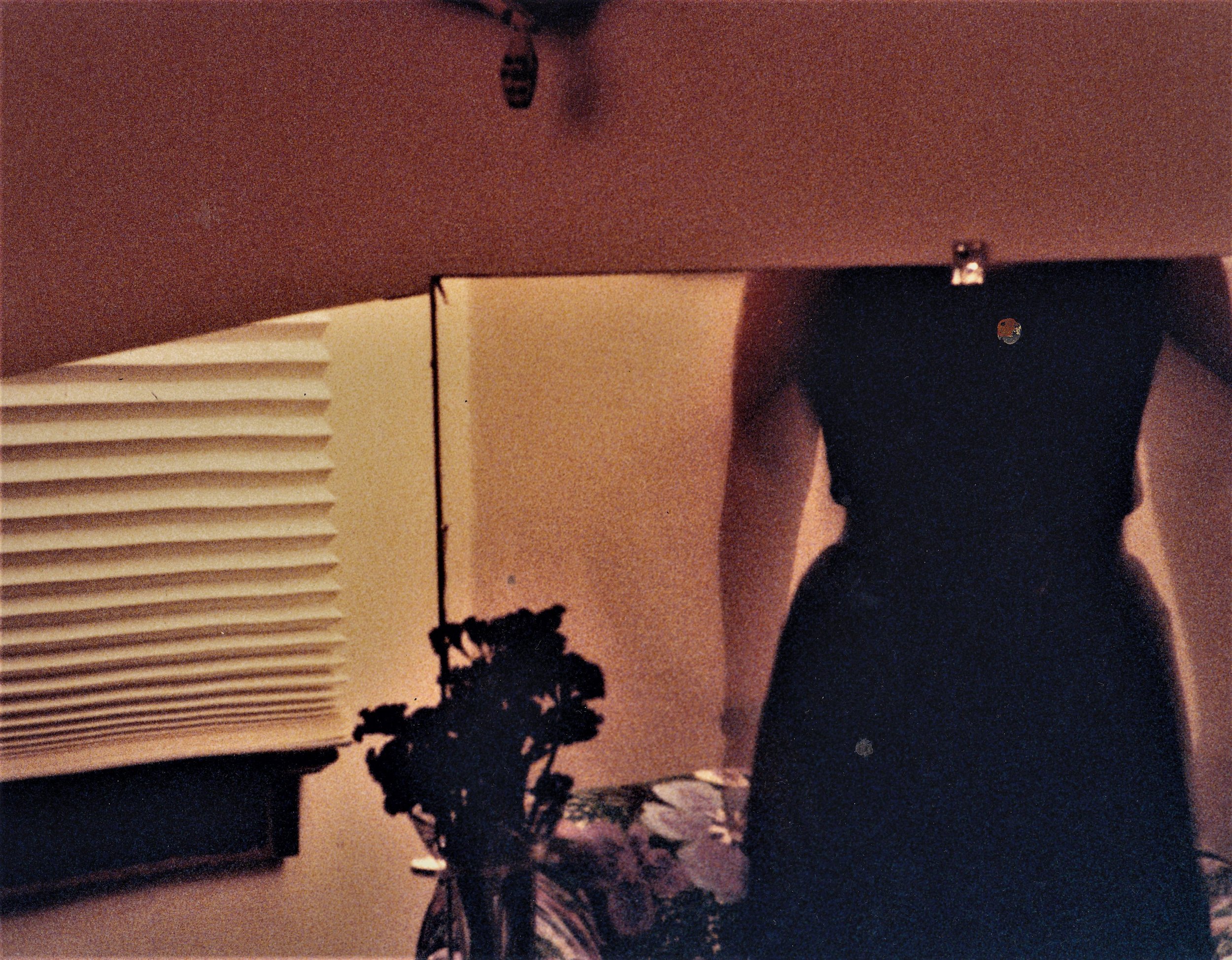
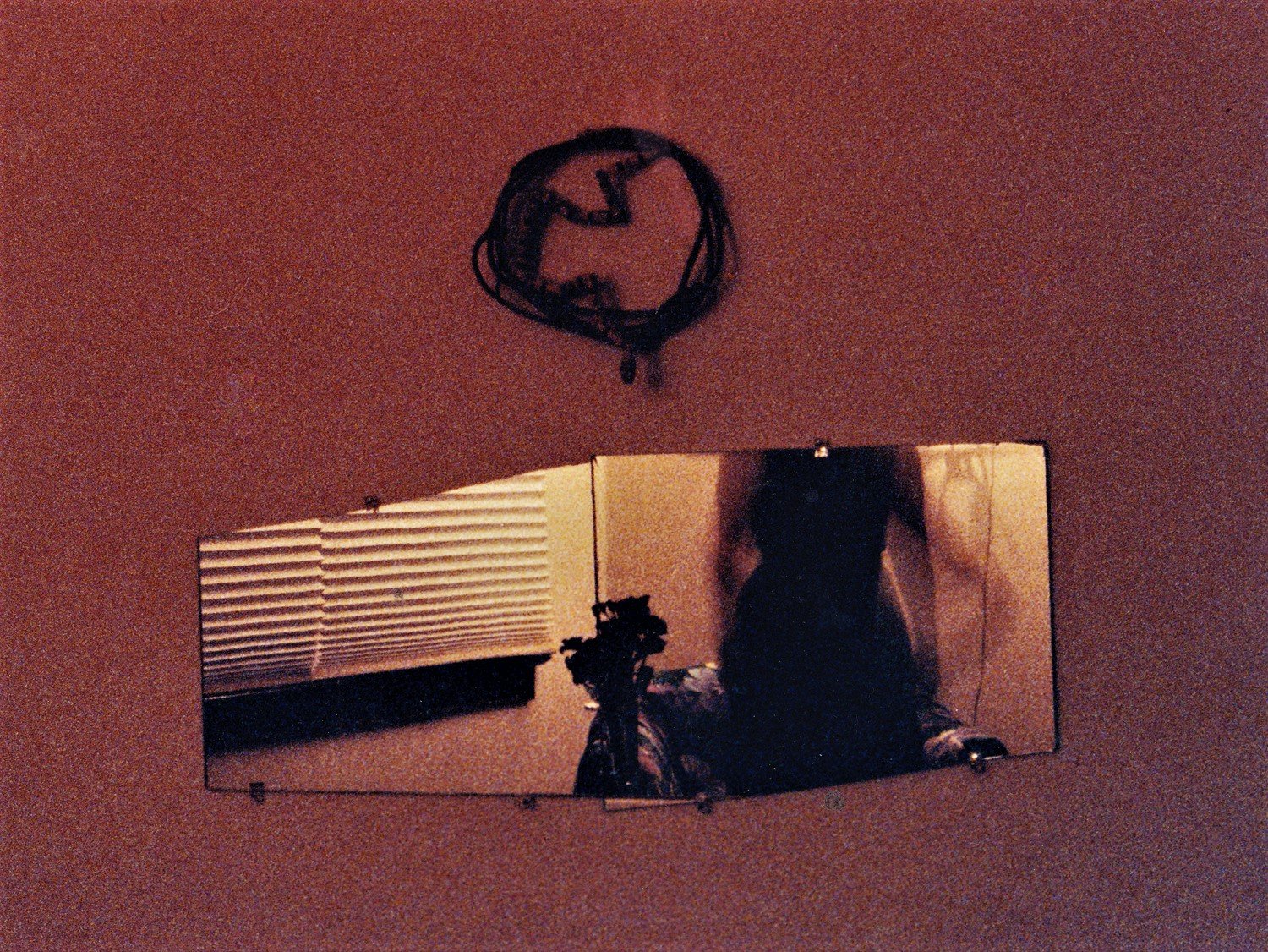
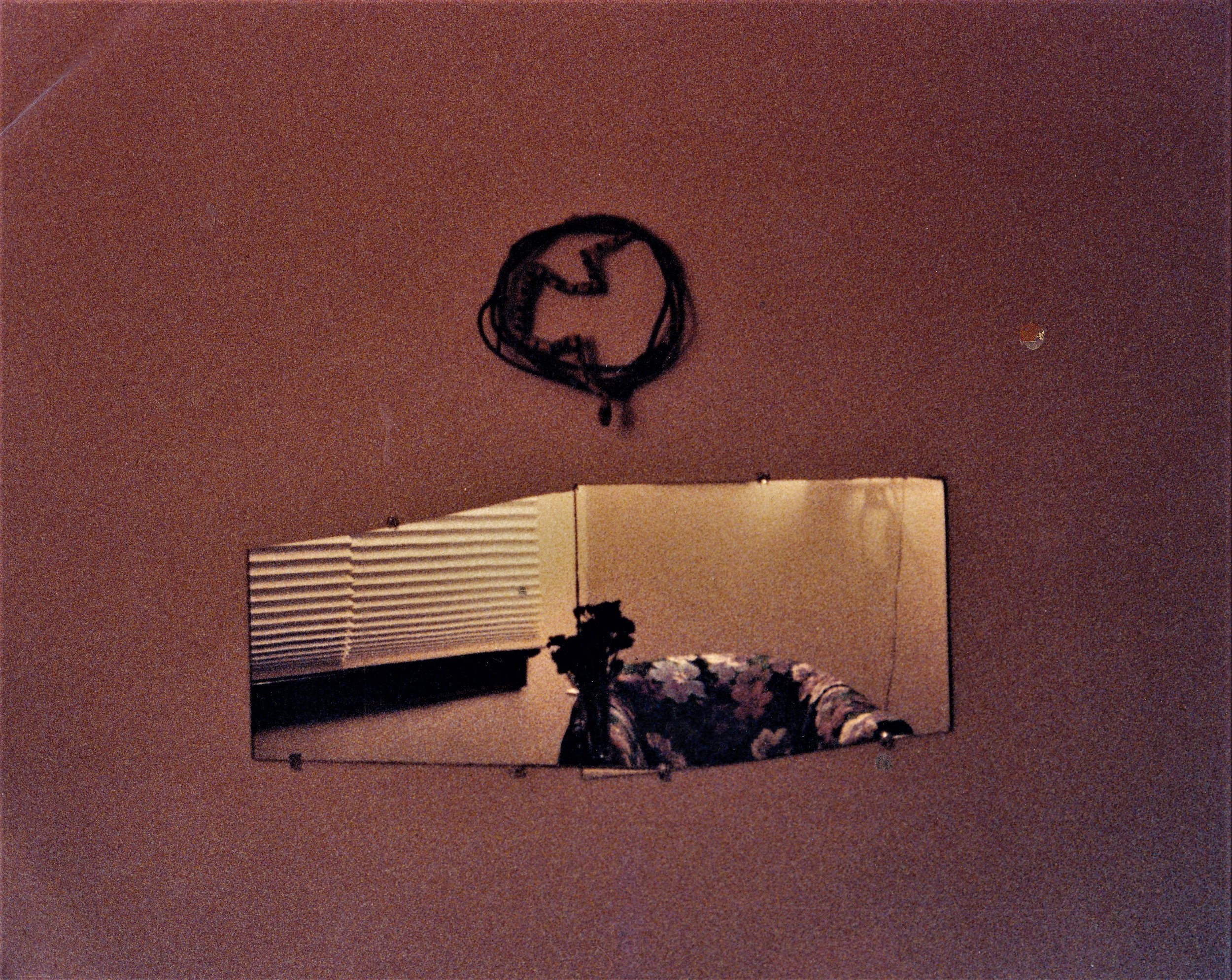
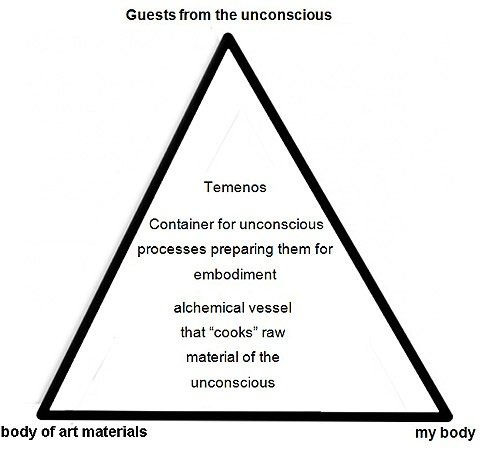
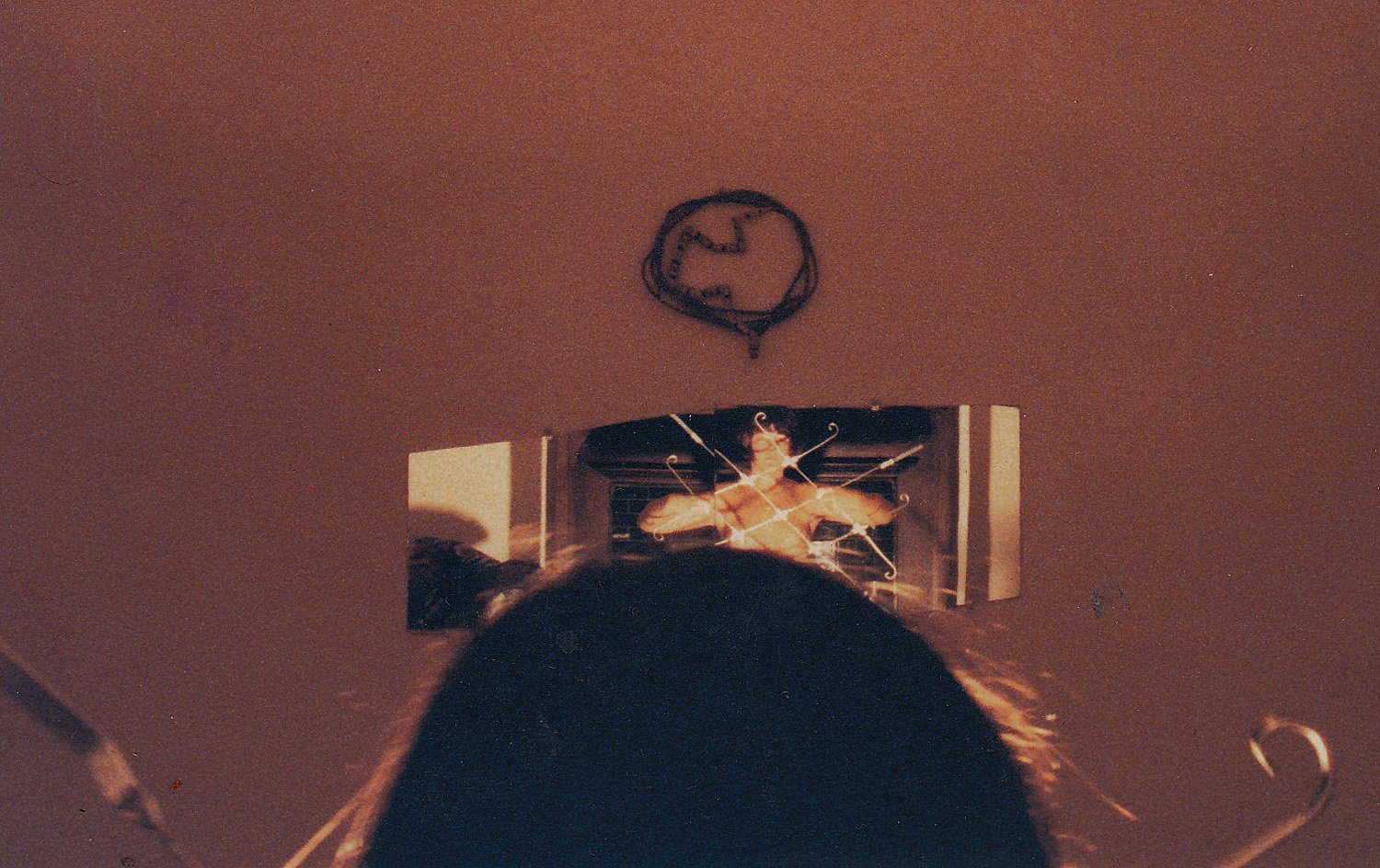
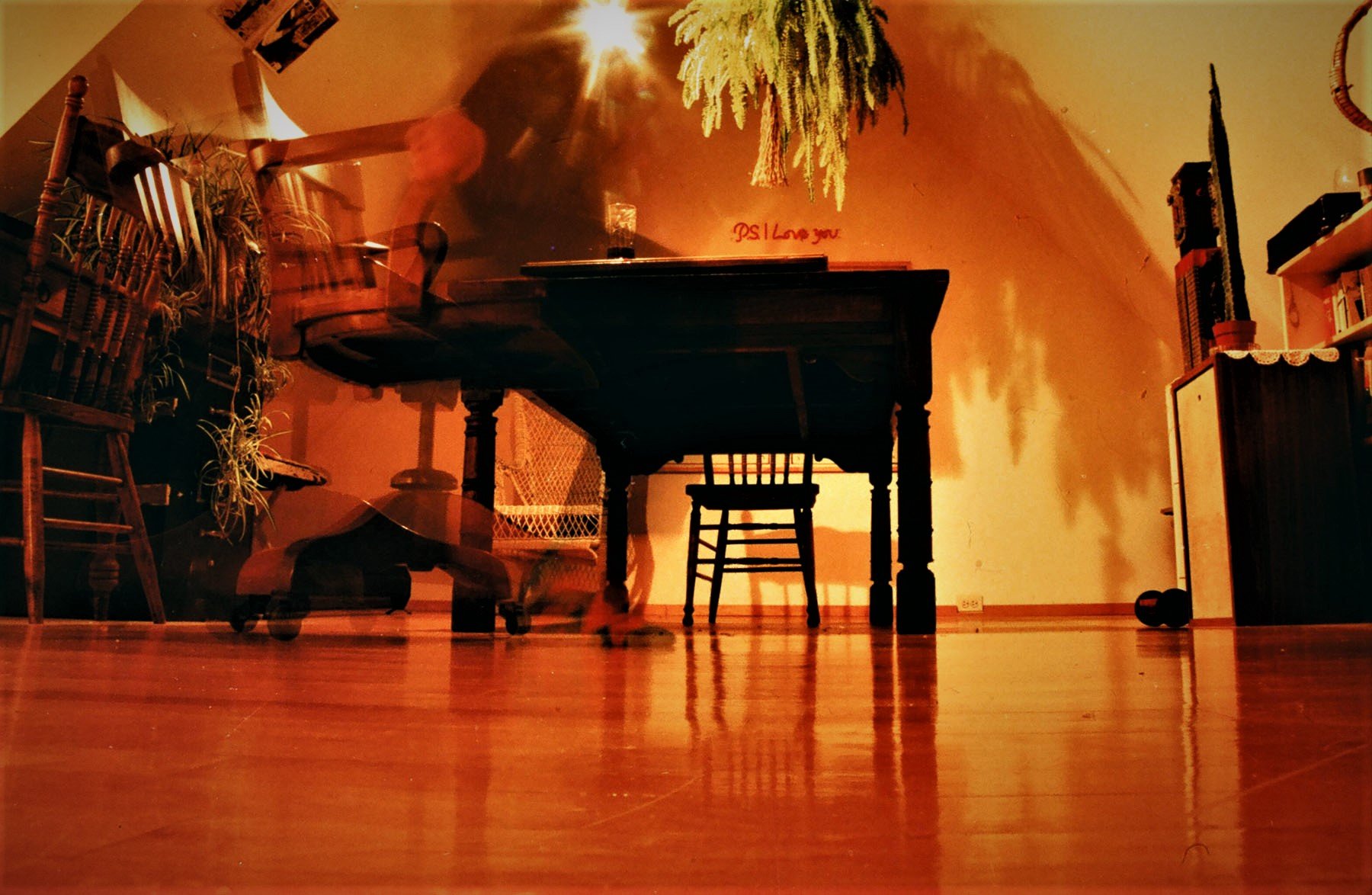

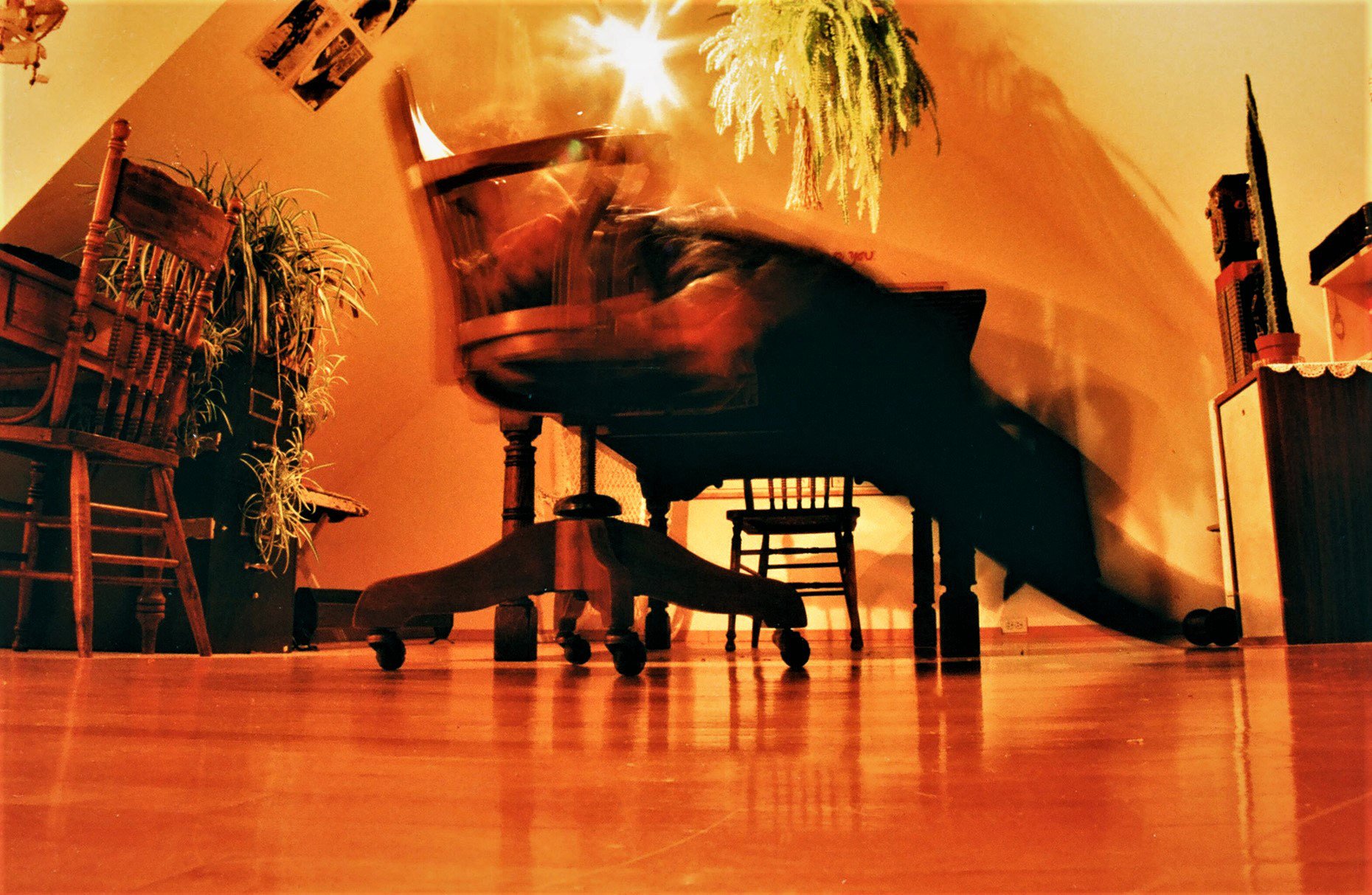
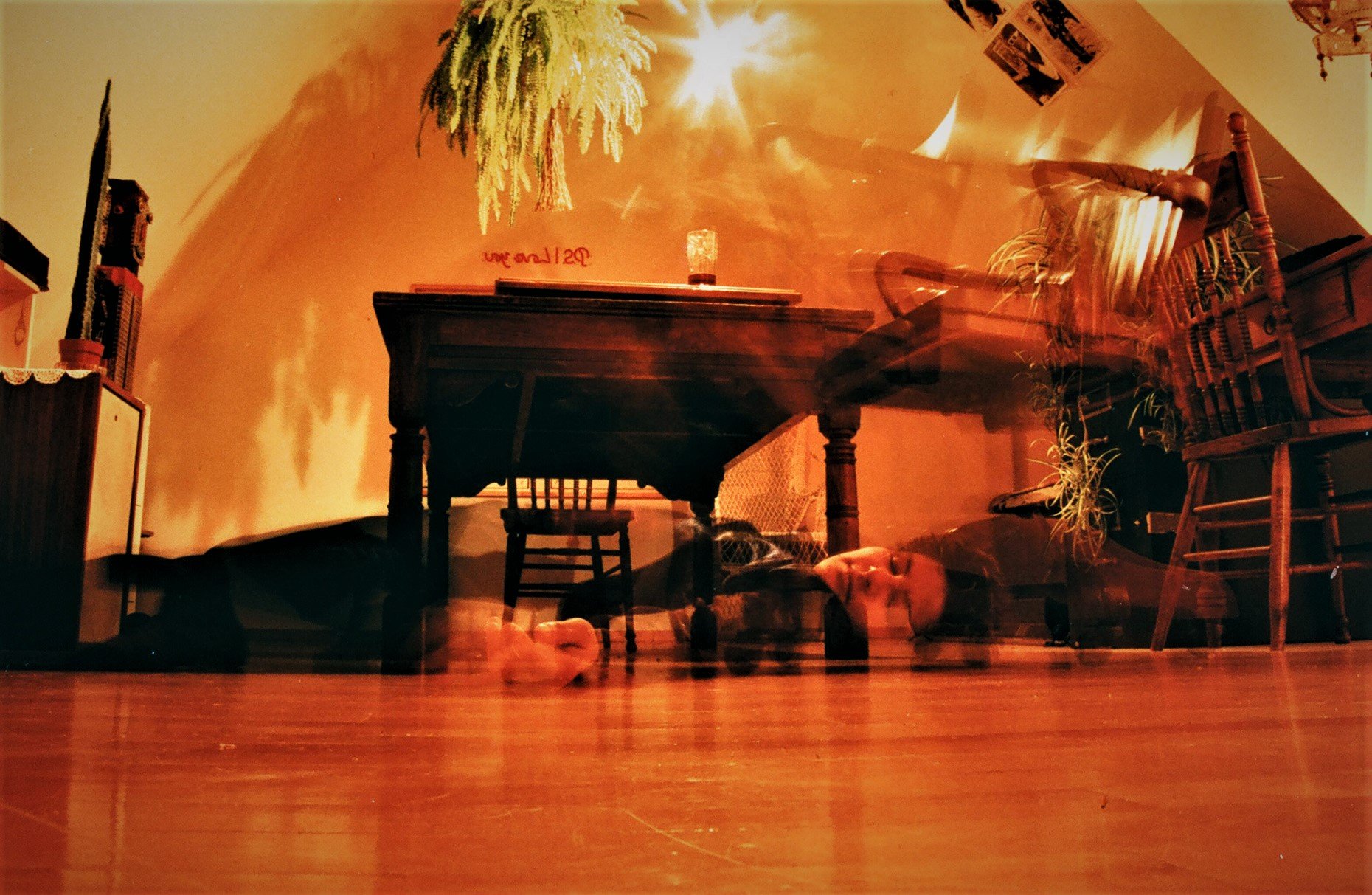
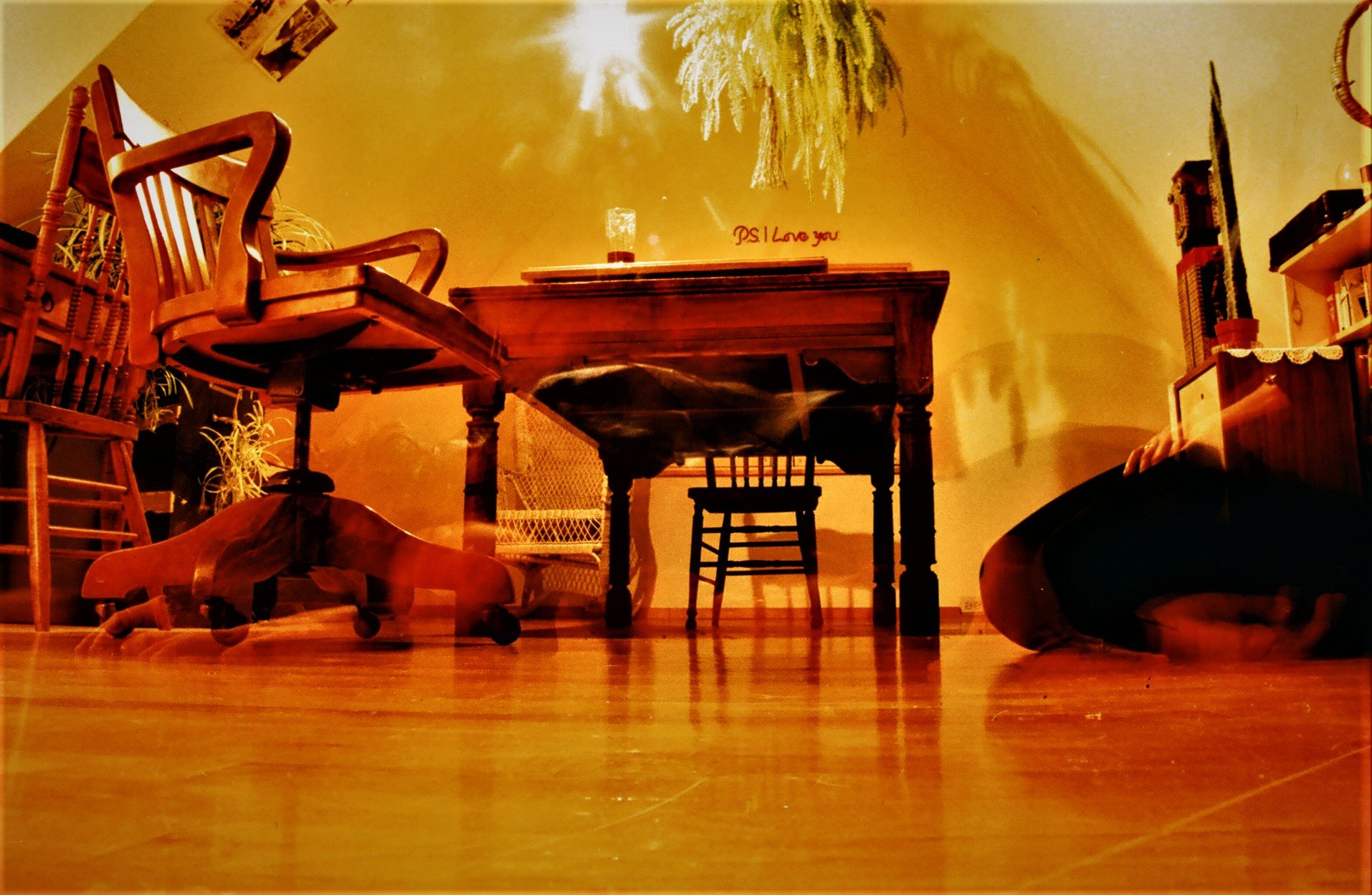

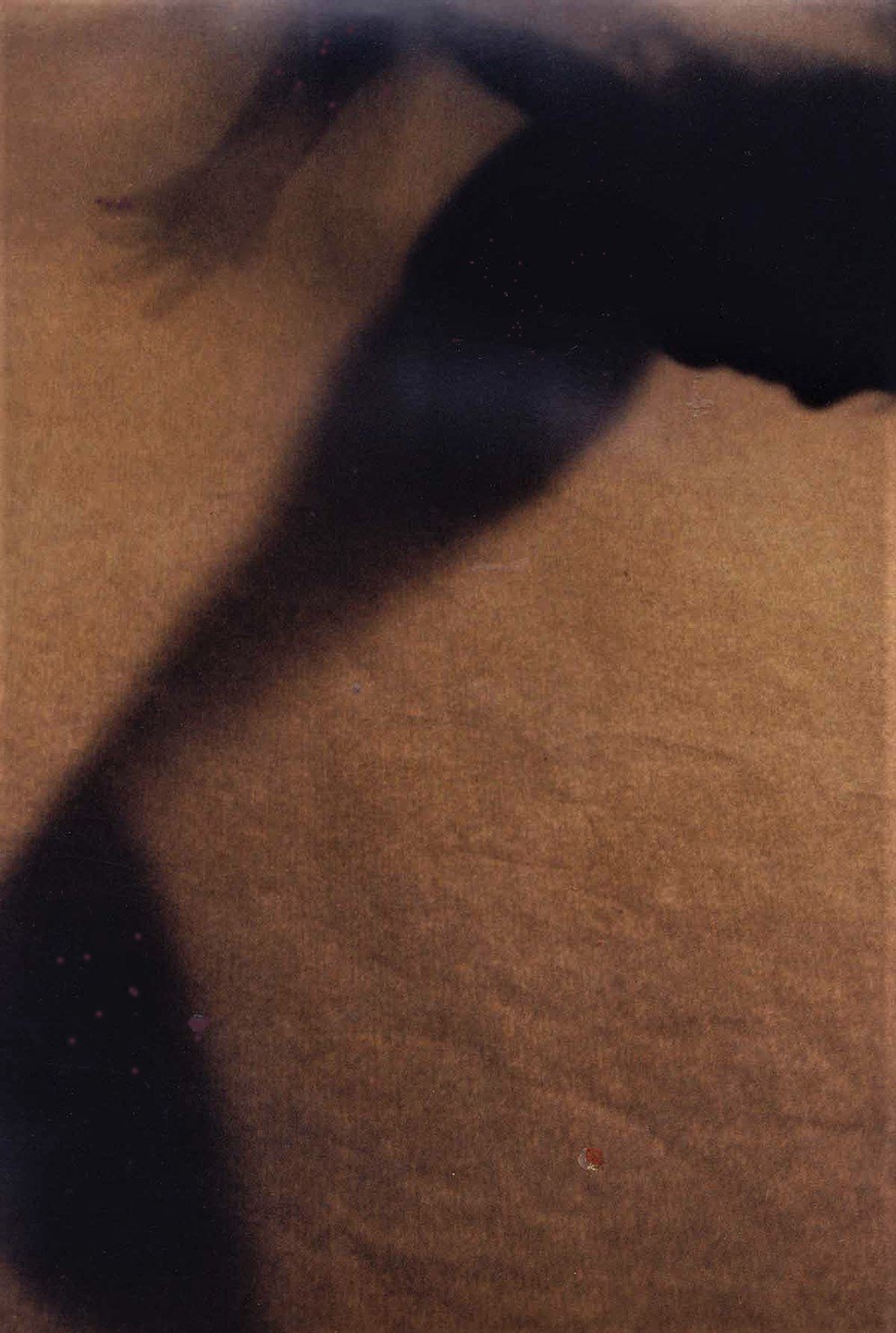
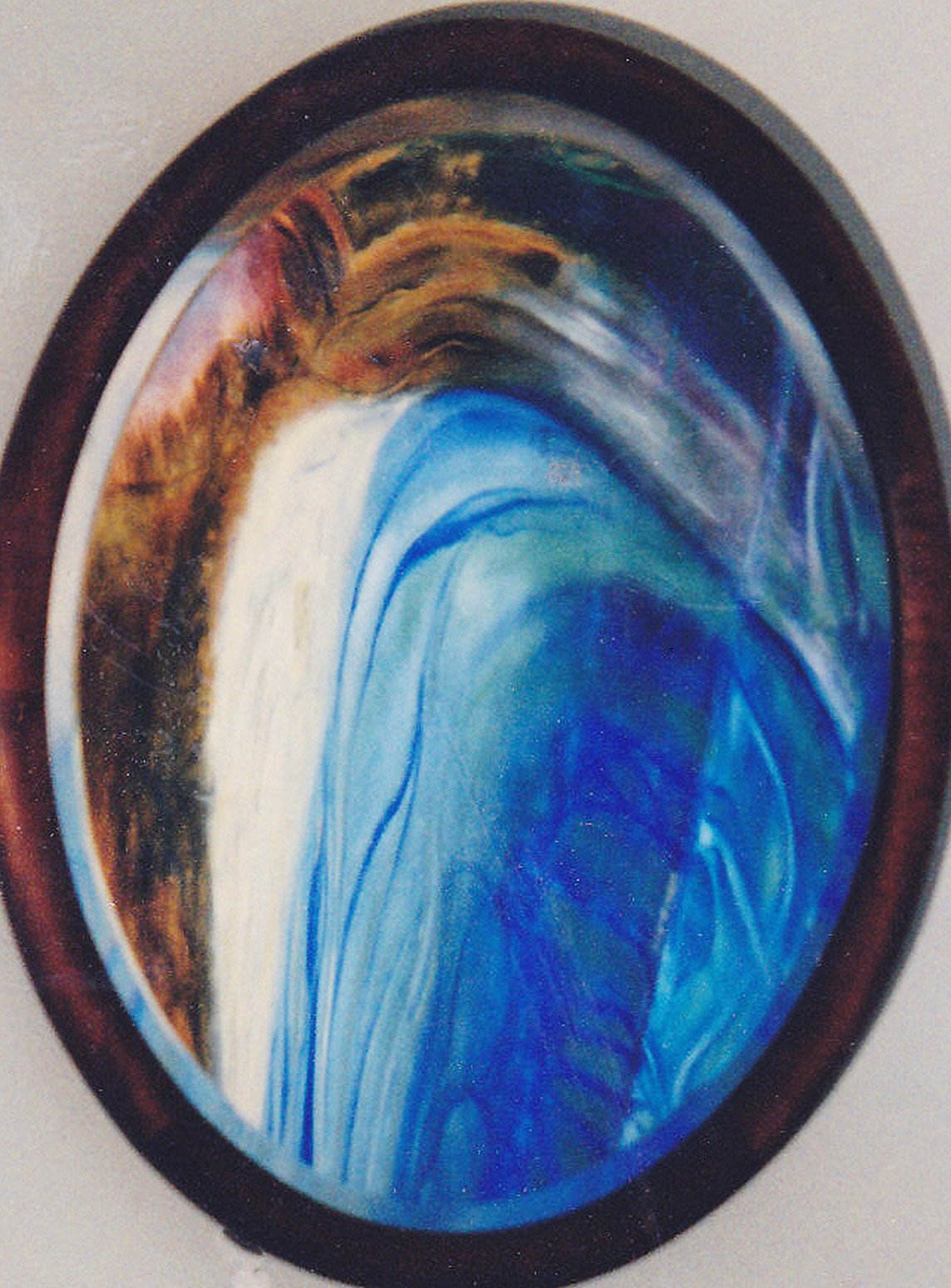
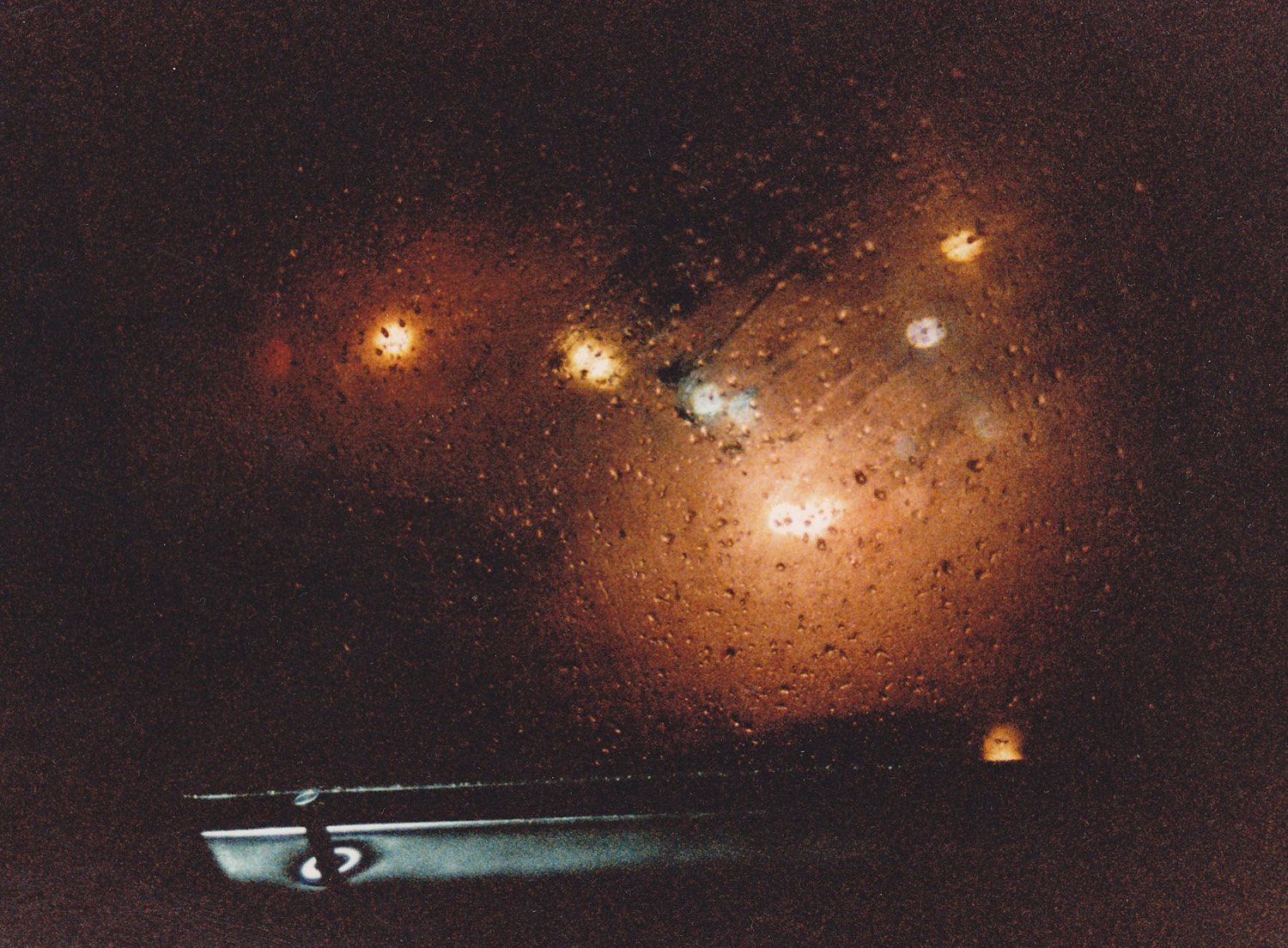
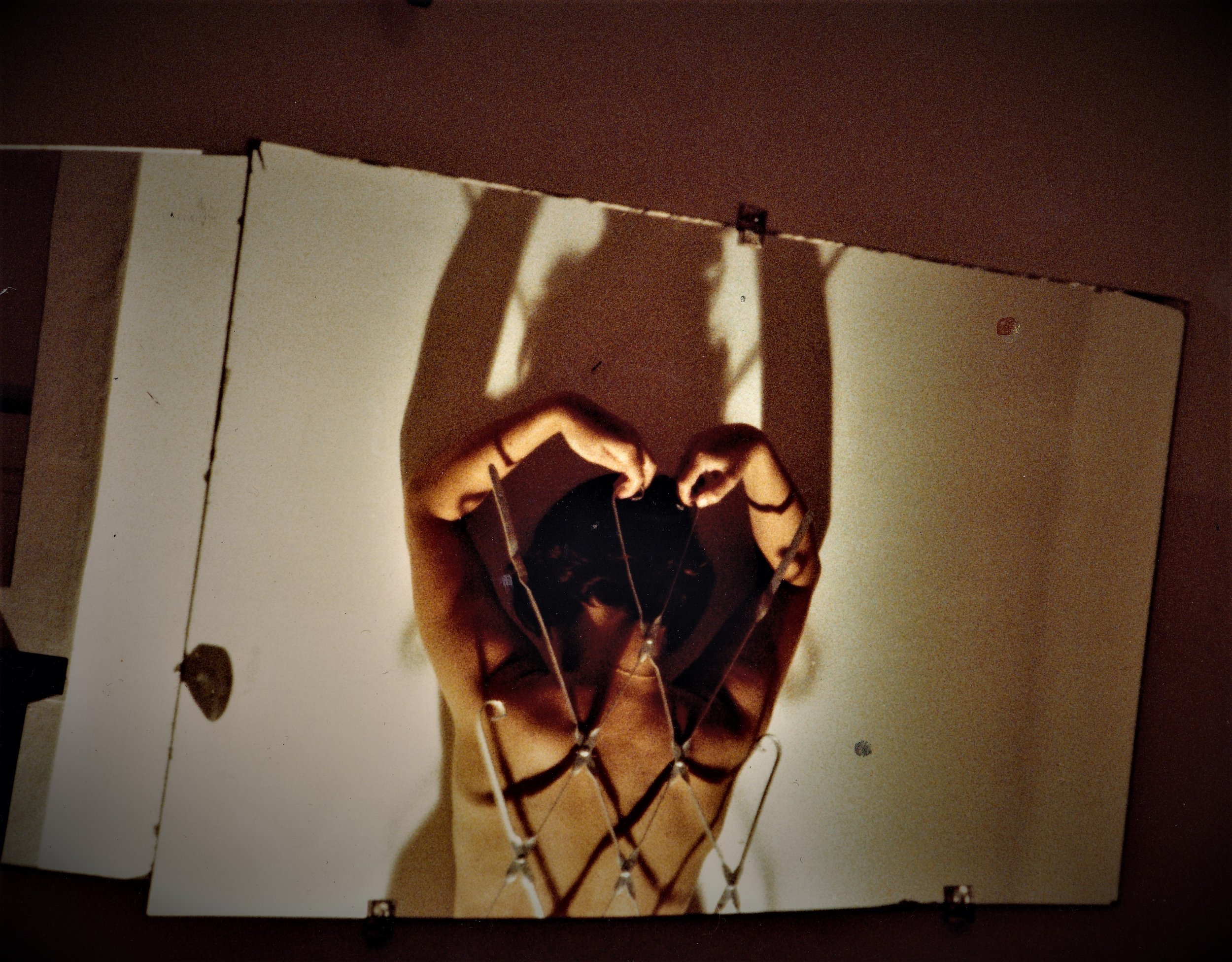
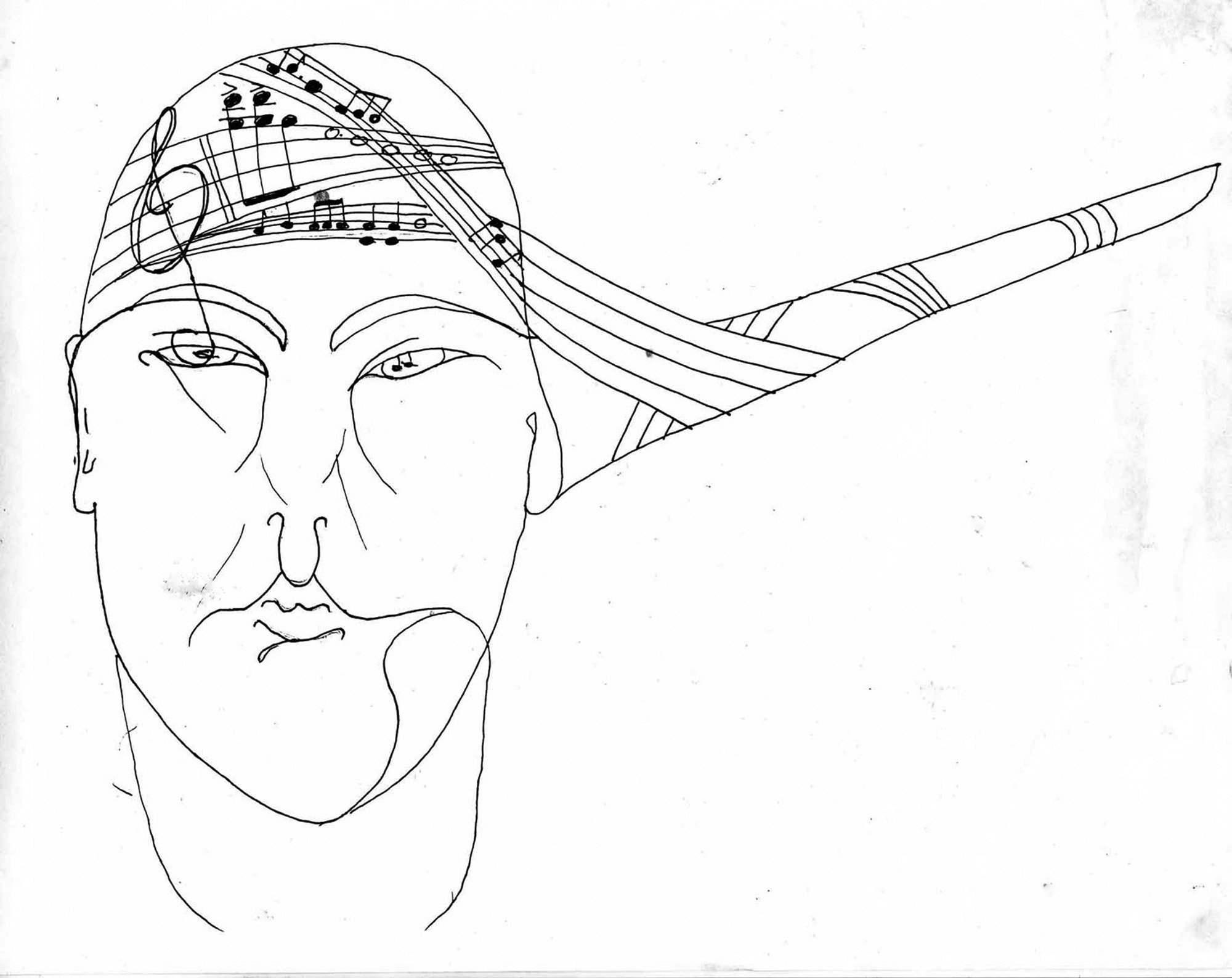
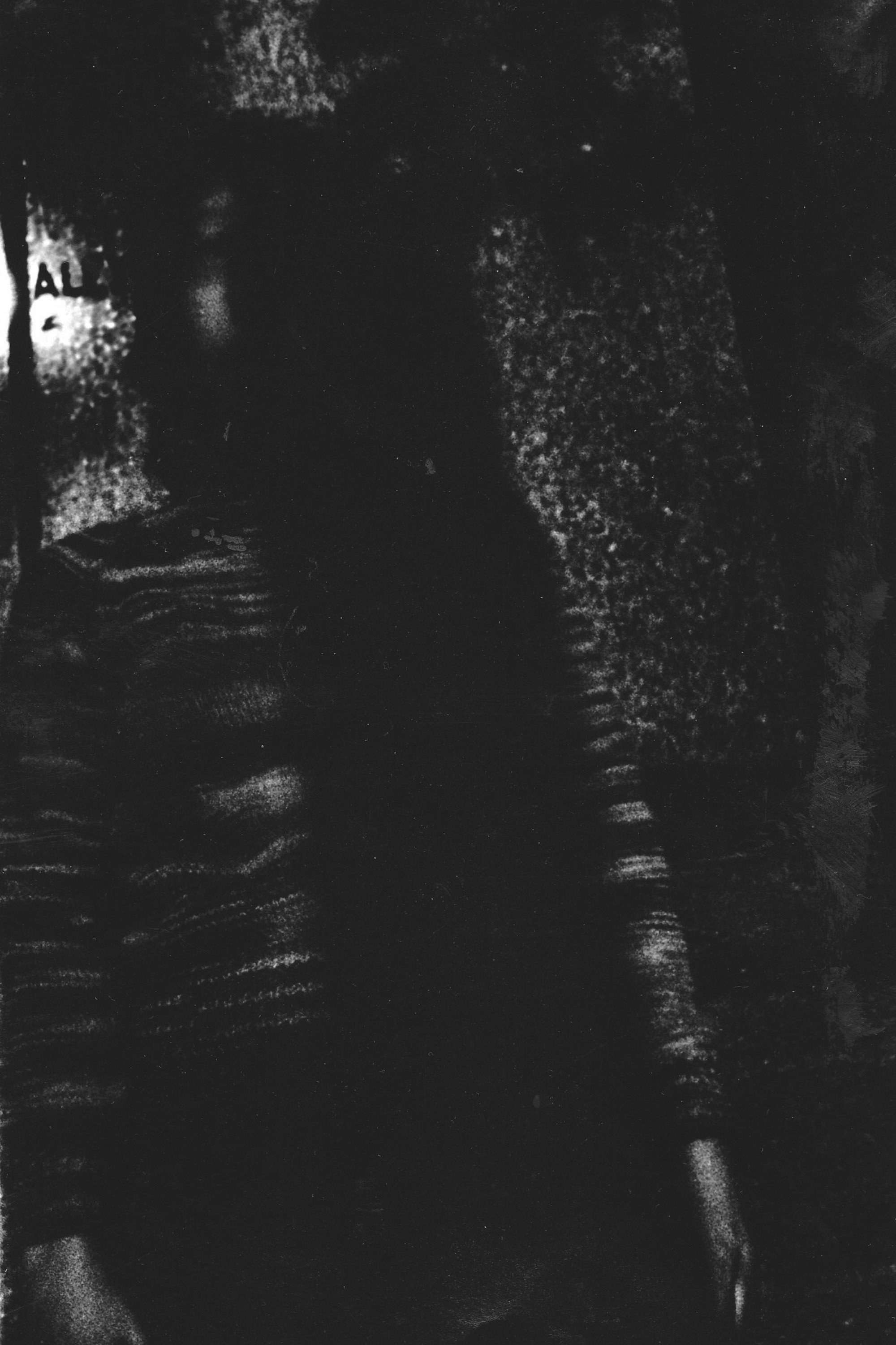
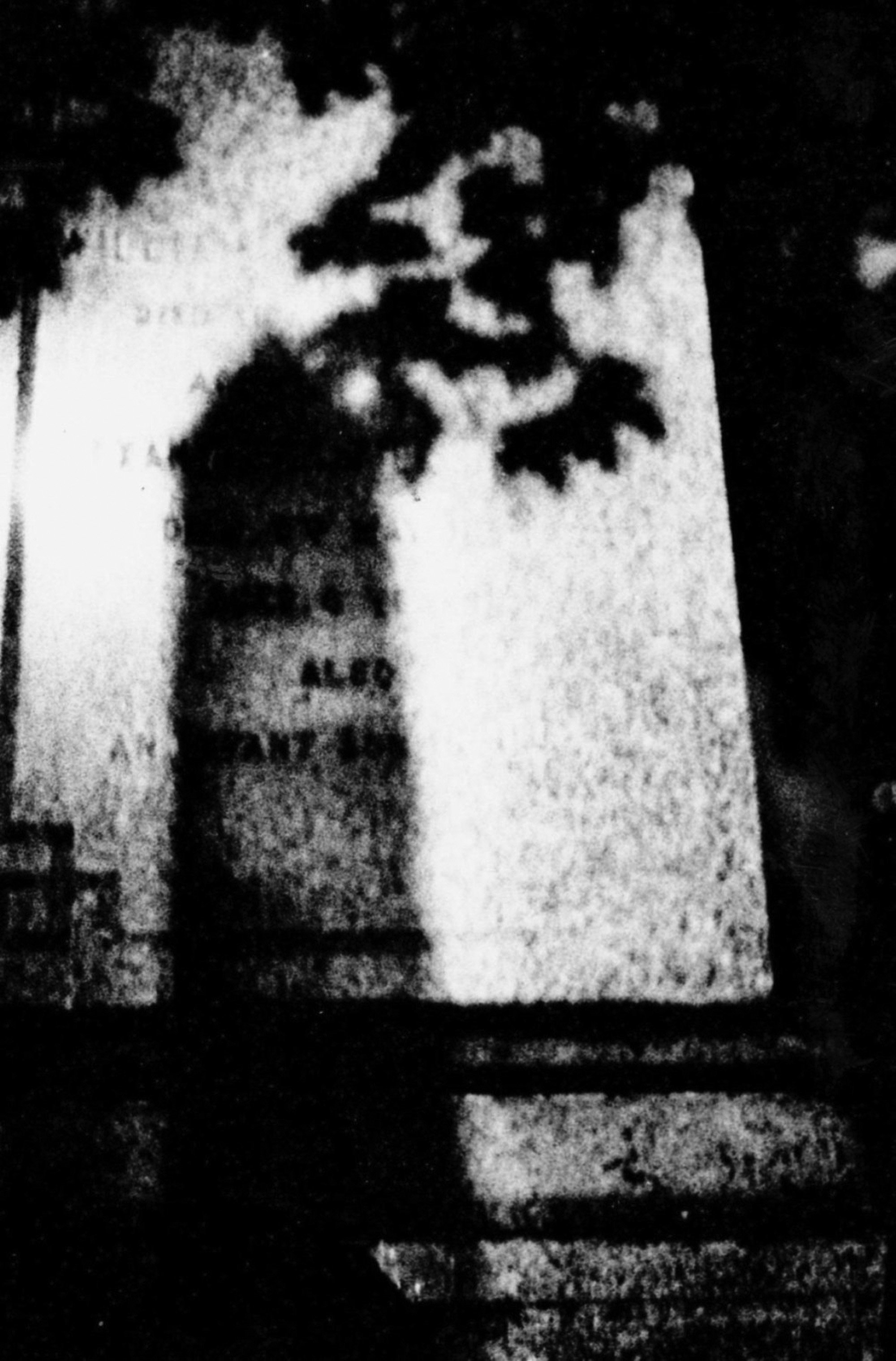
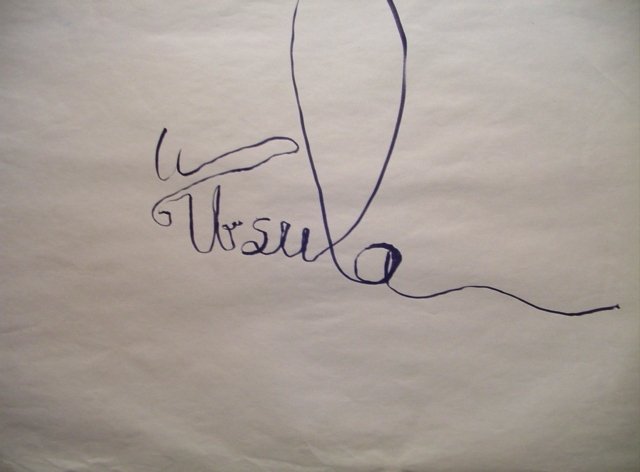
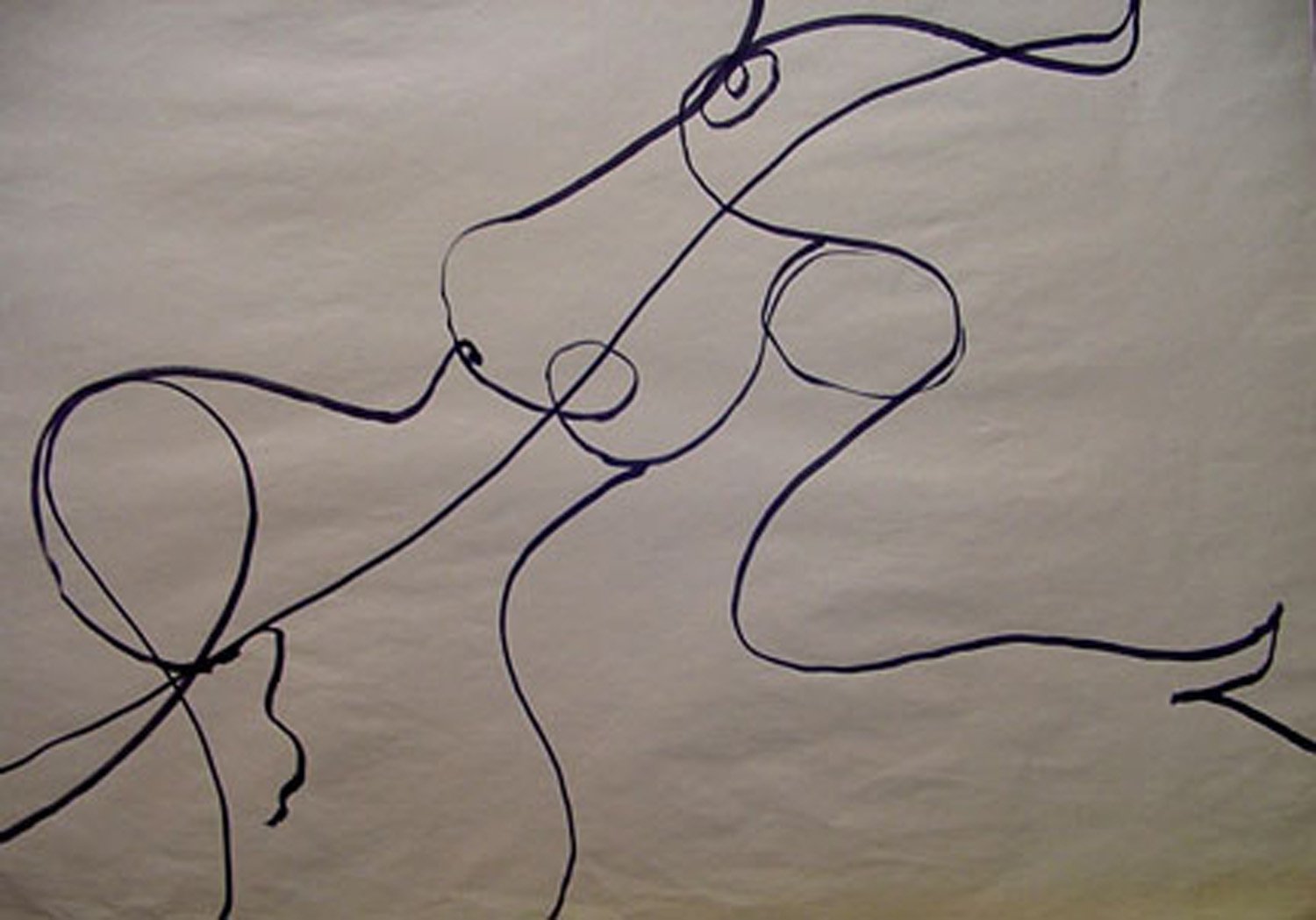
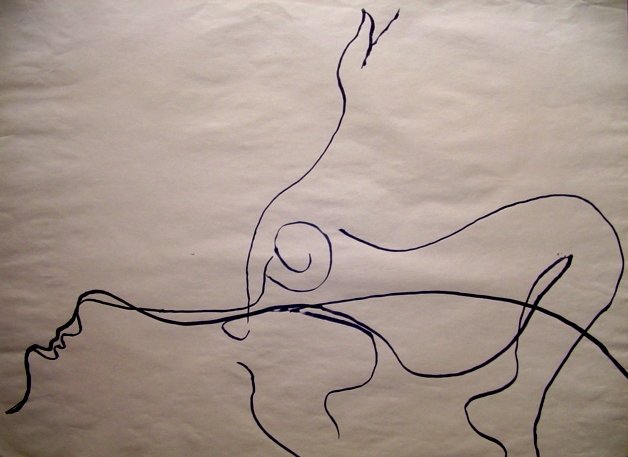
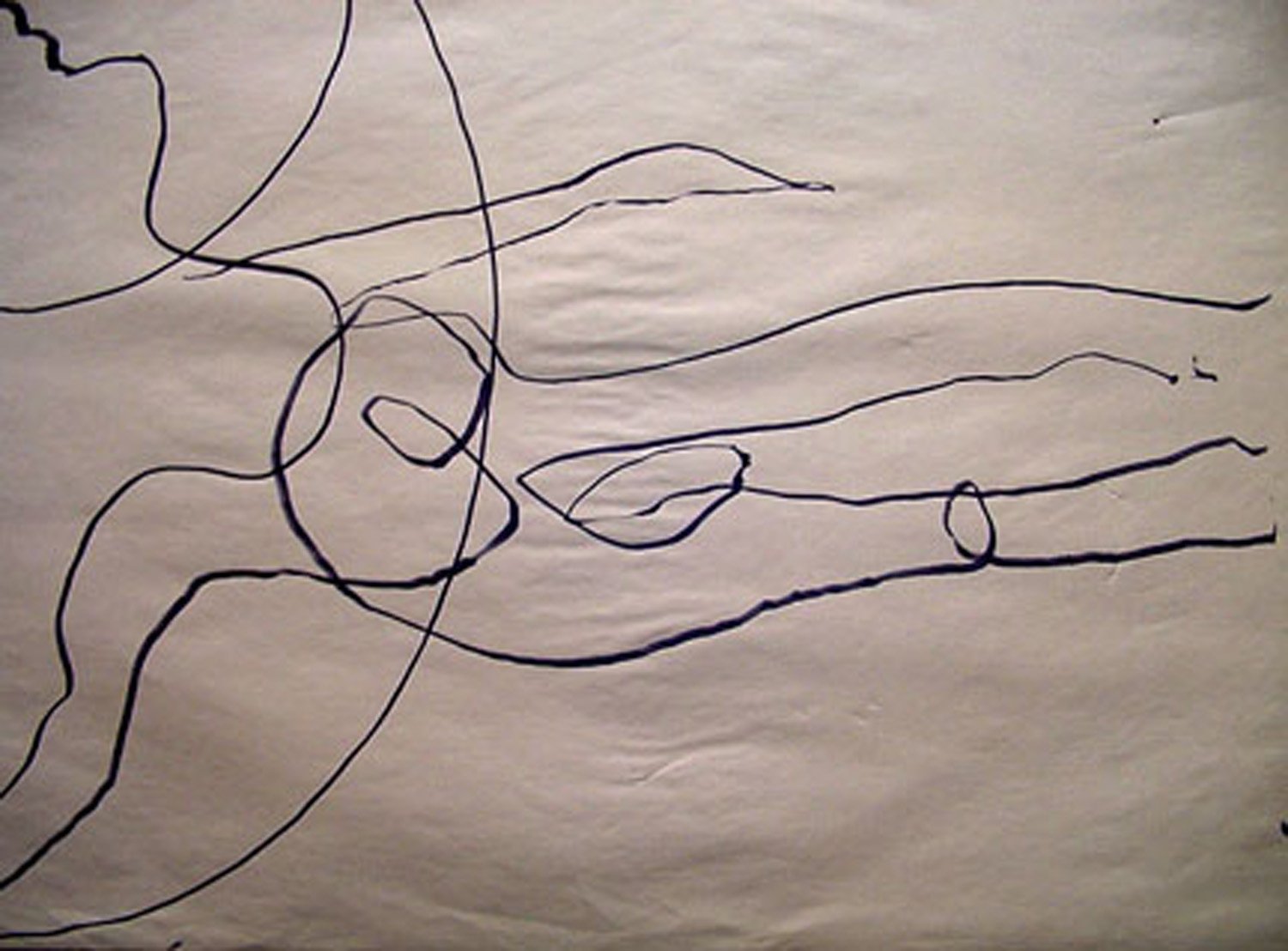
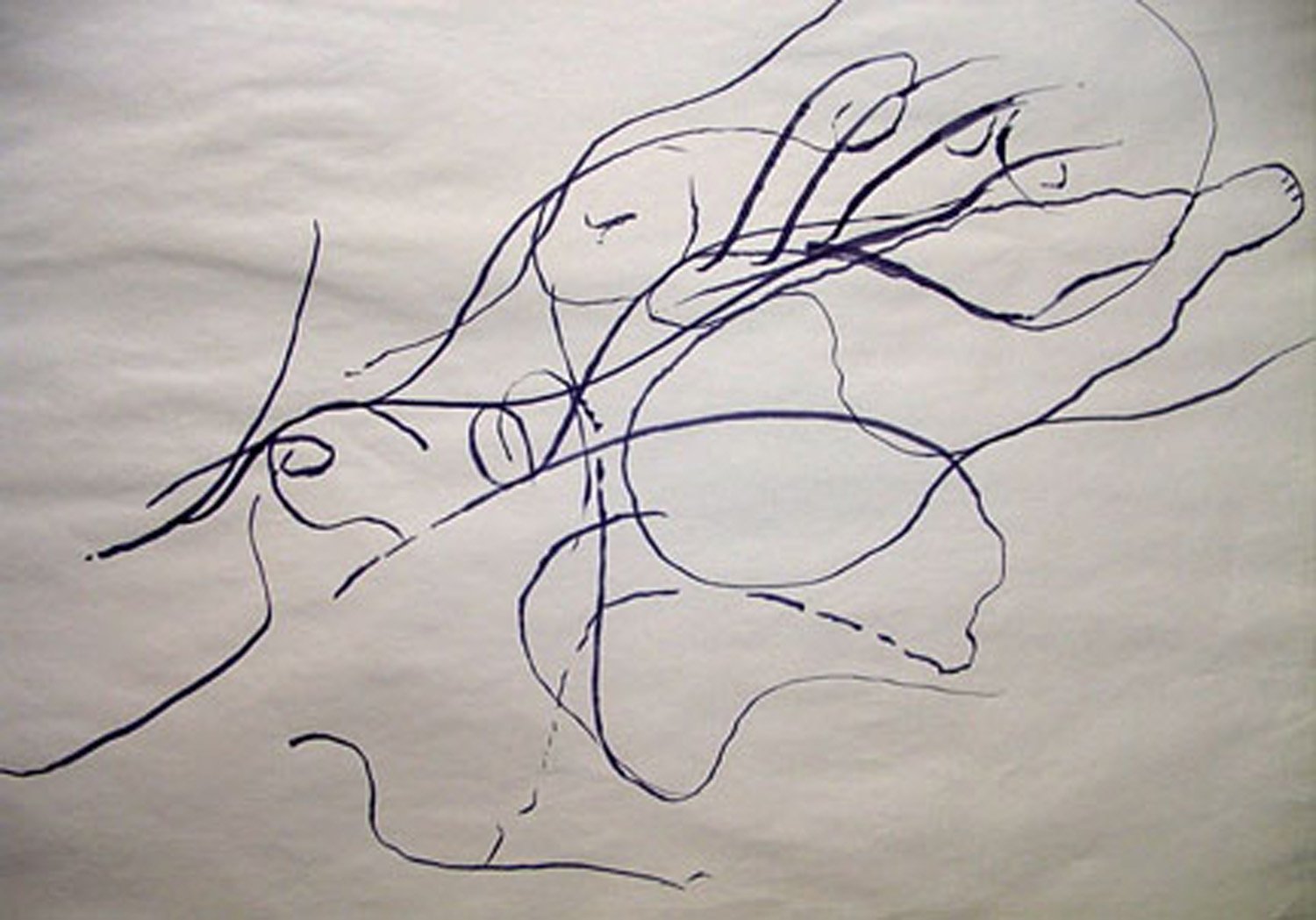
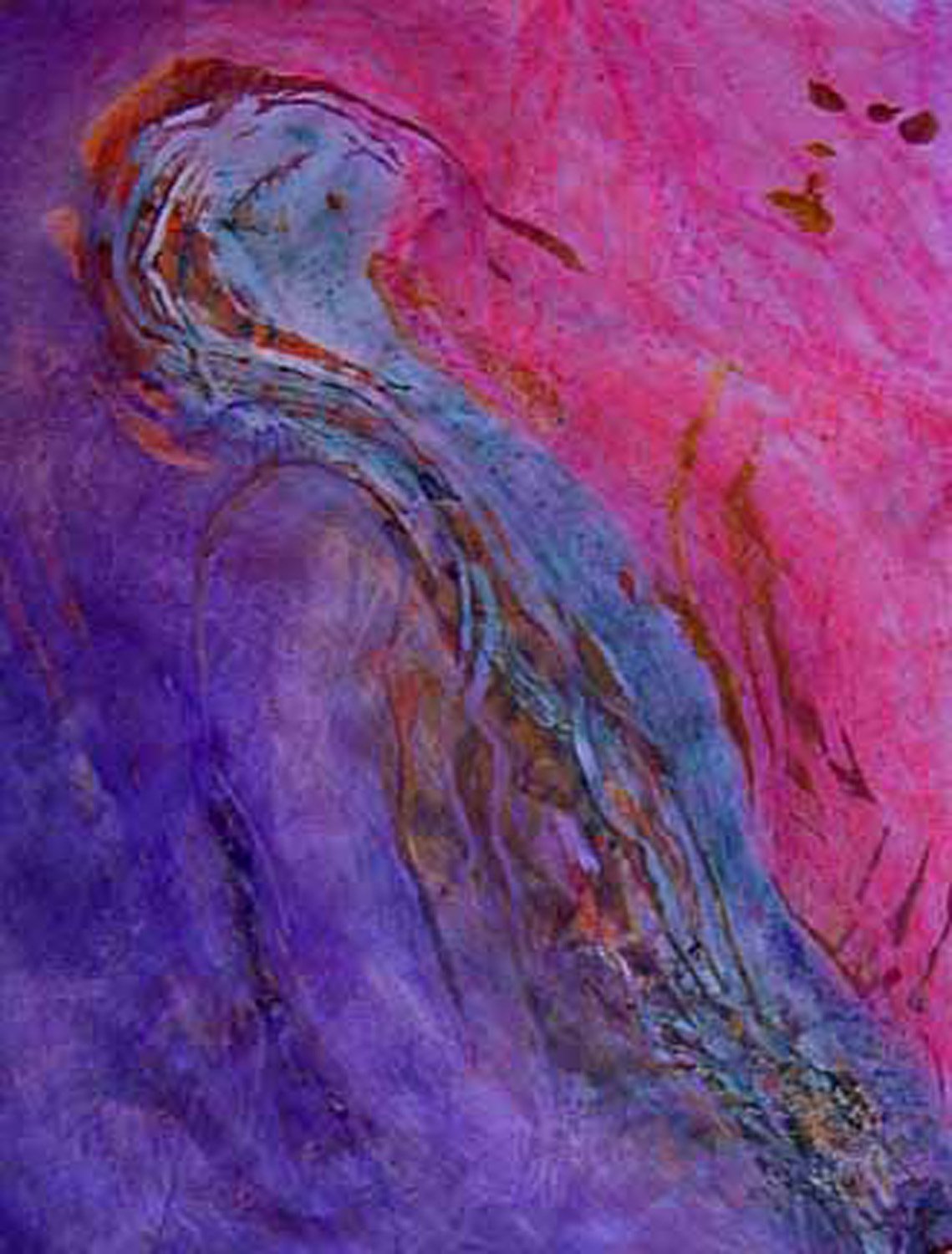

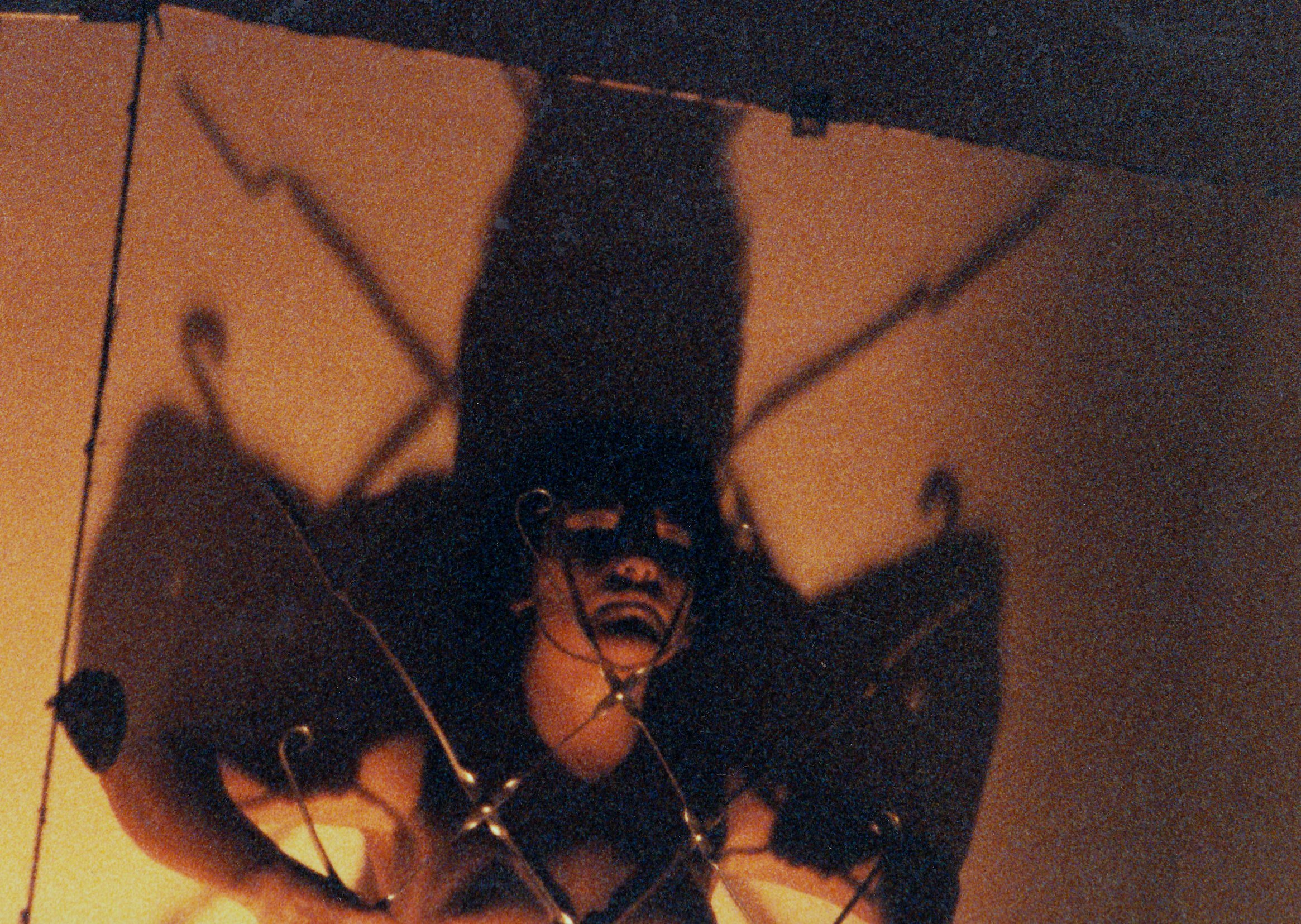
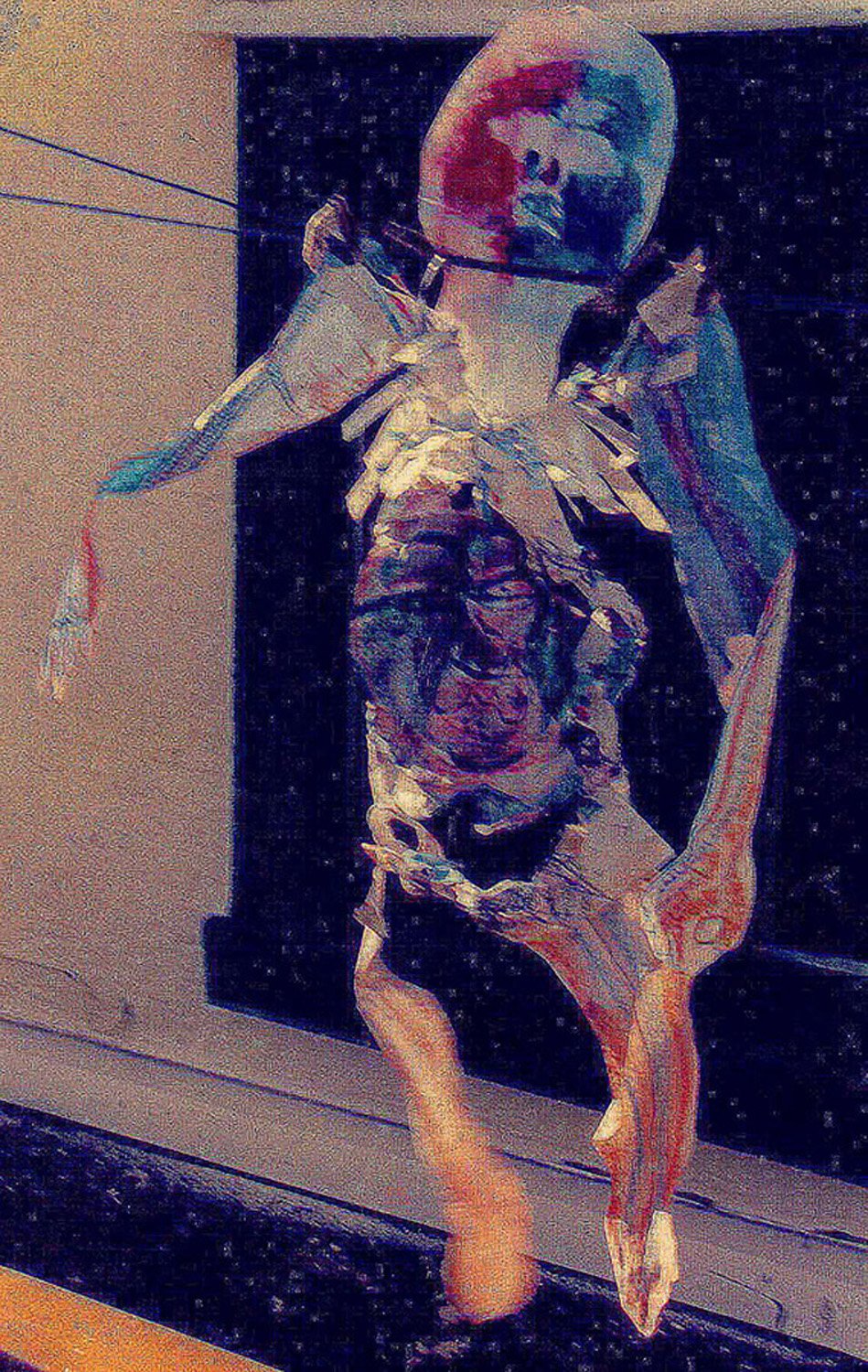
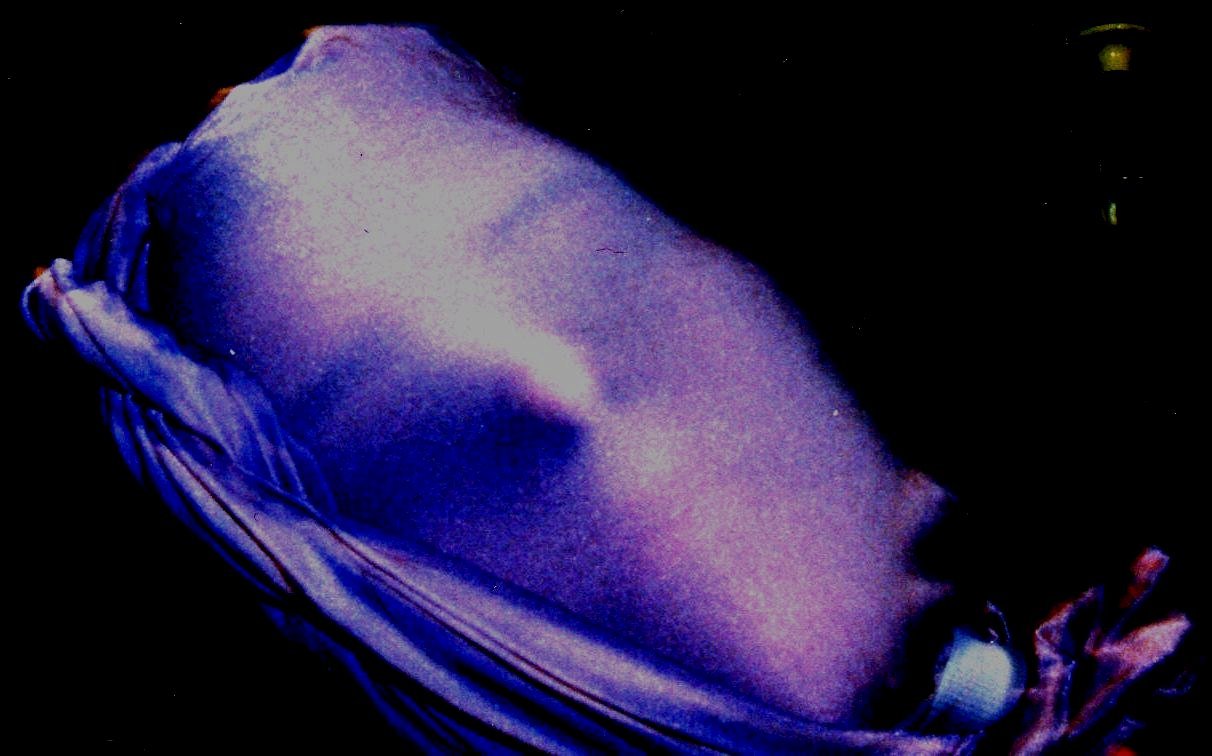

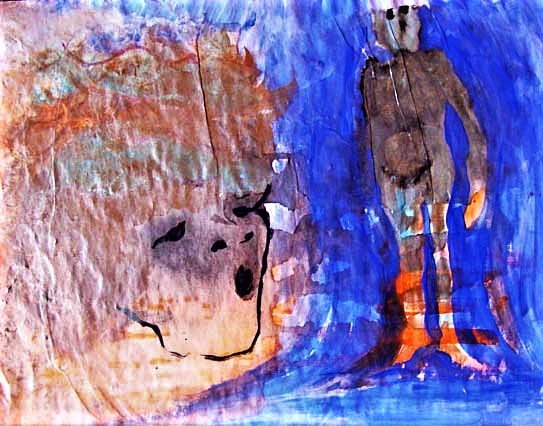
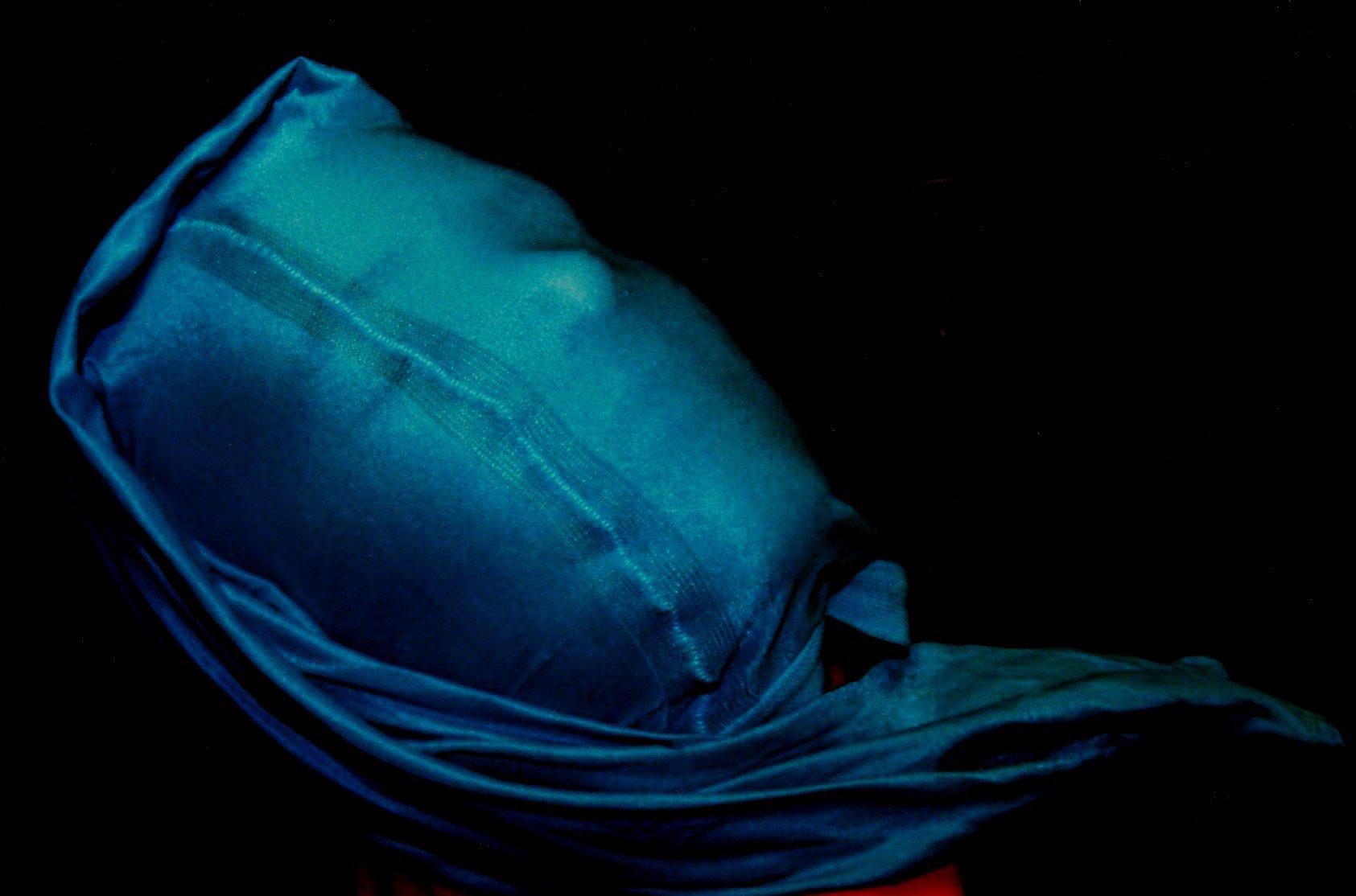
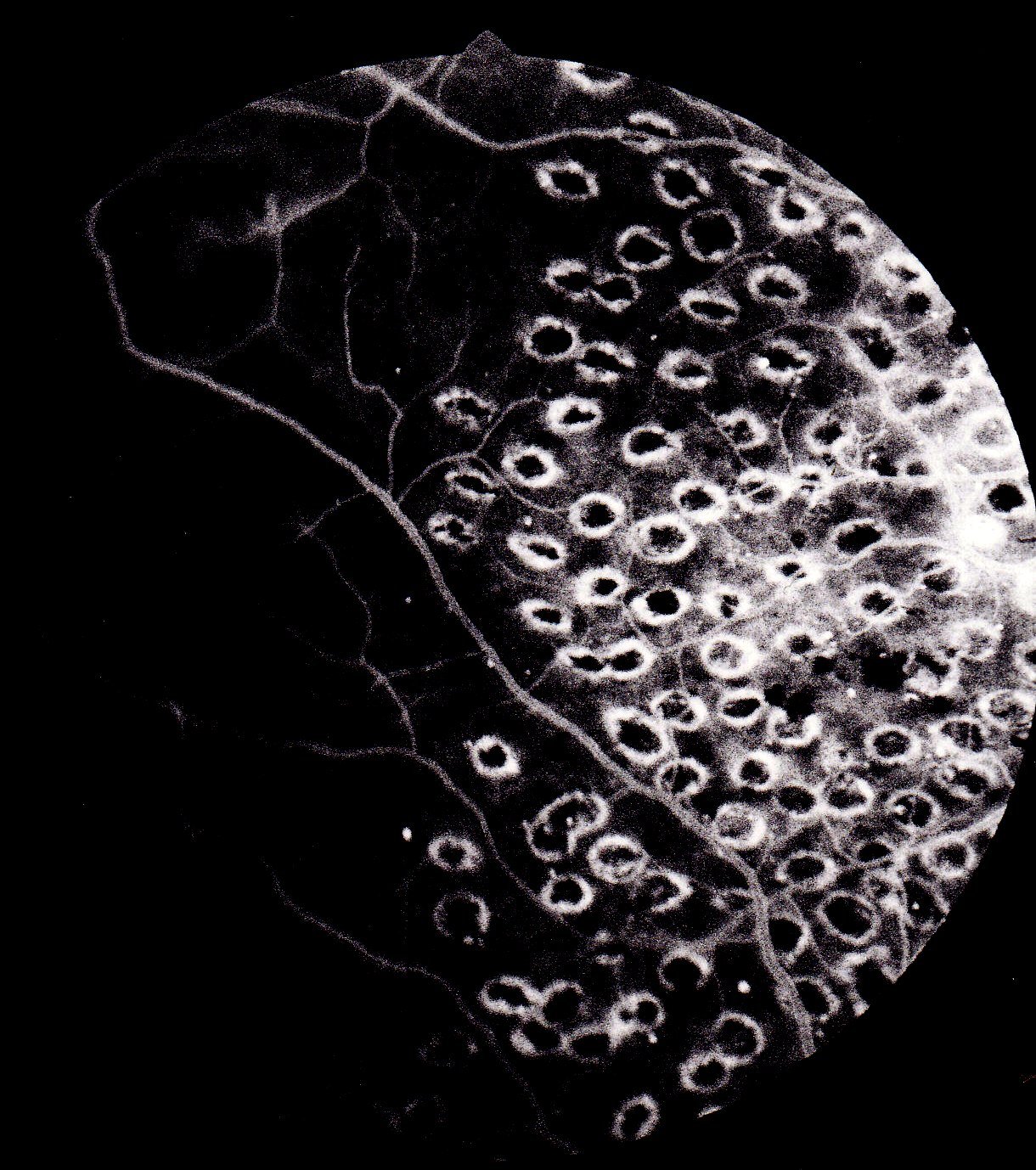
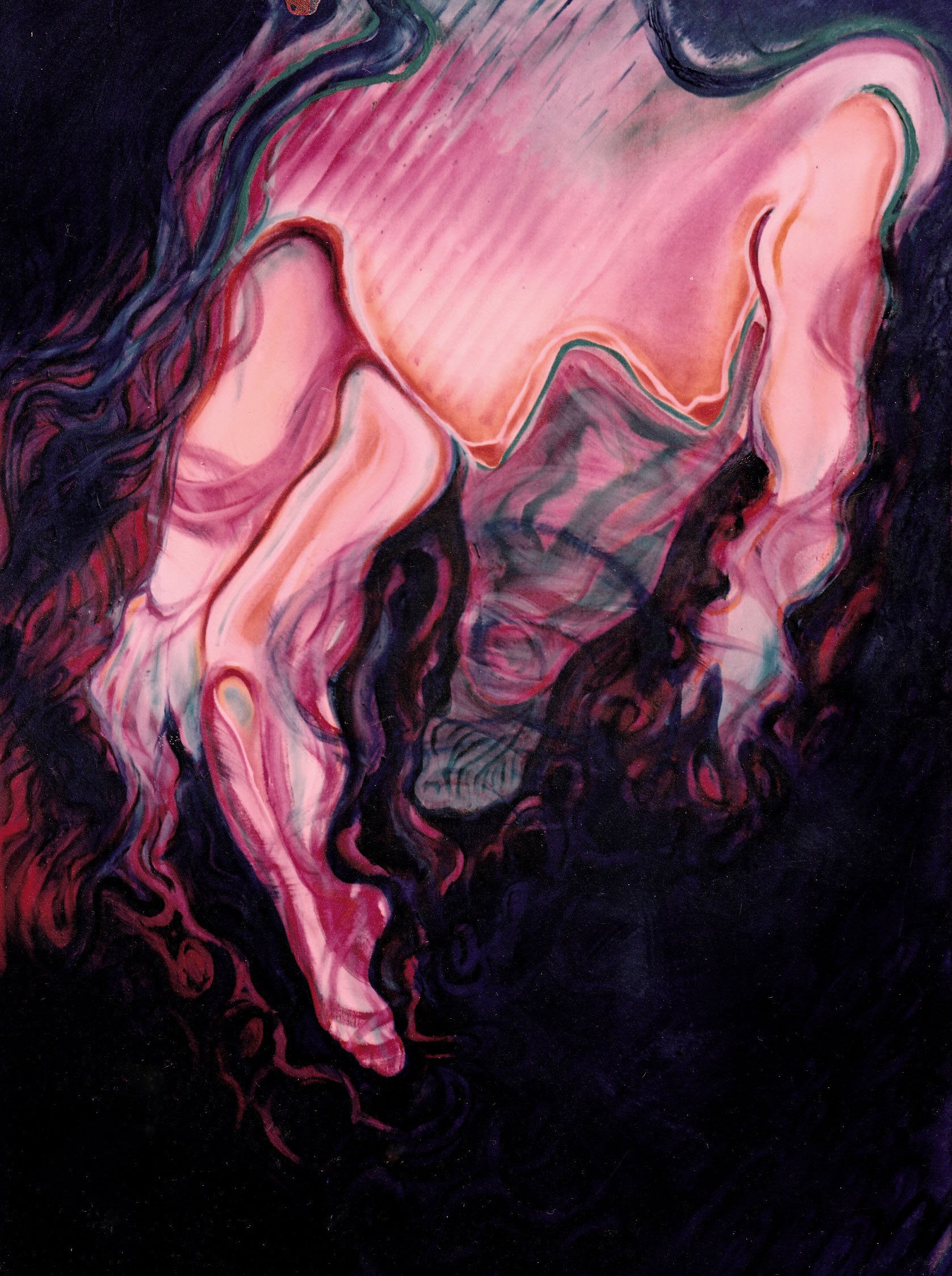
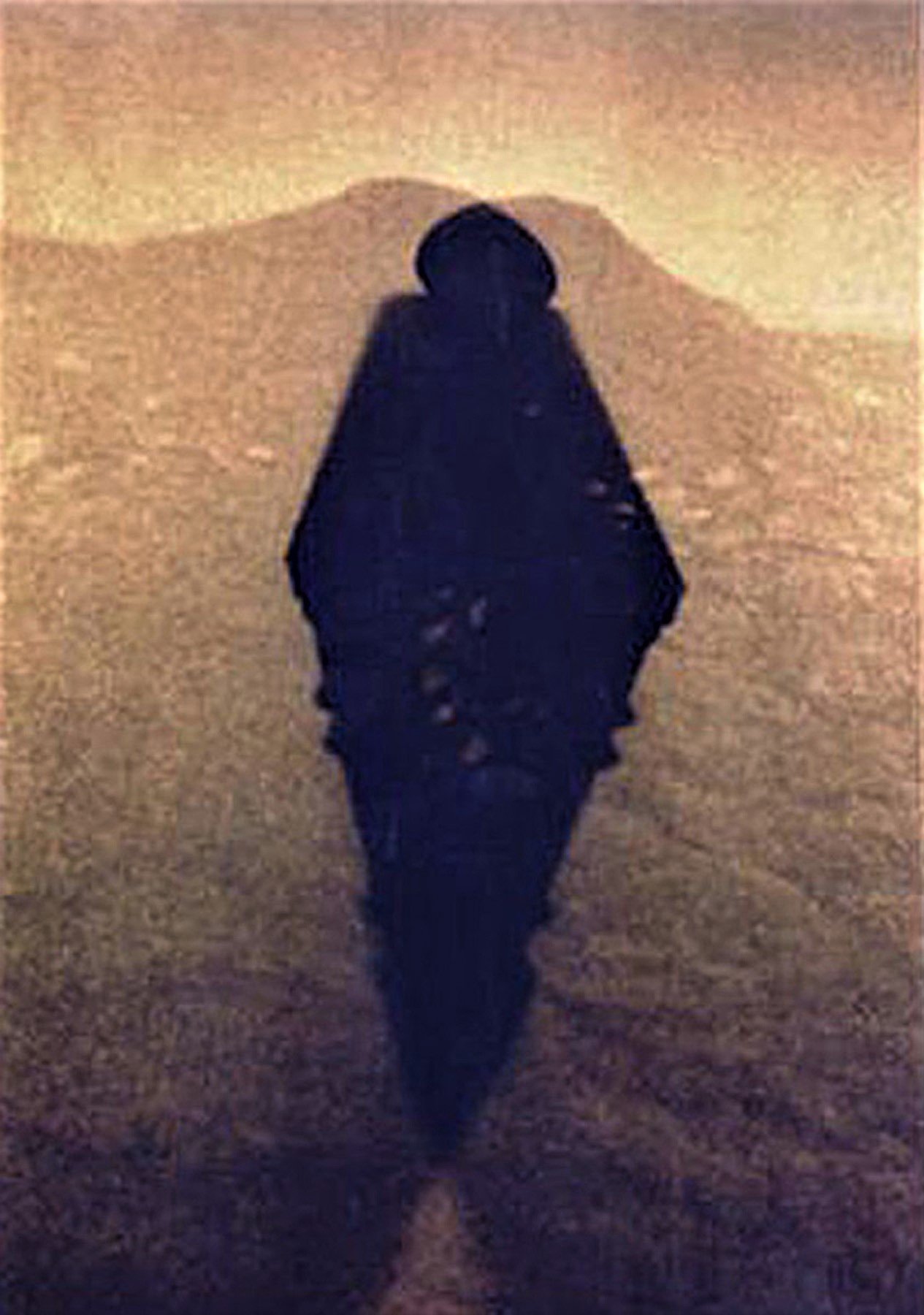
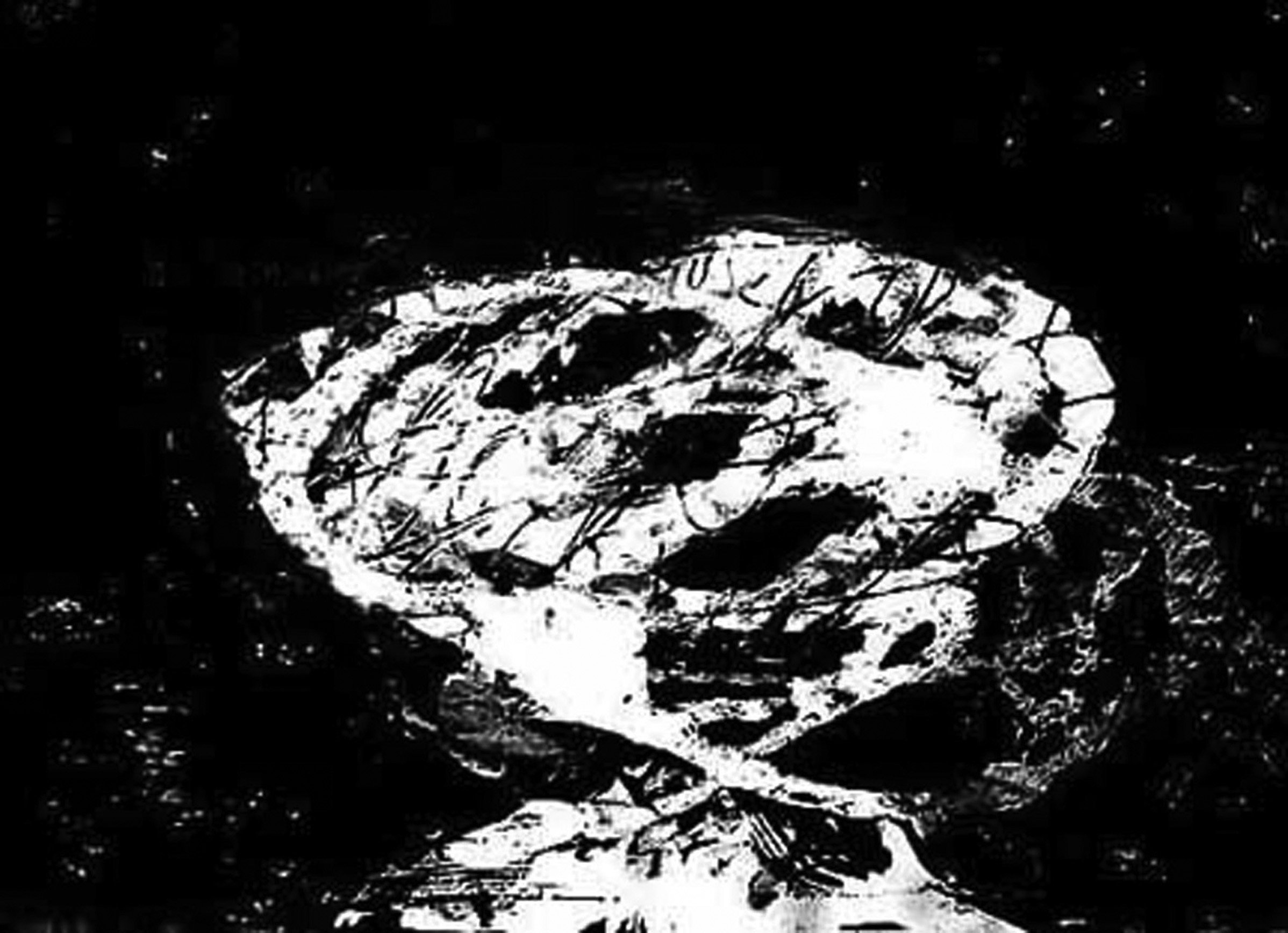
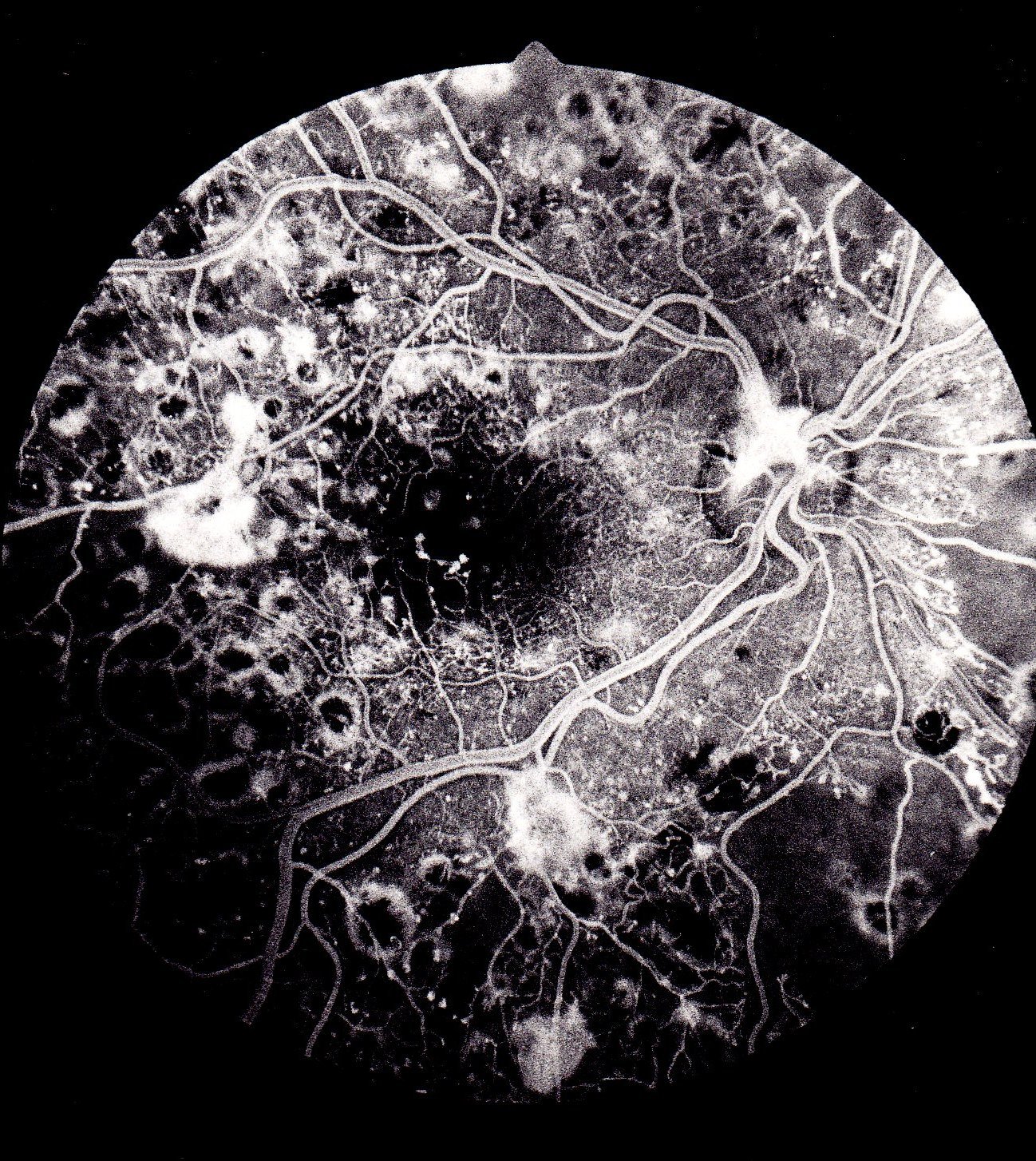
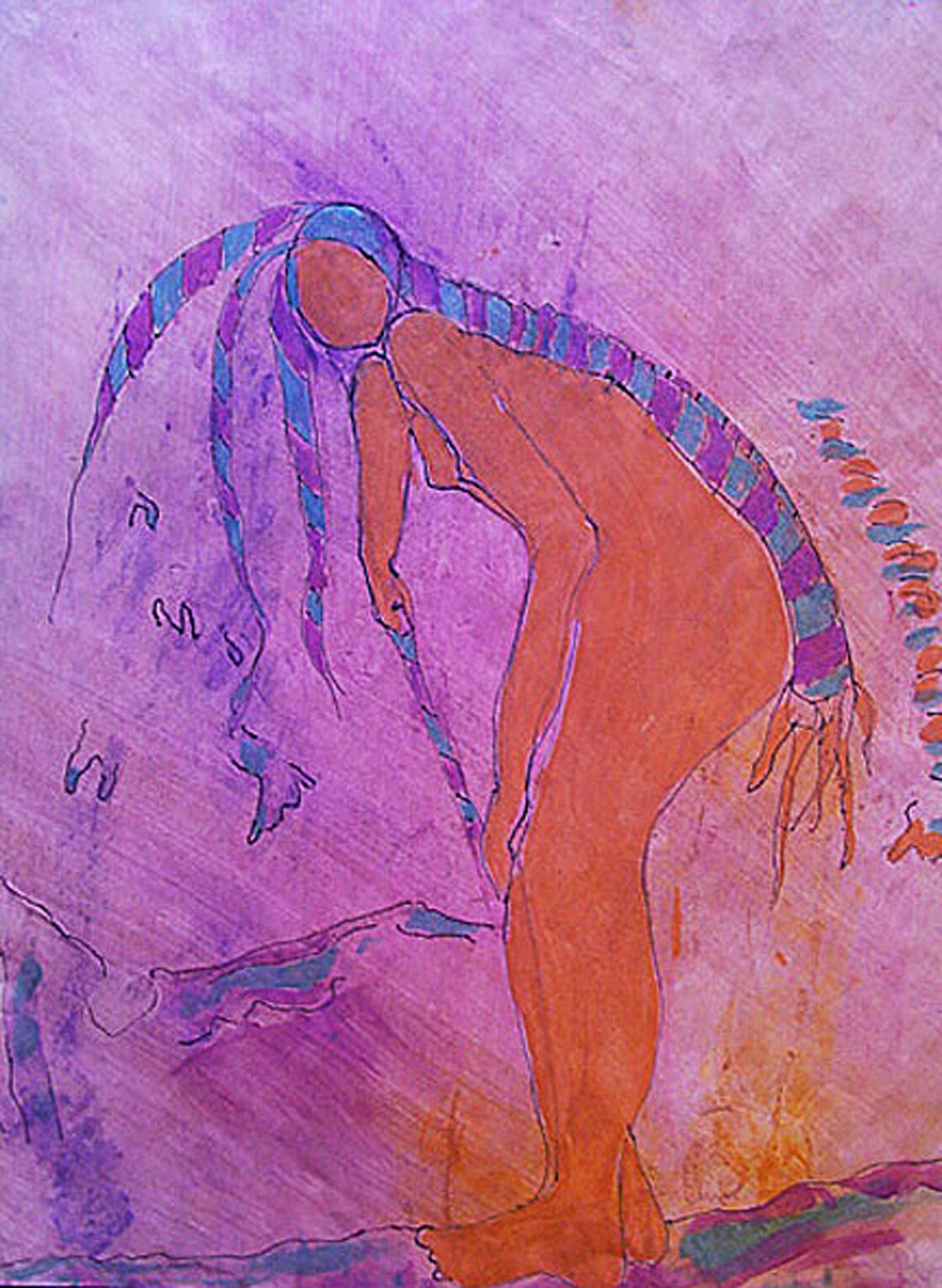
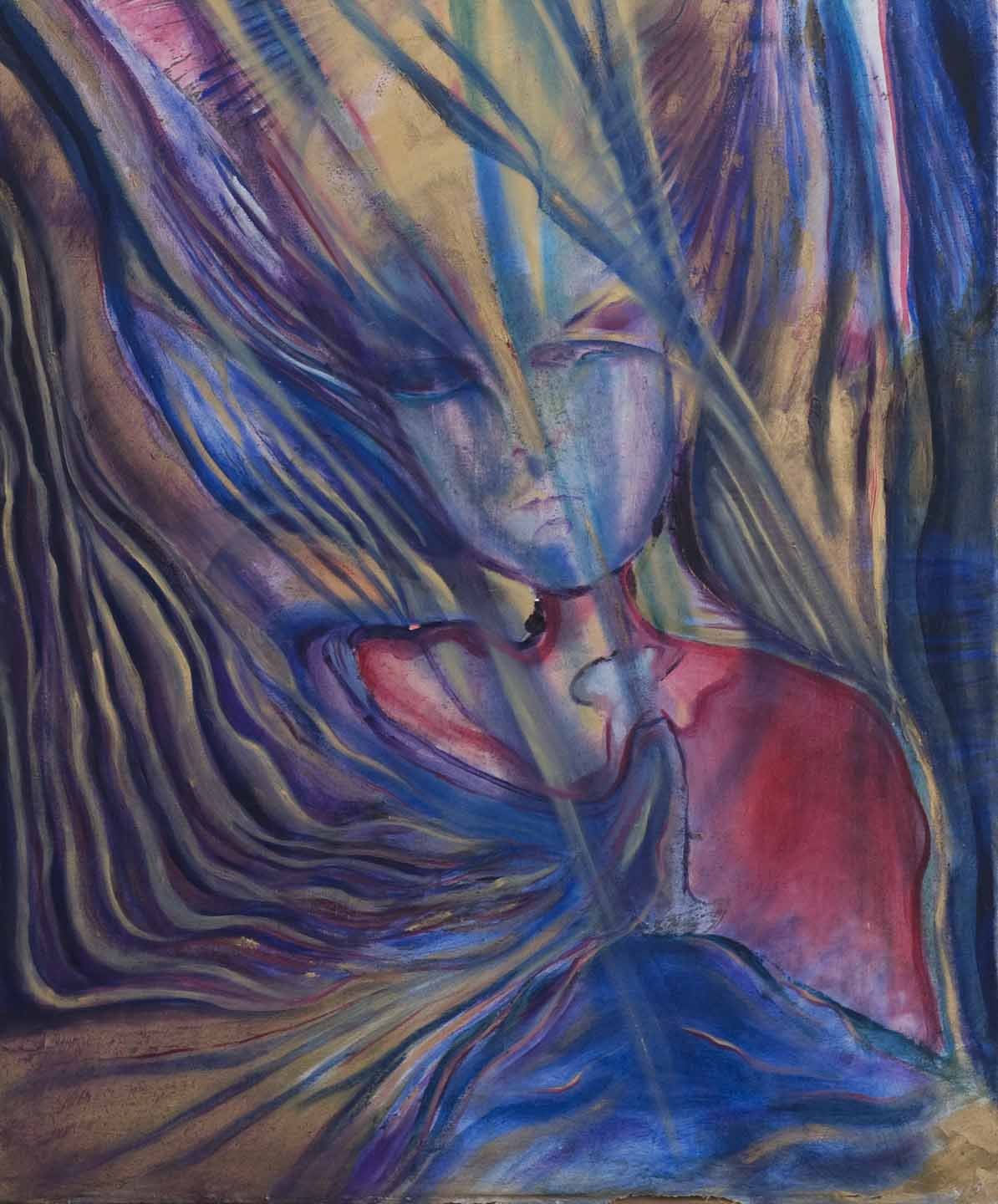
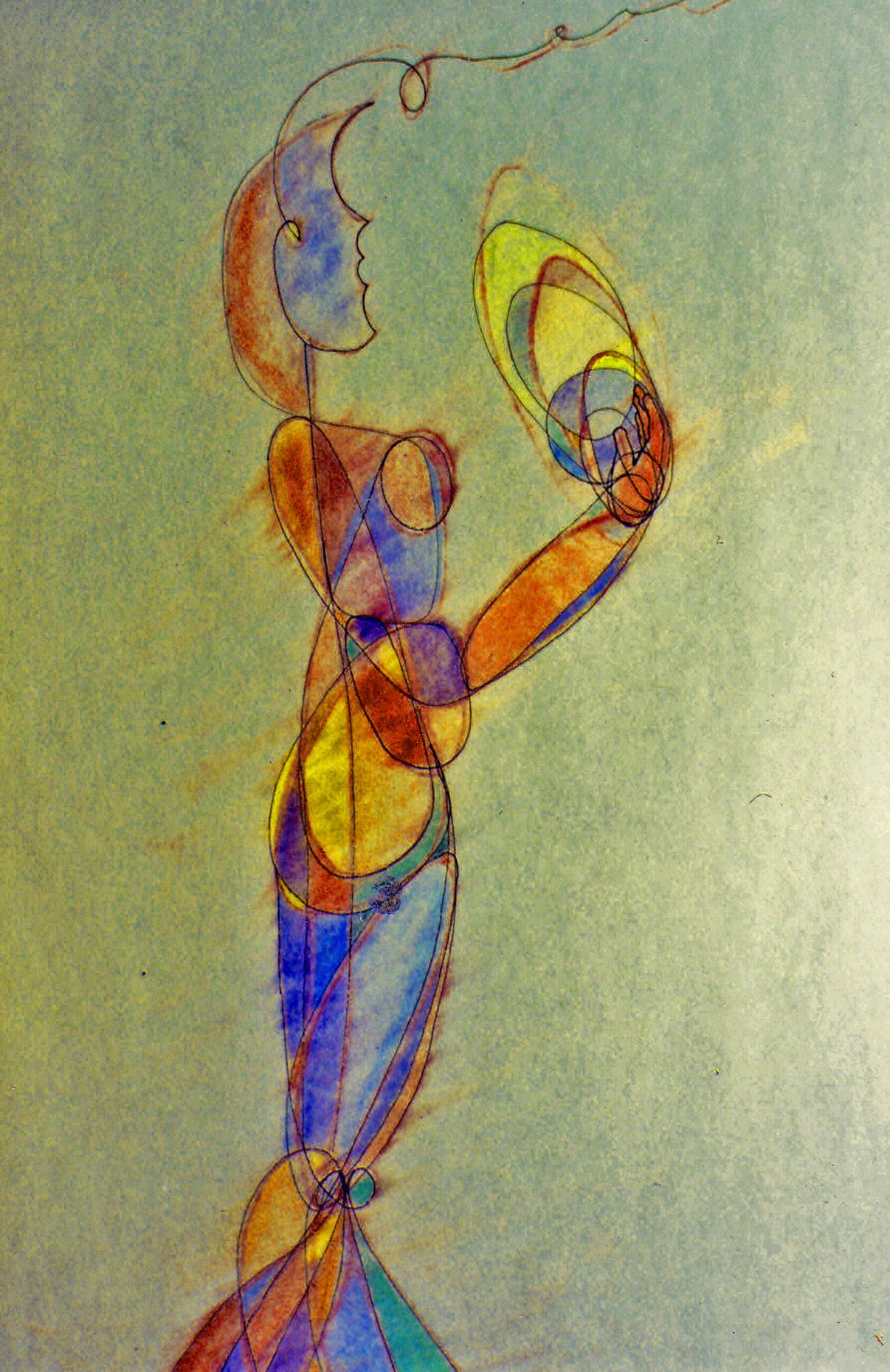
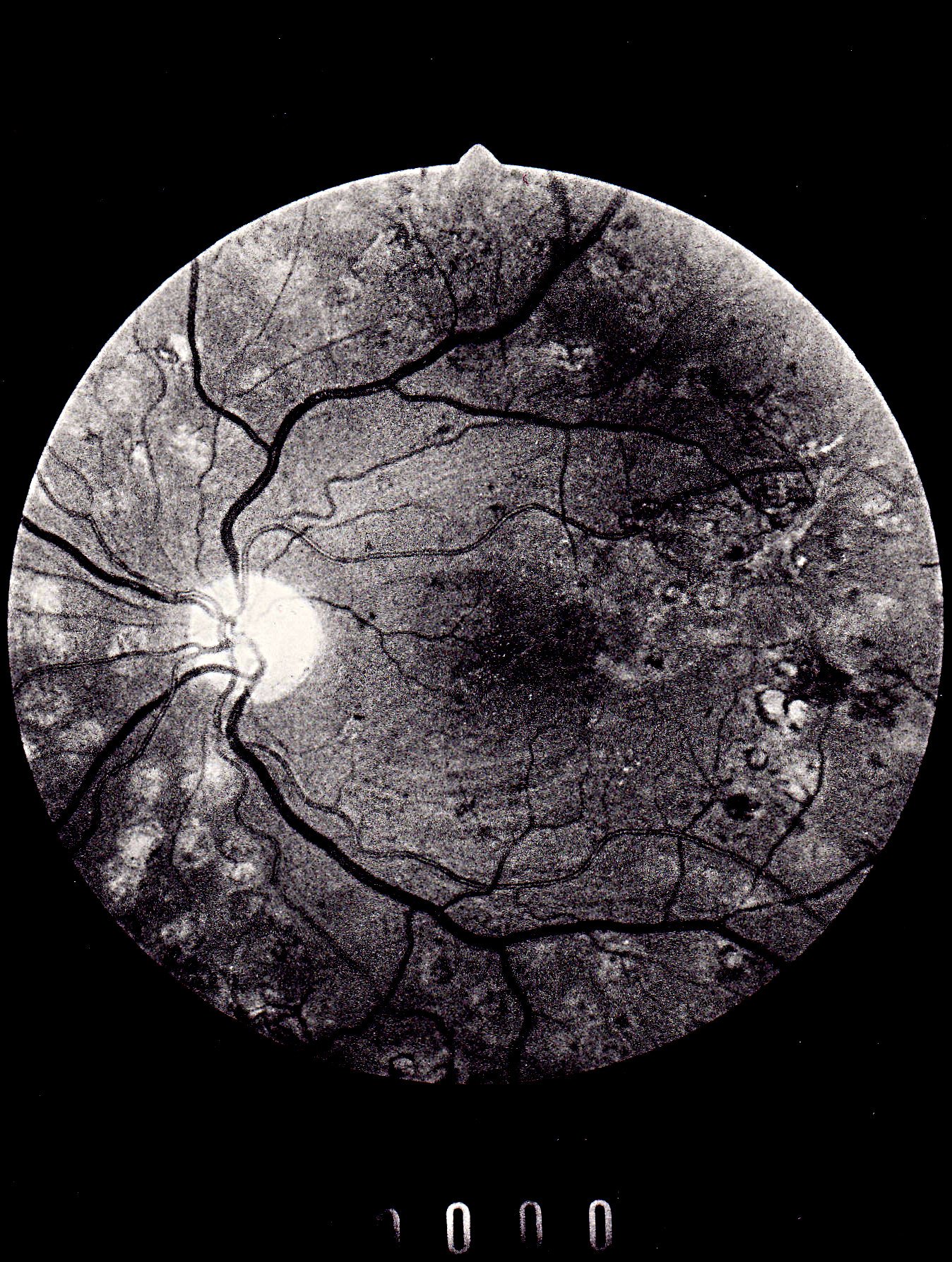
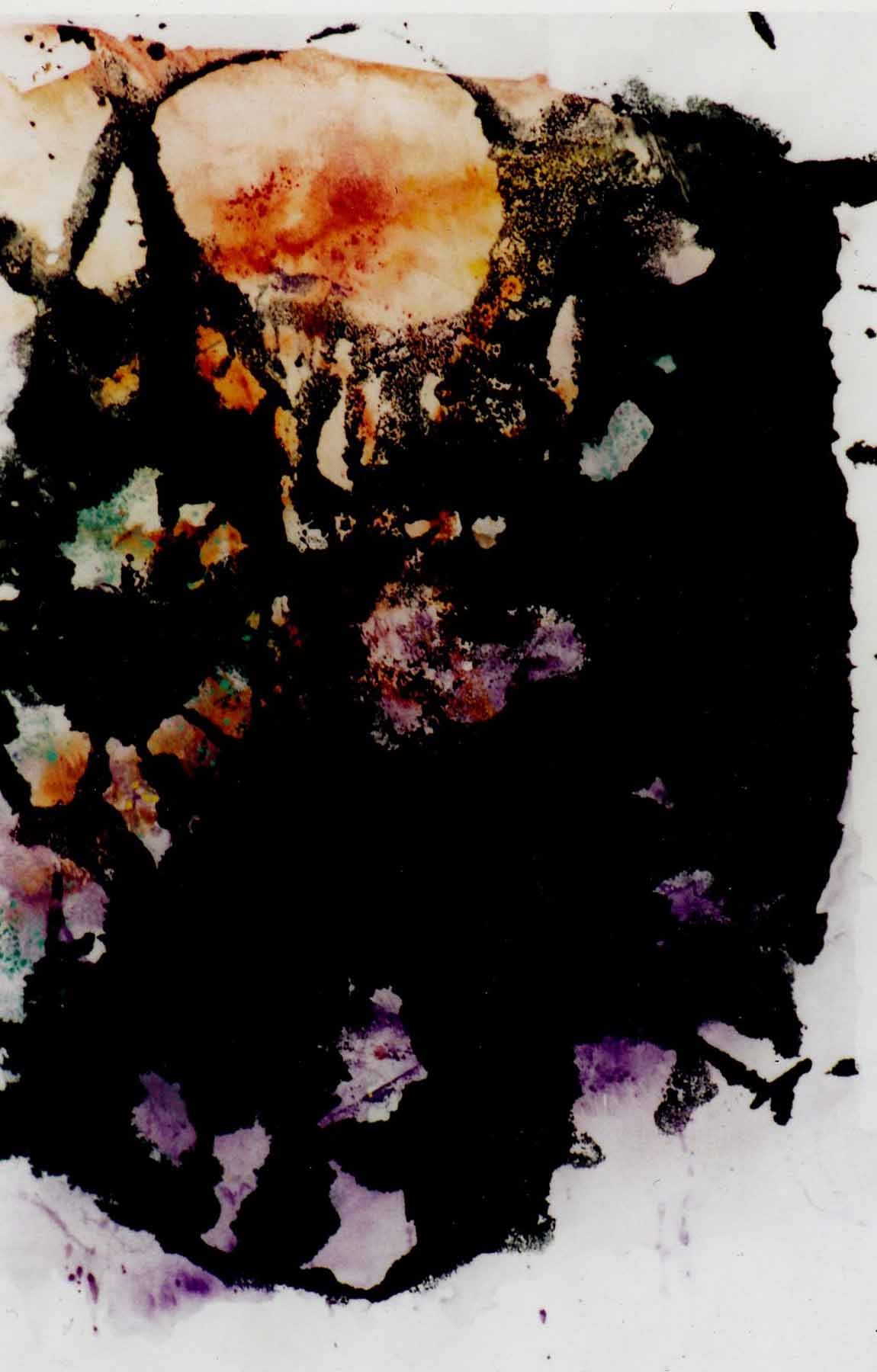
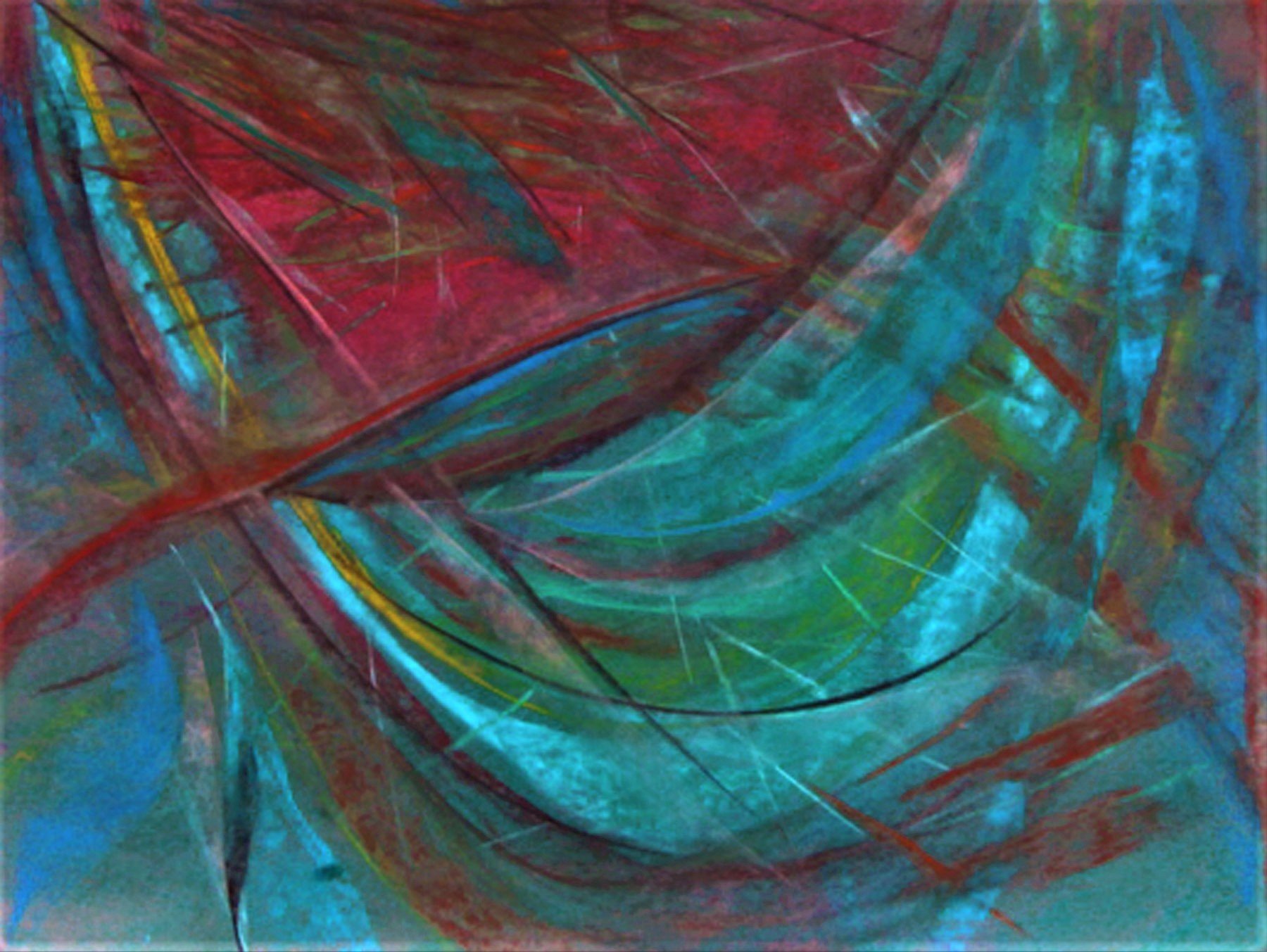
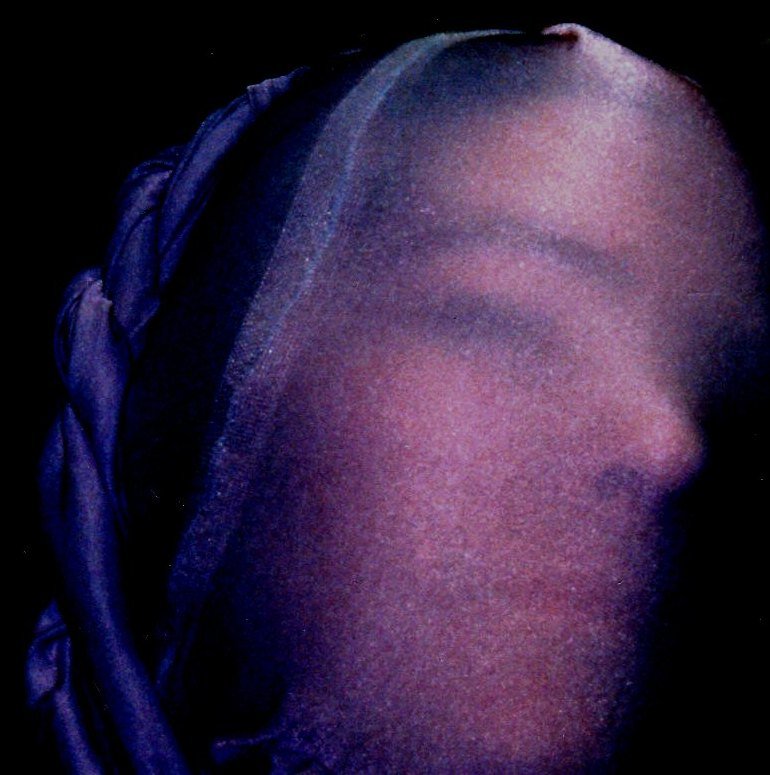
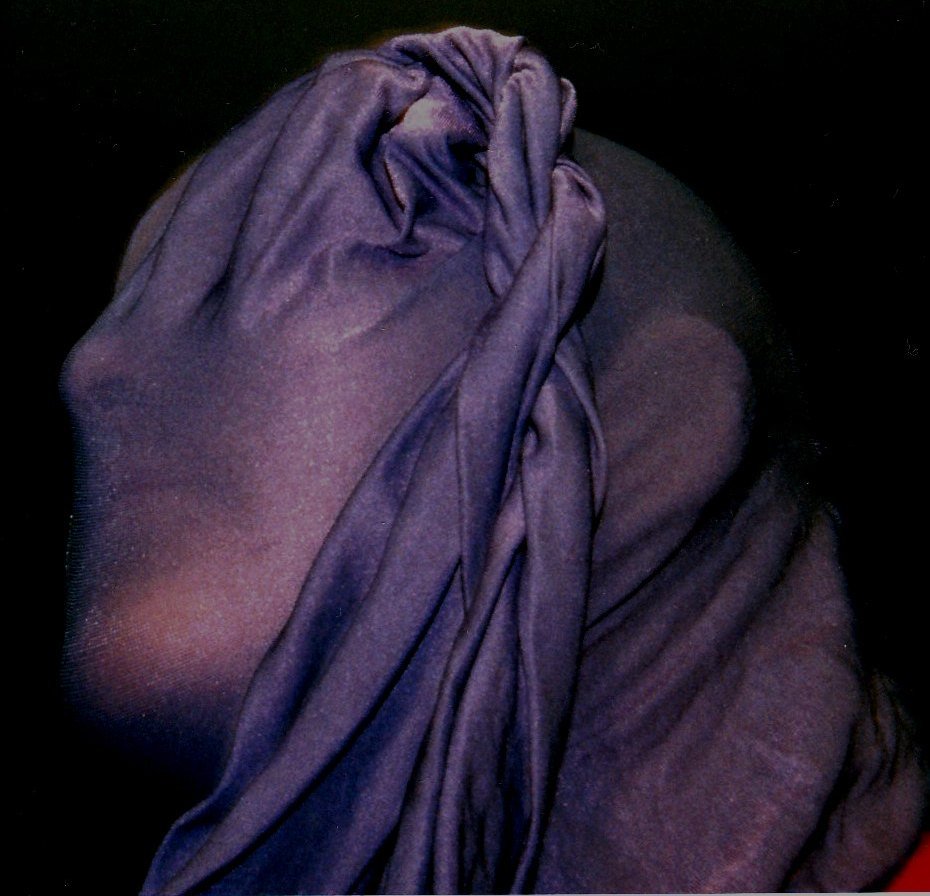
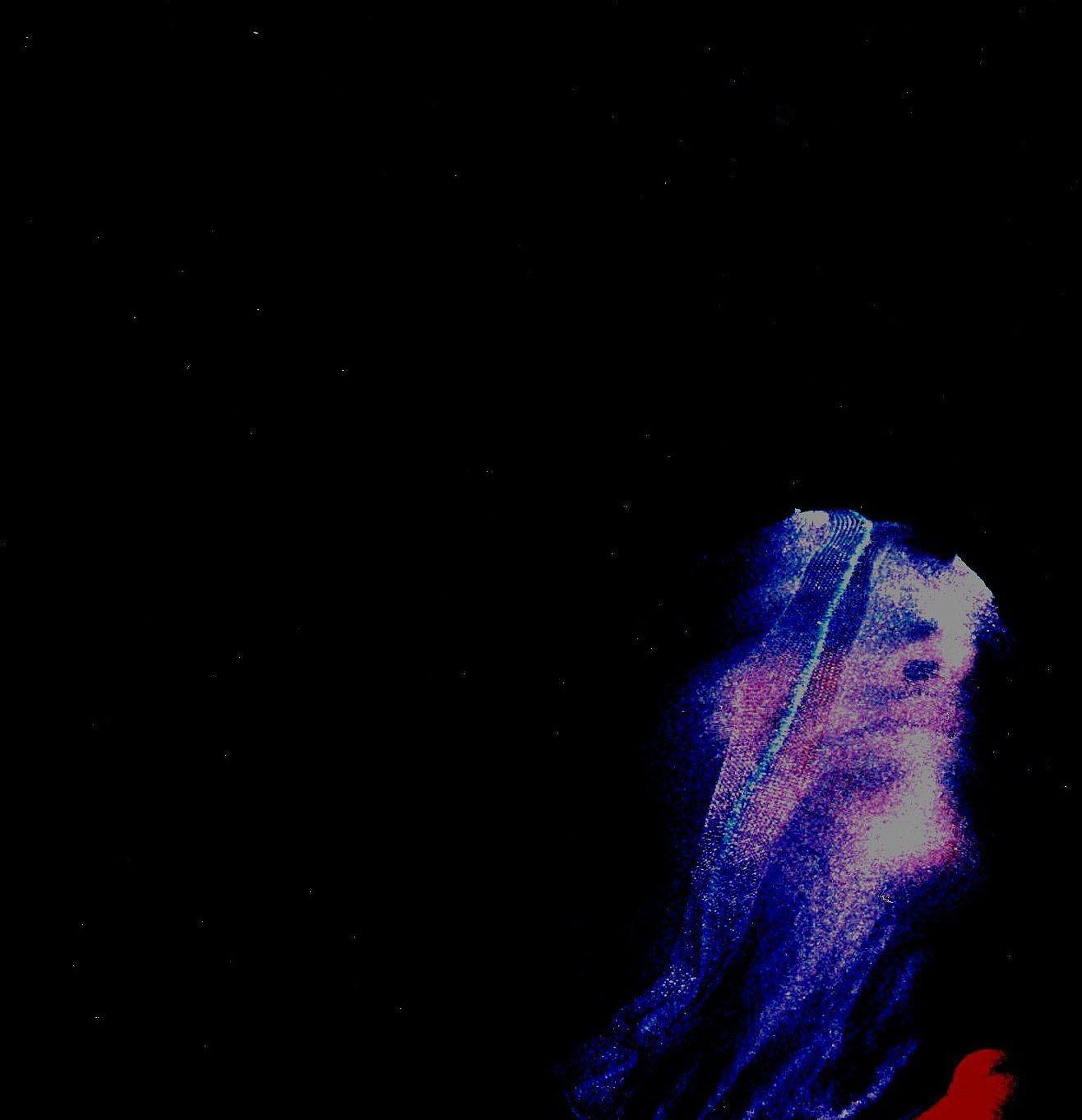
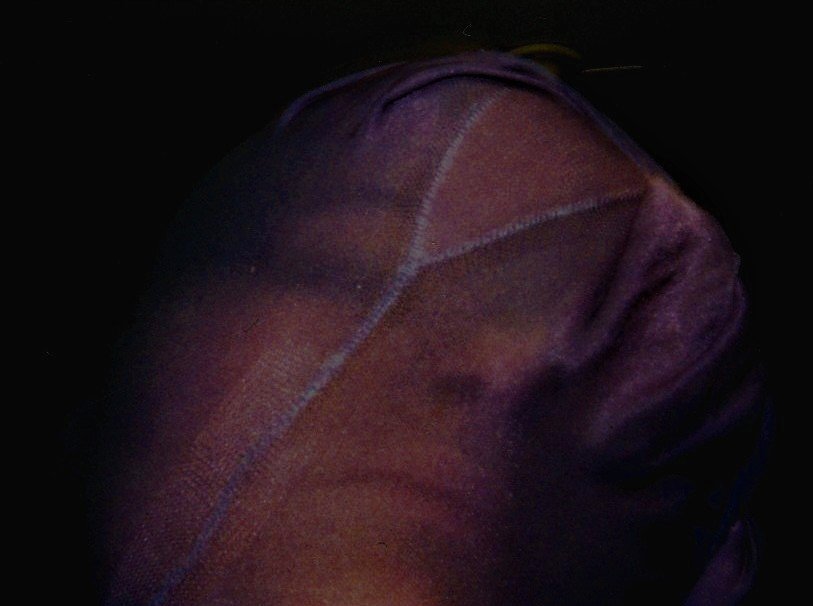
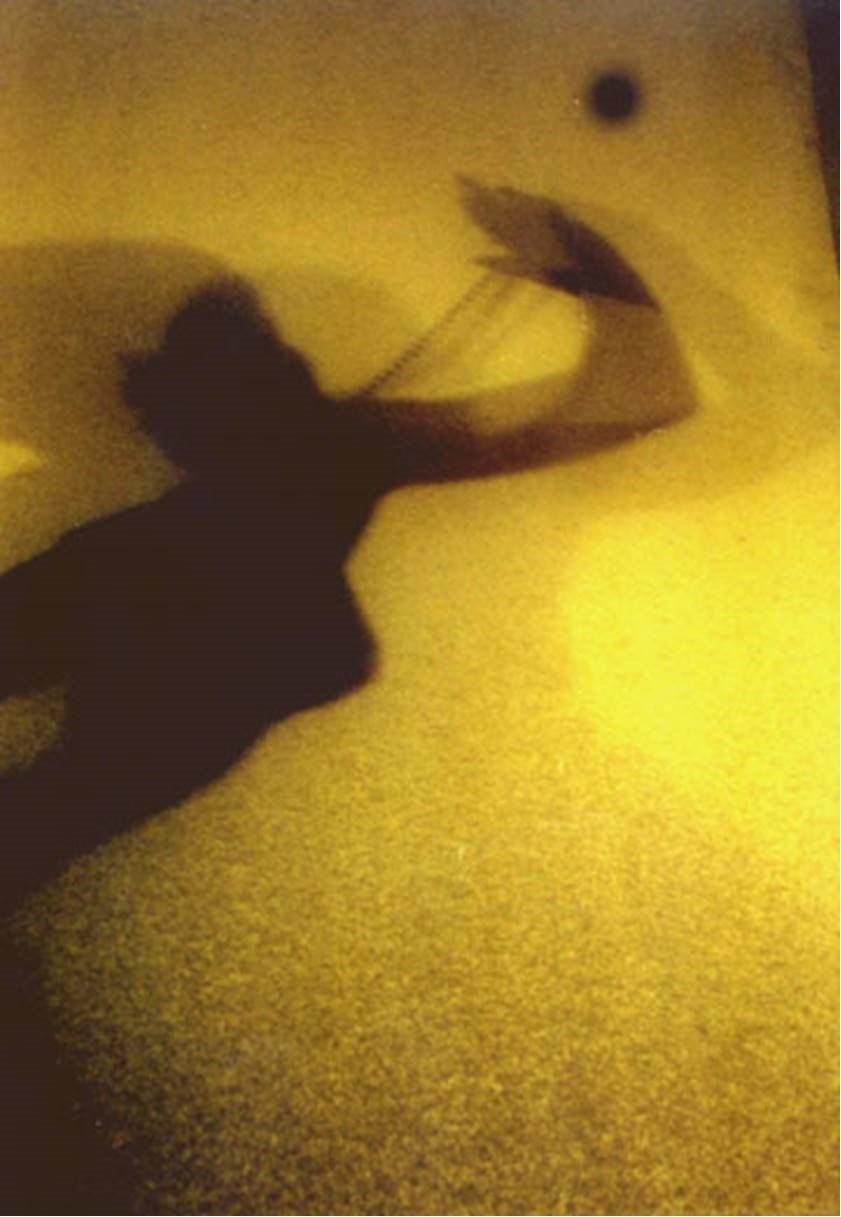
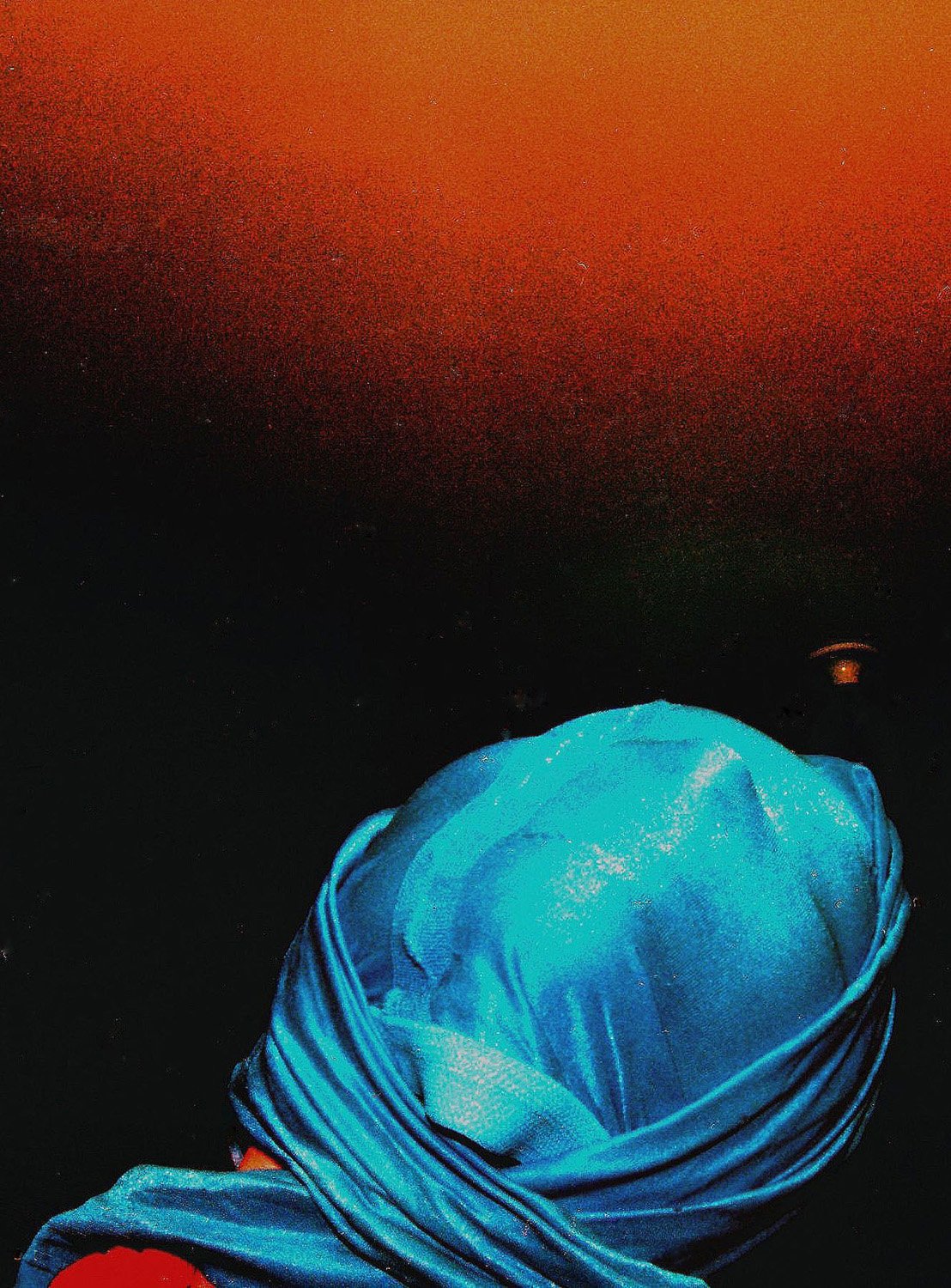
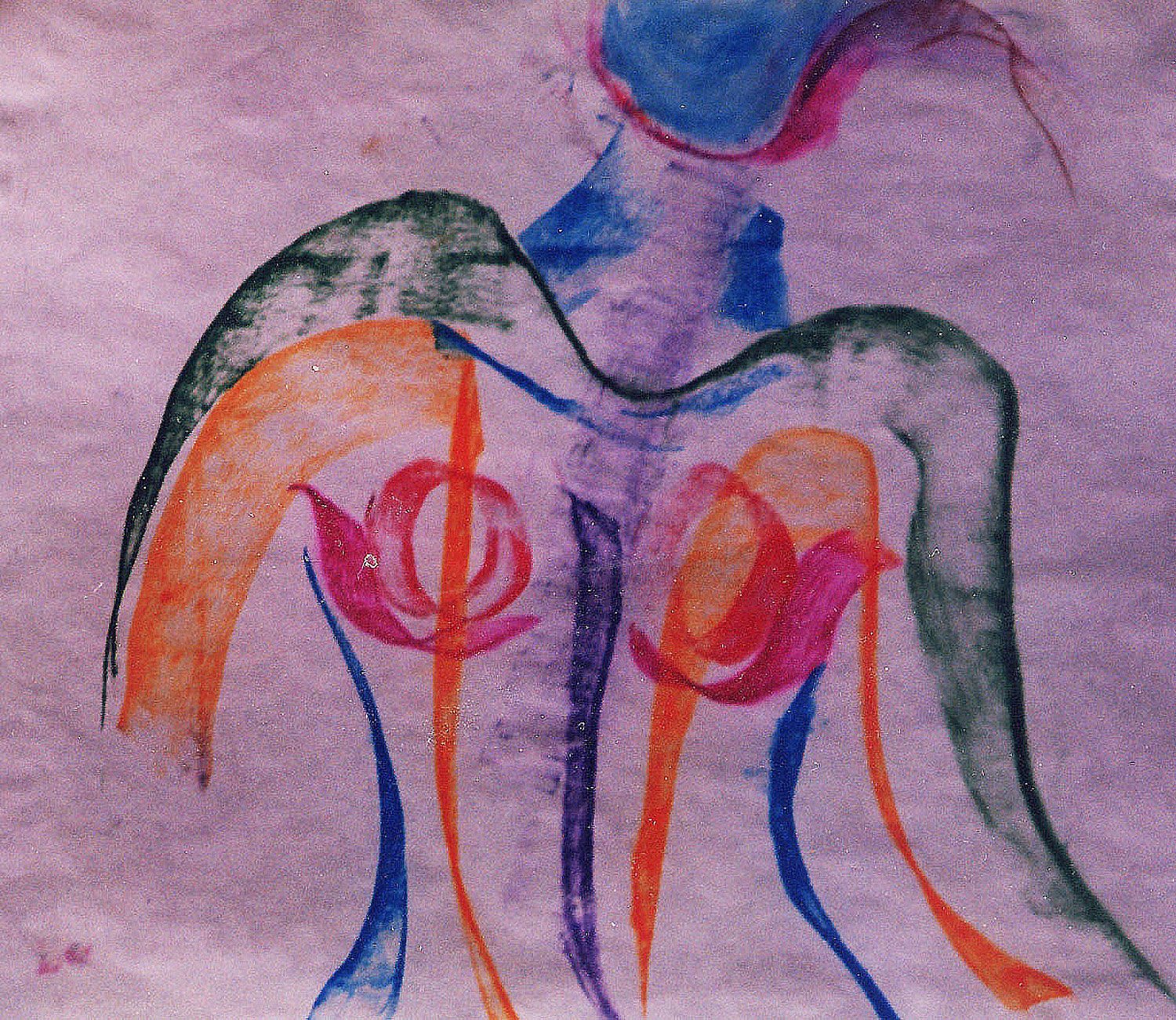
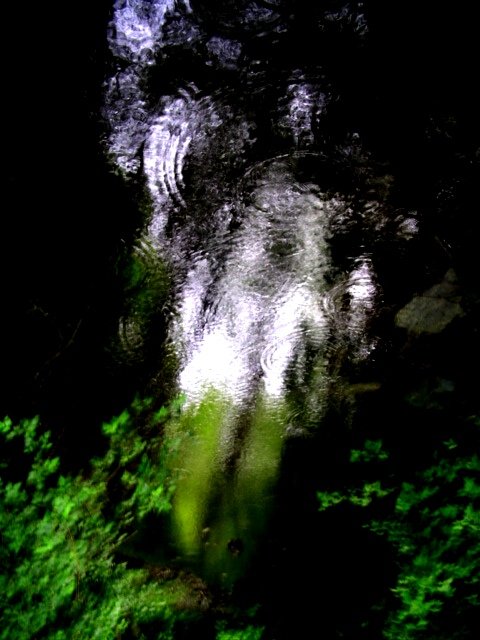
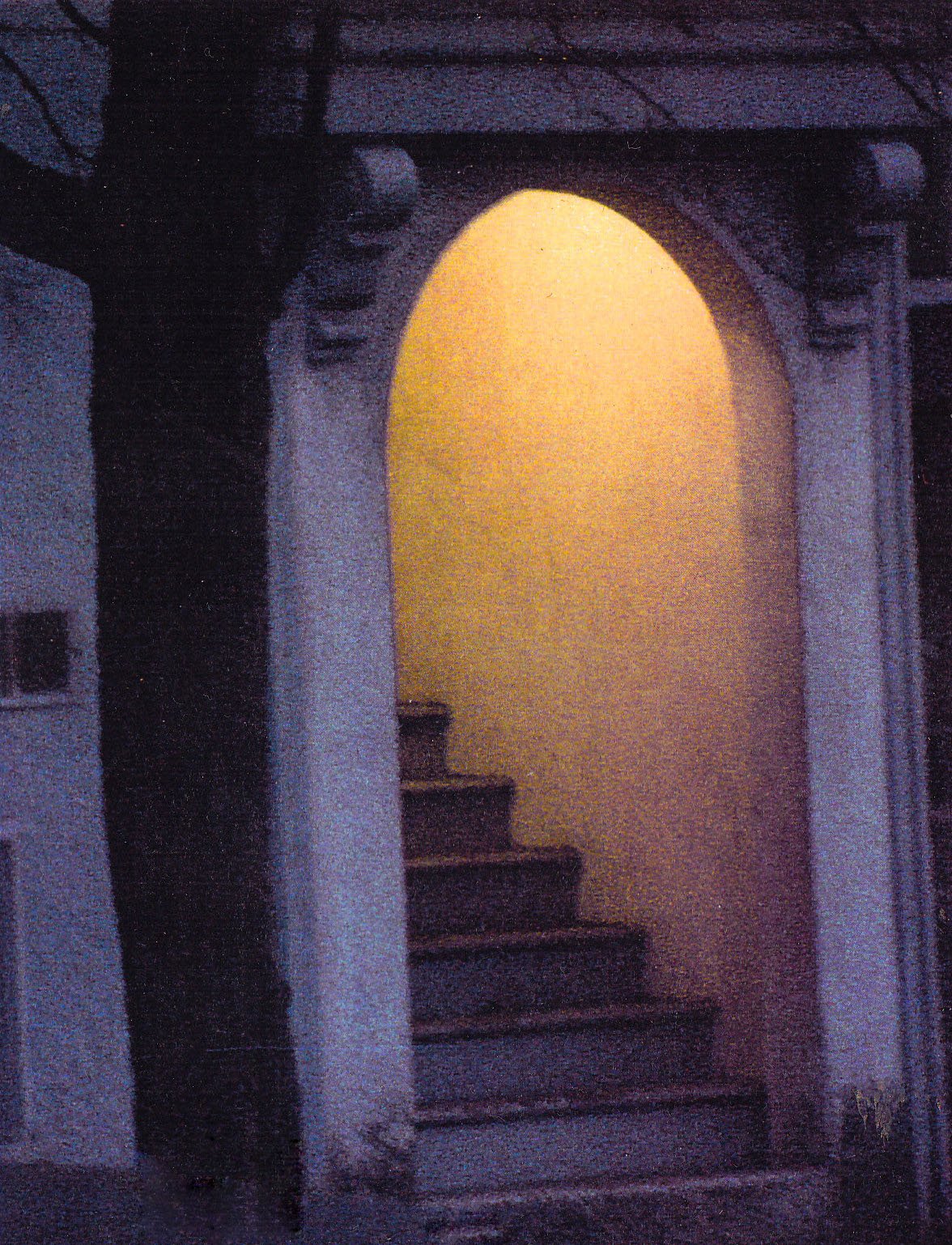
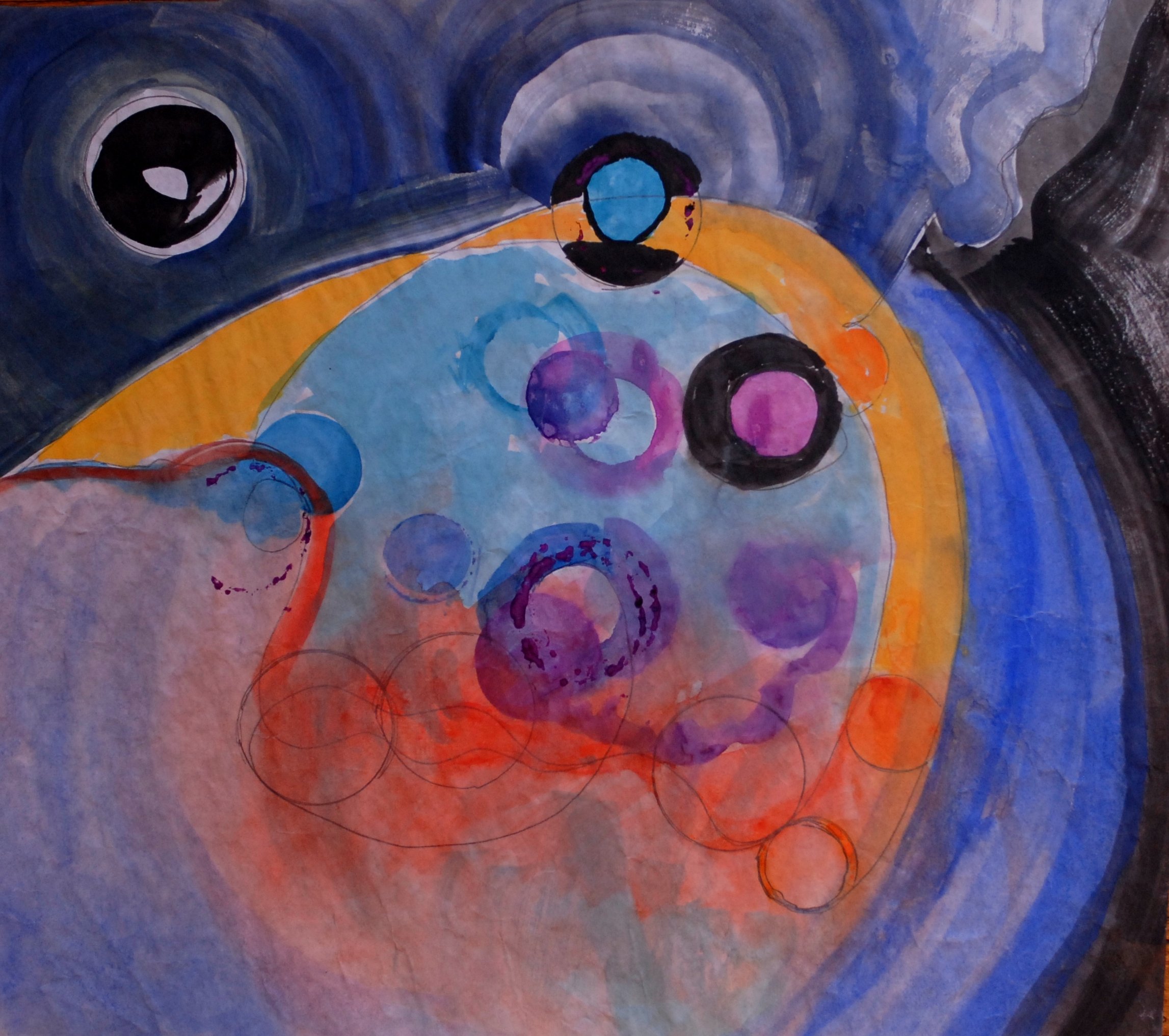
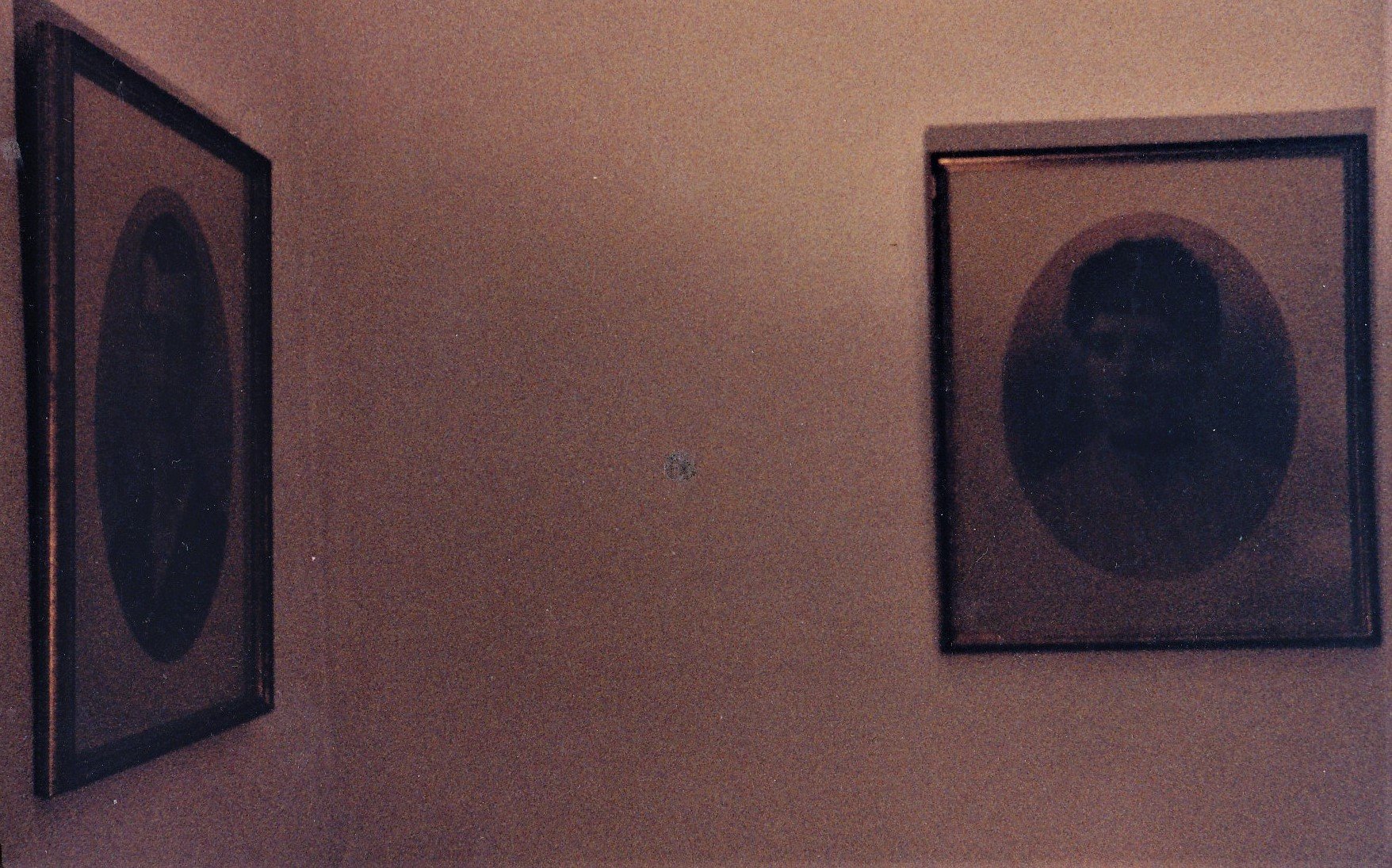
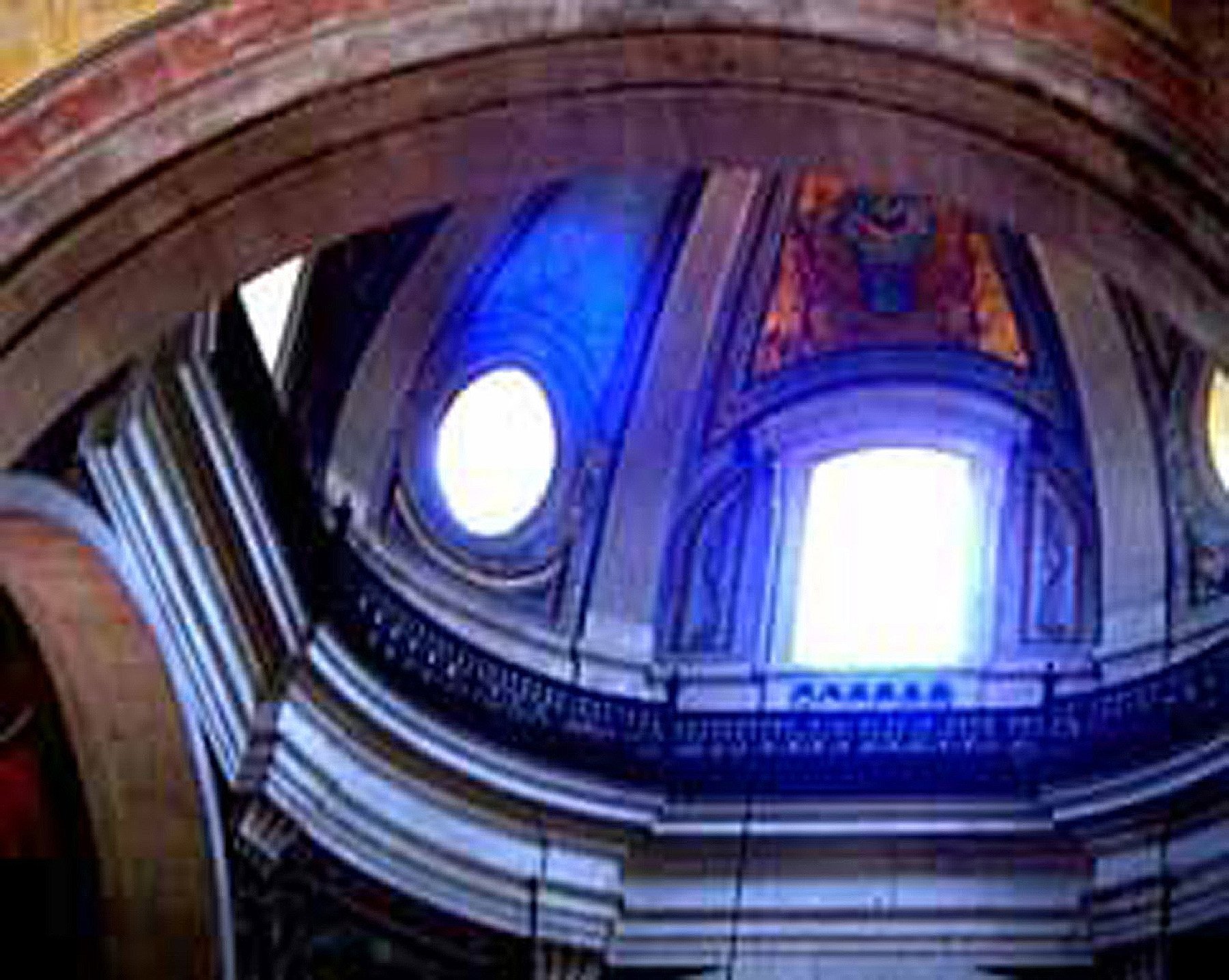
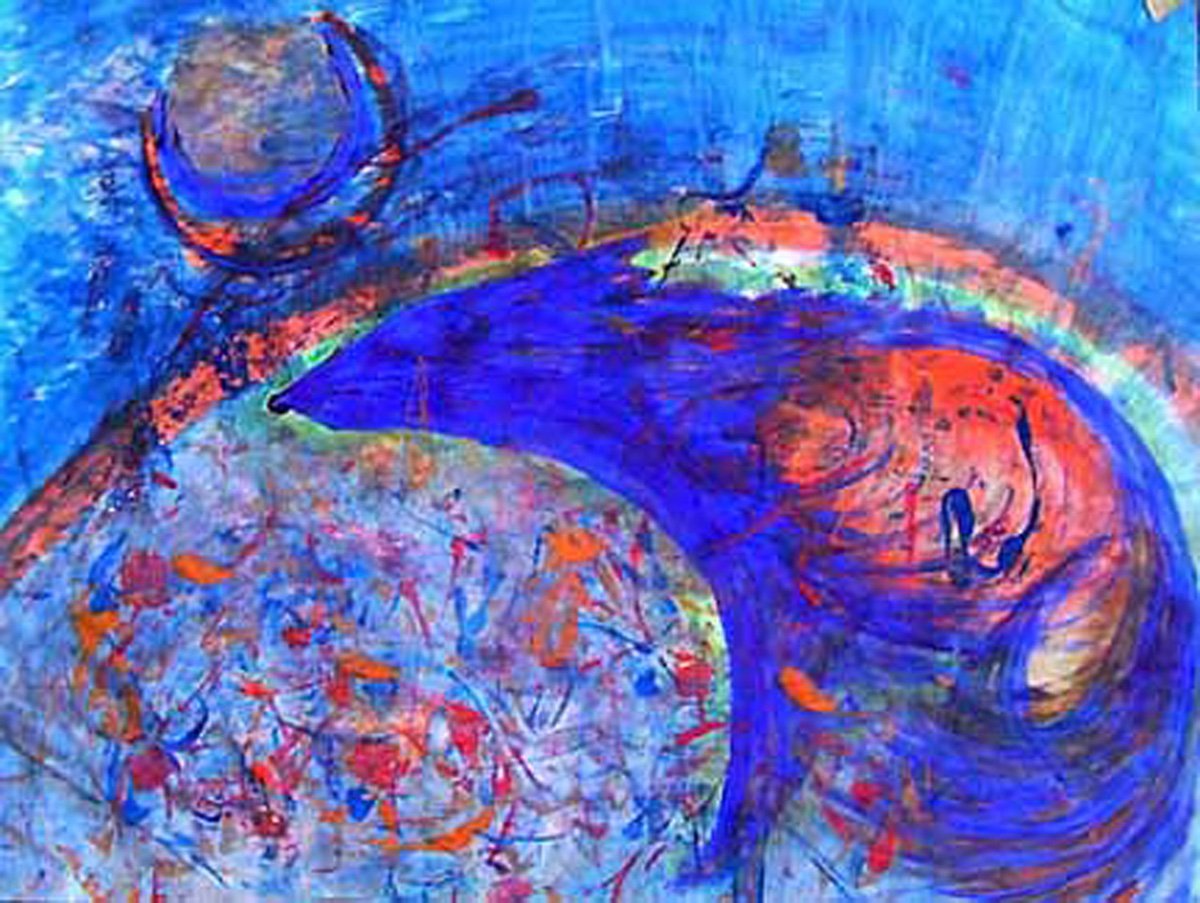

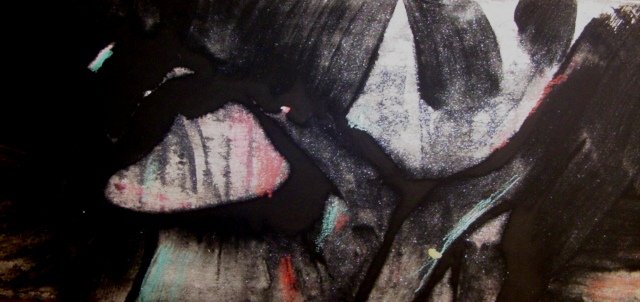
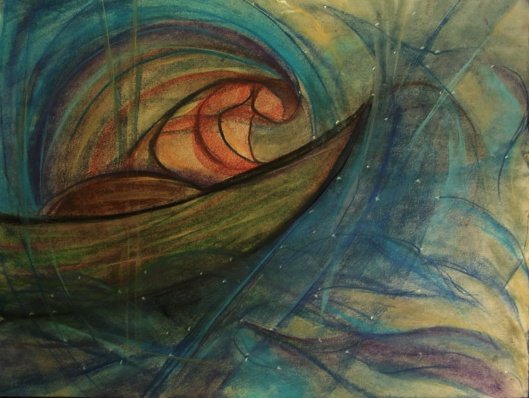
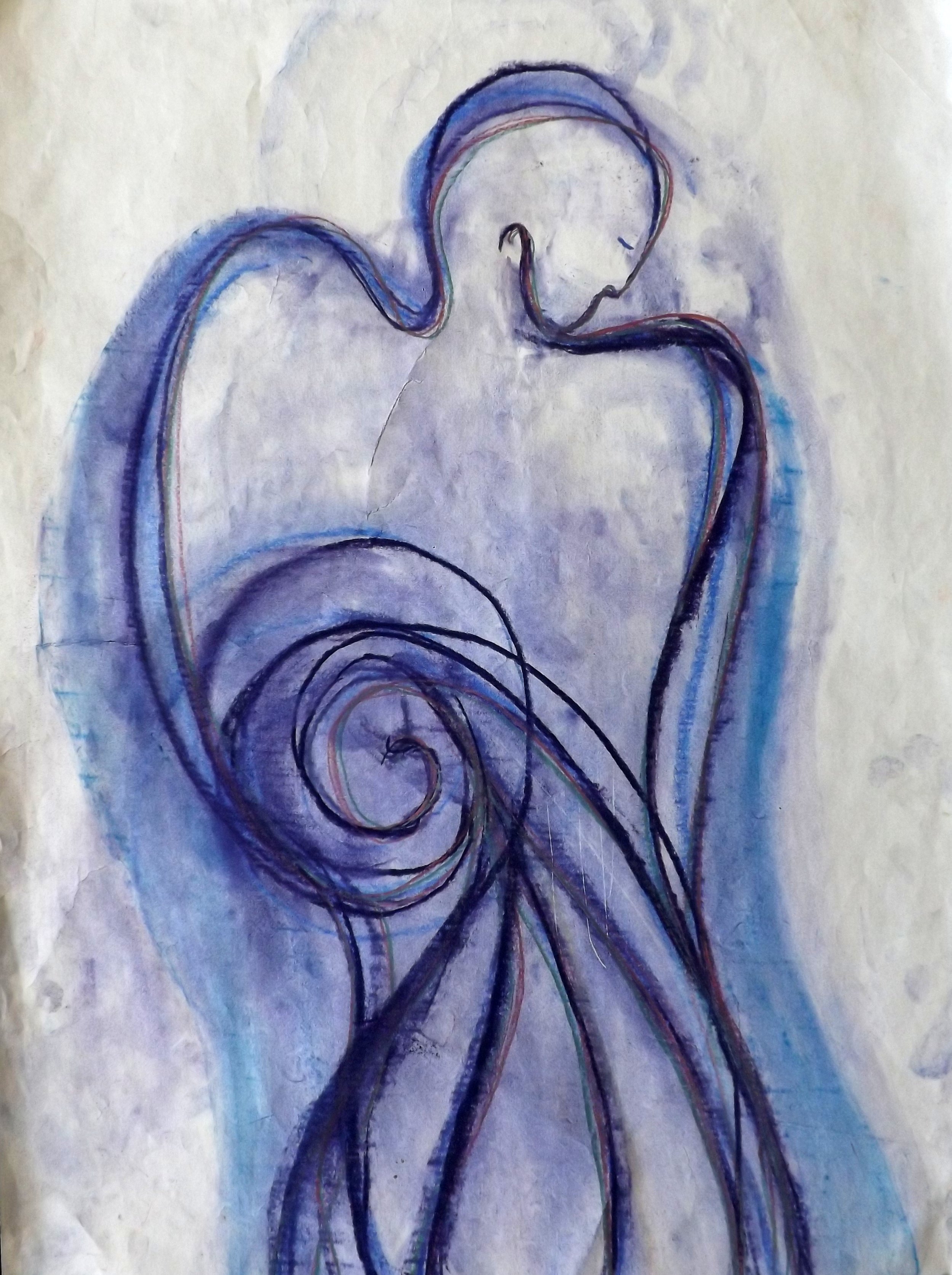
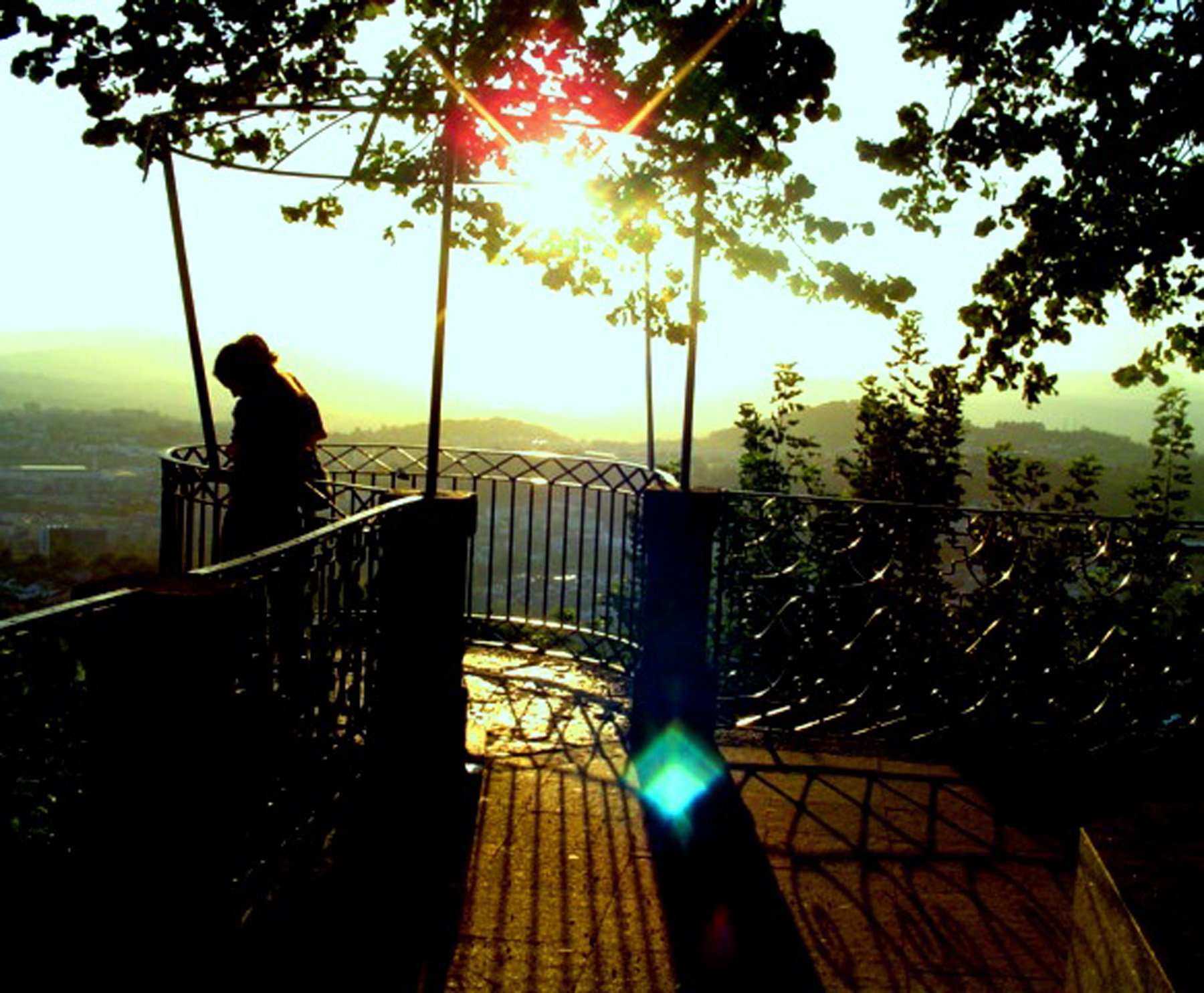
Eyesight and insight - download pdf
Darkness within darkness.
The gateway to all understanding.
Not long after my vision loss, I went on a trip to an unfamiliar city. I wondered, if stepping this far outside my familiar territory would bring me equally as far inside the uncanny interiority of my blindness in a way that might offer some insight into how to navigate this treacherous terrain. Somehow my body knew that this extreme move to the opposite pole of my predominant present reality (blindness), would stimulate the transcendent function in the psyche, engendering a third middle path. It felt almost like a trick the unconscious was letting me in on, as I really didn't know how else to be this new blind self.
Where was I? Inside or outside of myself? Was this blackness surrounding me or in me? What was it leaving me out of? Or what was it leading me out of? I was terrified of this dark interiority, this experience of endless Nothing around me. I needed to extend this dark interiority in a manner I had never done before, so that I might discover its seed, the deep intention psyche held for me. I wanted to twist into the inside, outside polarization itself. So I waited on images, feeling into the subtle flickers of this foreign sensibility, this “otherness” blindness offered.
Figure 72 Psyche’s Seeds
I had previously taken for granted my ability to stride into the landscape in front of me so blindly while still fully sighted. Now I was entering this gap between intention and extension, the very liminality of my own subjectivity. I needed to leap into this mythopoetic landscape in order to close this gap ironically, by entering into it. Here I was the dancer, the liminal figure, my body the alchemical Klein bottle taking up the call for the archetypal activism to craft a spiral lens that sees beyond seeing, crystallising images into insight. Wanting to shape symbolic processes into embodied images I could see, I felt for my camera. The camera is a small symbolic version of the Klein bottle, (symbolically fashioned after the Klein bottle, the vessel of transformation that vas in alchemy). The camera’s lens is a perfect metaphor for the spiral lens. The body and lens of the camera operate much like a mythopoetic inquiry—holding images inside it's dark body and transforming them into pictures. I knew the camera would surely be the trusty friend it had been for so long while I was fully sighted, now acting as an extension of the budding new relationship of intention.
What was Psyche's intention in this descent into survival mode? My intention was to see, even if my eyes could no longer do this in a manner I was accustomed to. I couldn't rely on those eyes anymore. They were damaged beyond repair and left me facing the unbearable image of no-image. Retinas hemorrhaging, I plunged into the abyss of blur and grey, with no distinct outlines to map out my path.
Figure 73 In the Abyss and Blur
The intention of the blindness, its ulterior motive, was to create new pathways “inside.” Intuitively, I knew this would be done by extension, as the story of my trip to an unfamiliar city above illustrates. Through extending my blindness into a world I no longer knew, I was testing this intention, it’s seed, life flickering inside darkness. In the interiority of the Klein body—this black place of no image—much like the inside of a camera, the spiral lens was being crafted.
Figure 74 Wounded Retina as Black Sun
How did my mind miraculously bend all those things I could no longer see into shapes to play with, to become the space of creativity that I inserted myself into.? The seed of blindness began sprouting images within the very gaps my eyes presented to me as Nothing. Without my knowing, these gaps were morphing into possibilities, no longer just holding the deadness I was so terrified of. Here Psyche’s ulterior motive of vision, moving from eyesight to insight—from the little to the symbolic—was unfolding. A mythopoetic eye was beginning to open.
So with my friend, the camera and my love of image I played. I flew into the gaps the intention of my blindness had created for me. I entered the uncanny. I could not fully understand what mysterious intention my body in intuition were speaking of through this blindness. But I wanted to know if it's wisdom, so far from my immediate experience of being blind. I had no idea what might reach into those traumatized places my retina now held like shocked babies.
Figure 75 Baby
I did not know how my mind bent light and shapes for this soul-play, but my body knew something. I had to stride into those gaps, into those uncanny spaces of nothing/anything, not knowing where or even if my leg would reach a spot for my foot to land, some solid ground. I had overwhelming fear that this leg extension would simply throw off my balance completely, finding no horizon line to orient me. No horizon.
Figure 76 No Horizon
I am still unsure of my footing. A friend once confided in me that she could not “see” my blindness until one day she noticed me pausing briefly upon entering or exiting. In. Out. A “stop” my blindness offered. A pause as each step entered into or out of a house, a room, from light to darkness, or dark to light, she observed an ever so slight hesitation: a pause for . . . an image, a feeling, a sense of where I am going, where I am; Mapping out new territory with footprints that vanished into an invisible horizon, a new notion of myself without horizons; assessing the intention of body, heart, mind, psyche, and my extension into/out of . . . the next step in life:
I am always situated in the present, on the way somewhere as having been somewhere. Thus, experience is always in the process of becoming. Just when I am aware of things as determinate and thematic, new possibilities emerge on the horizon and the past fades away as more ambiguous.2
This stepping, toes edging surfaces of . . . “Your body will be somewhere,” my mother used to tell me.
I too, could not “see” my blindness, though I knew all too well that my sighted life had faded to black. The leitmotif of my being was now something I would find in an entirely different context. Darkness. What world was I looking to that was looking back at me, that might hold the sense of a horizon? I think of my friend the camera. Was this unfamiliar world looking back at me so that I might…
Figure 77 Cocoon of Blindness
Who do I become in the face of the unbearable, the impossible, the numinous?
“When the soul wants to experience something, she throws out an image in front of her and then steps into it.” 3
Figure 78 Sniffing and Listening
Was this what my liminal Klein body was doing? Throwing out an image in front of her-self and then stepping into it—in her desire and imperative to experience something? Eckhart’s notion of soul/Psyche performing such an act invites me to listen to Psyche’s desire (intent) and extend into an image I could then be (in). I wanted to know the truth of the intention of my blindness, to feel it in my Klein body, so that I could extend my leg towards some stepping stone in place of the horizon I had lost. My phantom vision knew it was the precursor or seed of the vision-maker living in the mythopoetic, reaching back for me to fulfill the intention of my blindness in this imaginal maneuver. This archetypal action, this radical imagining, would re-turn my vision of my world by me entering it, mov moving into the gaps, and embodying Psyche’s deeper intention, step by precarious step.
“In the movement of my gaze from one thing to the other, I do not drop into the invisible.”4
Yet I did drop into the invisible—into those gaps in my vision that seemed like Nothing but absence.
Figure 79 What Blindness Feels Like
I'm beginning to enter those gaps subjectively, to fill them with myself in the manner Meister Eckhart suggests, by throwing and then stepping into an image of herself (the soul of blindness). As I enter the space in front of me which I cannot “see,” I drop into a part of myself that was previously invisible; it only becomes apparent to me the moment I step into it. I become an embodied image of myself in deep time... In this moment, I am not lost in absence because I cannot see myself. Rather, I am embodied in Psyche’s intension/extension, an embodied image that is Psyche’s intent. I am an embodiment of the imaginal world that I can now enter. I have always been a part of this world. A deep re-membering is taking hold here.
I step into this previously invisible image just in time for me to land. I am in the image I experience as “me” in this moment. I am no longer lost. From inside this threshold of Psyche’s image, the horizon is nothing other than myself/Psyche, imaging/embodying the future entering me in order to be transformed. And in turn, this imaging itself transmutes my image of myself as separate, invisible, absent. Rather than experiencing nothing but emptiness in the gaps—the absence of my vision and the absence from myself—I can feel some other form of consciousness coming into being. Einfuhlung. This offers me a sense of an alternate selfing emerging. It feels as if a connection to the future, the seeds of which I've already been present in my myth are waiting to sprout through the mythopoetic inquiry itself.
A new horizon appears to orient myself in the inner and outer landscapes of experience. The mythopoetic horizon now looks back at me and so teaches me its knowing of the future already inside my being, morphing reflexively through the Klein Body into a spiral lens that sees past-present-future in a moment of deep time— “the immortal present”5. The resonance between this mutually transformative knowing that the horizon holds and the seeds of the future in my body in the present, creates a field of meaning that is revolutionary to me. It is nothing less than learning how to see again.
Figure 80 Morphing Through the Klein Body
1. Lao-tzu, Tao Te Ching, 3.
2. Robbins, “Maurice Merleau-Ponty.”
3. Eckhart, Complete Mystical Works, 31.
4. Ozeri, “Merleau-Ponty on Seeing.”
5. See Jung, Red Book.
“Symbolic awareness combines play of imagination with the distance to observe the inner unconscious process—we and our world are re-formed. Symbol, not yet an image, but more a felt sense of new direction, has an intensity that both pushes and draws us into the unlived life, driving us to live. Dr. Ruebsaat, through her words and art, shows us how to allow an emergence—a new container for life—as we learn to live.”
—Mary Barnes, retired RCC”
“Rarely have I seen the inner dimension of visceral experience brought so tangibly to light as in Mourning the Dream—Amor Fati. Dr. Ruebsaat poignantly, poetically, and with remarkable transparency, explores hidden corners of her psyche while engaging in a dialogue with her readers that supports their own self-exploration. Ultimately, this powerful work of image and soul reaches beyond the realm of individual healing to offer the promise of helping to heal the splits and wounds of our culture at large.”
—Steven M. Rosen, author of Dreams, Death, Rebirth”
“As a person with a disability I found that Susanna Ruebsaat’s journey, as recounted in Mourning the Dream: Amor Fati, resonated very powerfully. The notion of “loving one’s fate, one’s life, in the face of its very mourning,” as she so eloquently puts it, spoke to the bereavement I have felt at the loss of some of my faculties. The three questions she poses that run as a leitmotif through the book:
Am I how I see myself?
Am I how I think of myself?
Or am I simply a way of seeing?
have become a touchstone; a kind of reality check whereby I can take my psychic “temperature” as I bounce through the vicissitudes of daily life. The fluidity embodied in these questions keeps me from getting too locked up in an Apollonian mindset. The fluidity that suffuses the book whereby the actors and the acted upon keep changing places are a liberation that animate the world around me in new and wonderful ways.”

